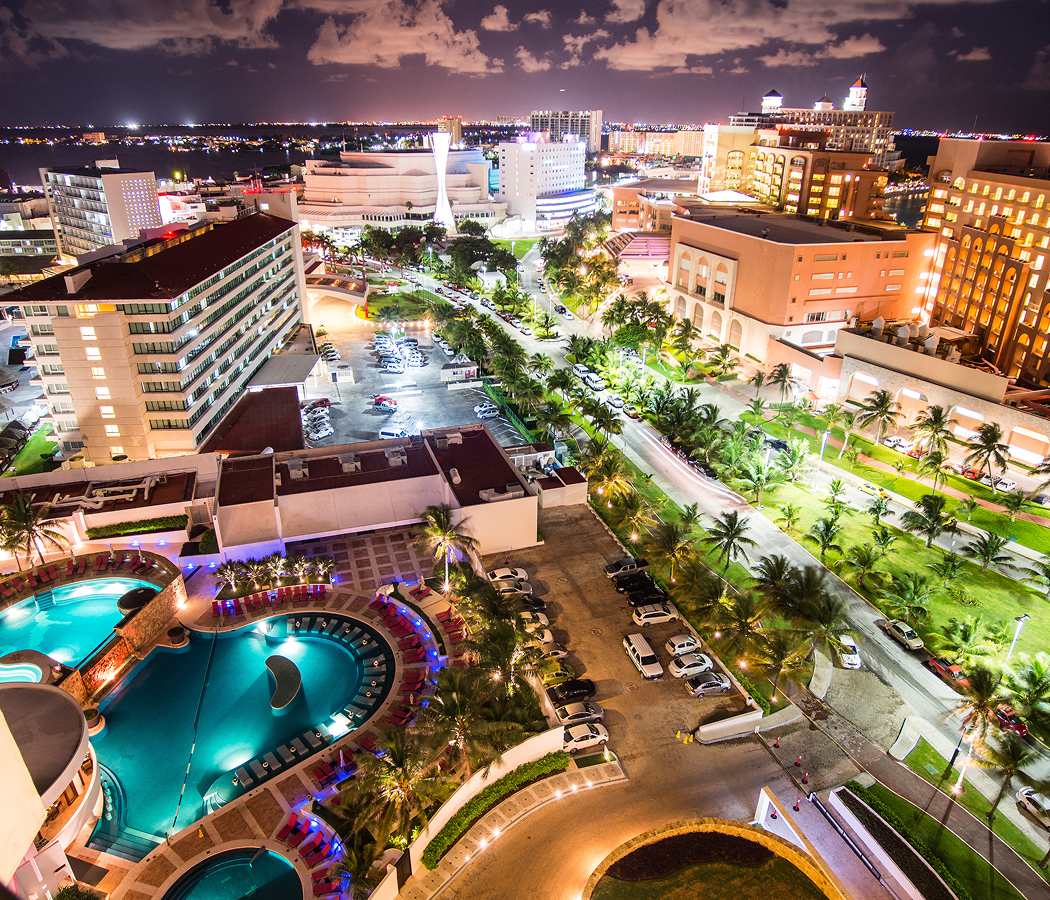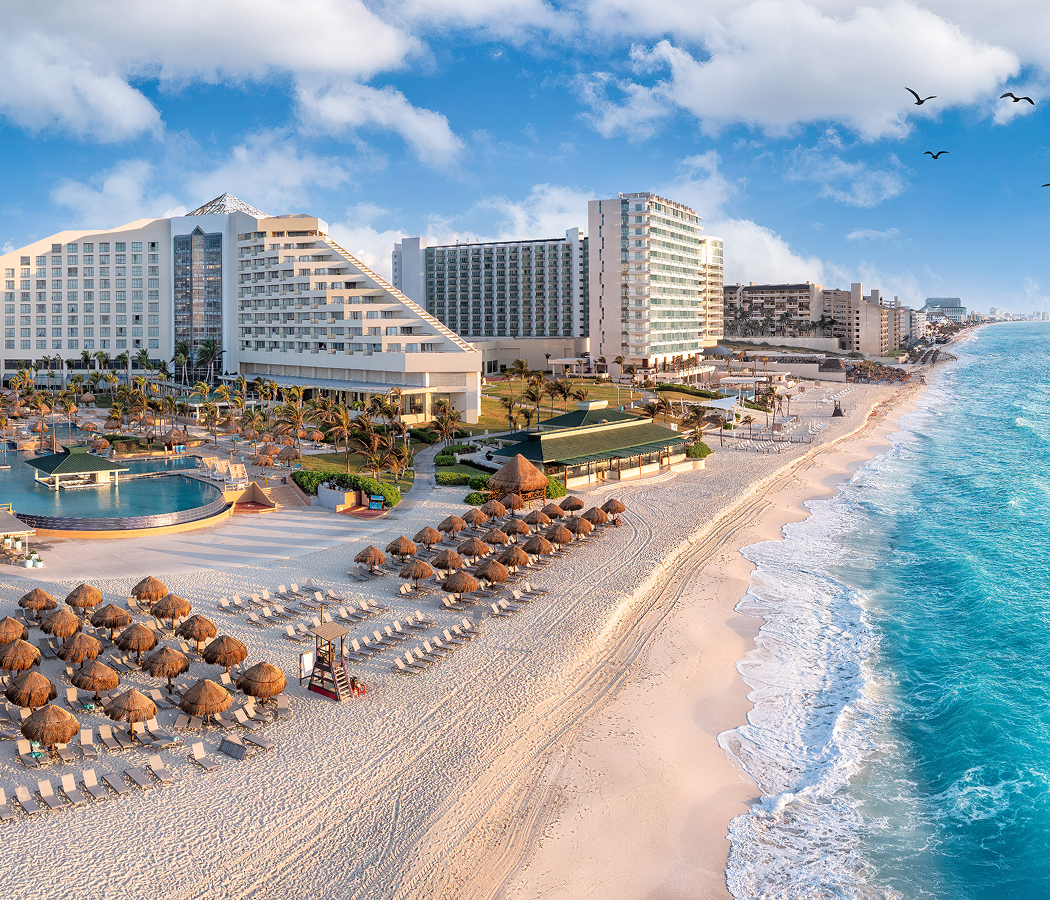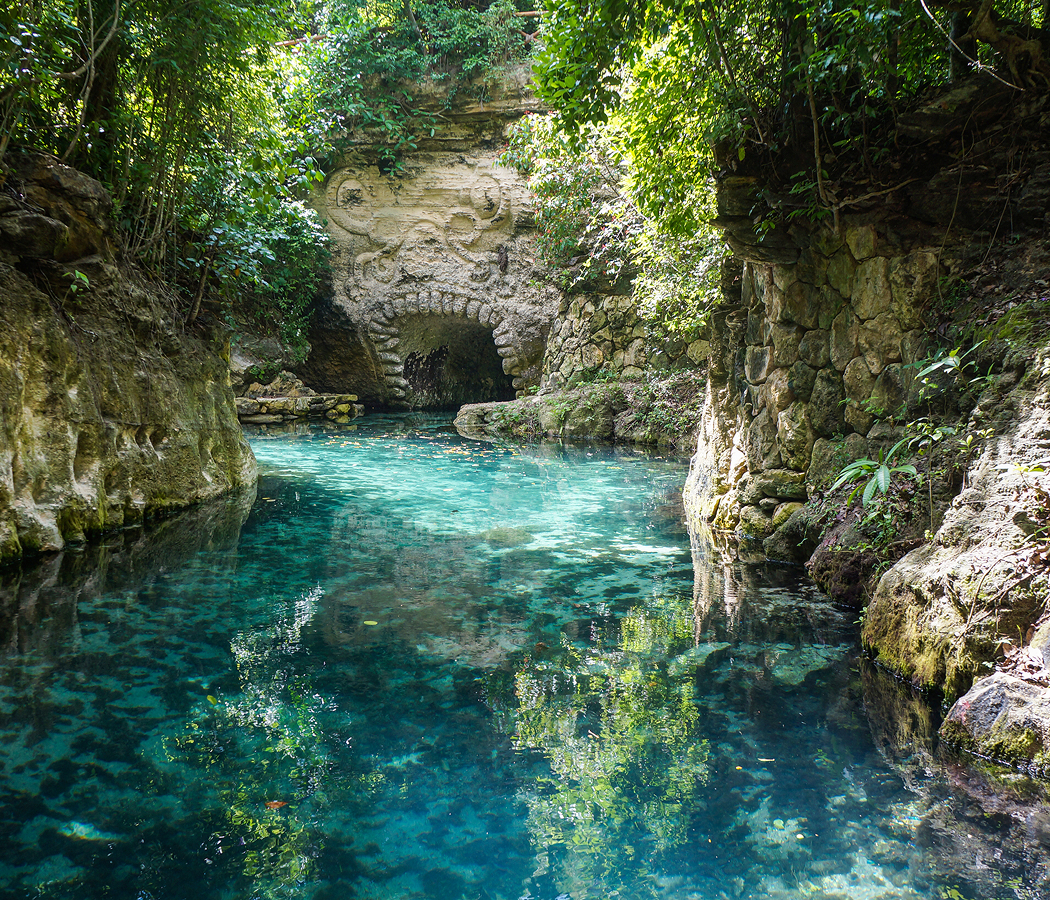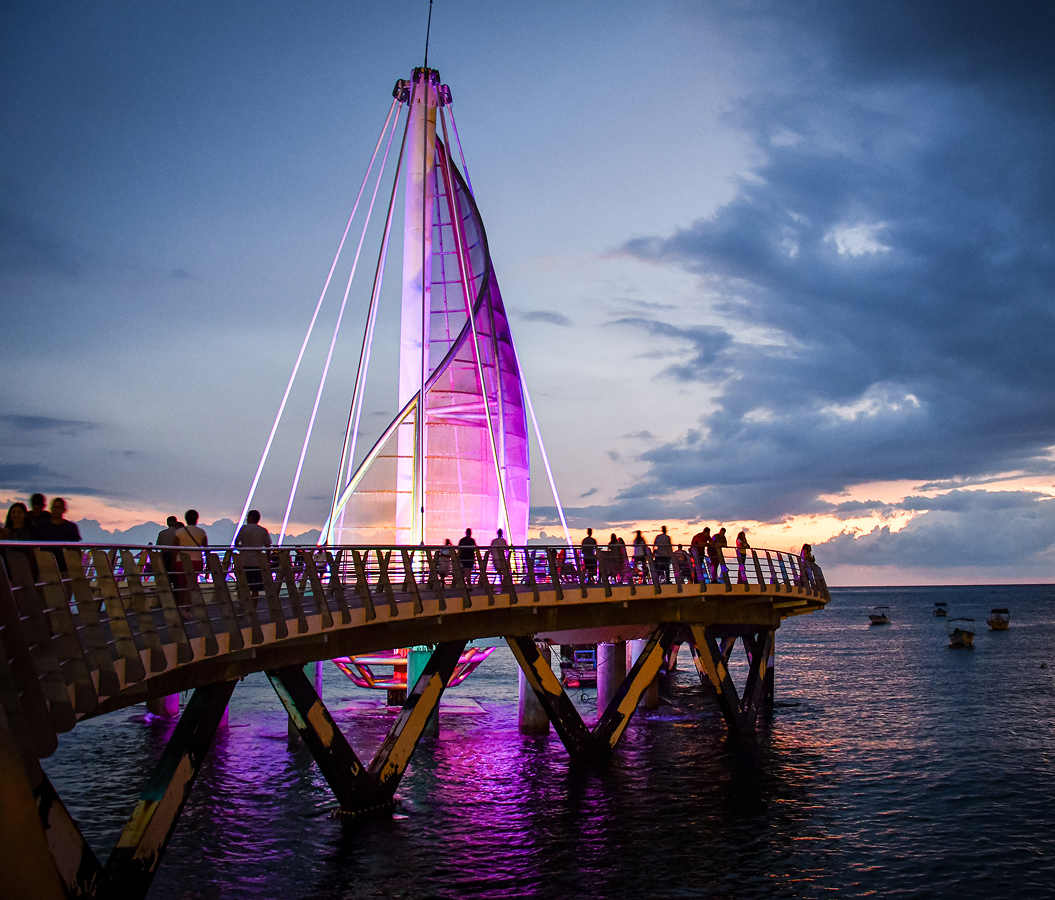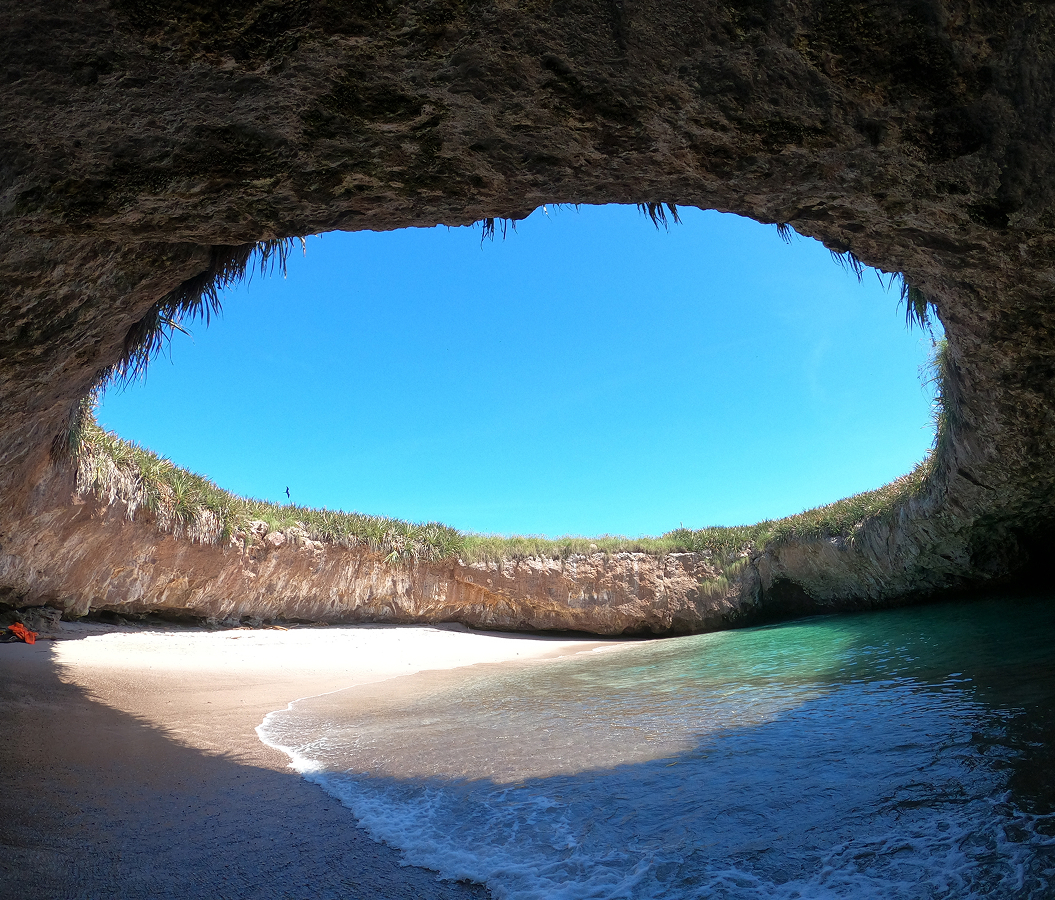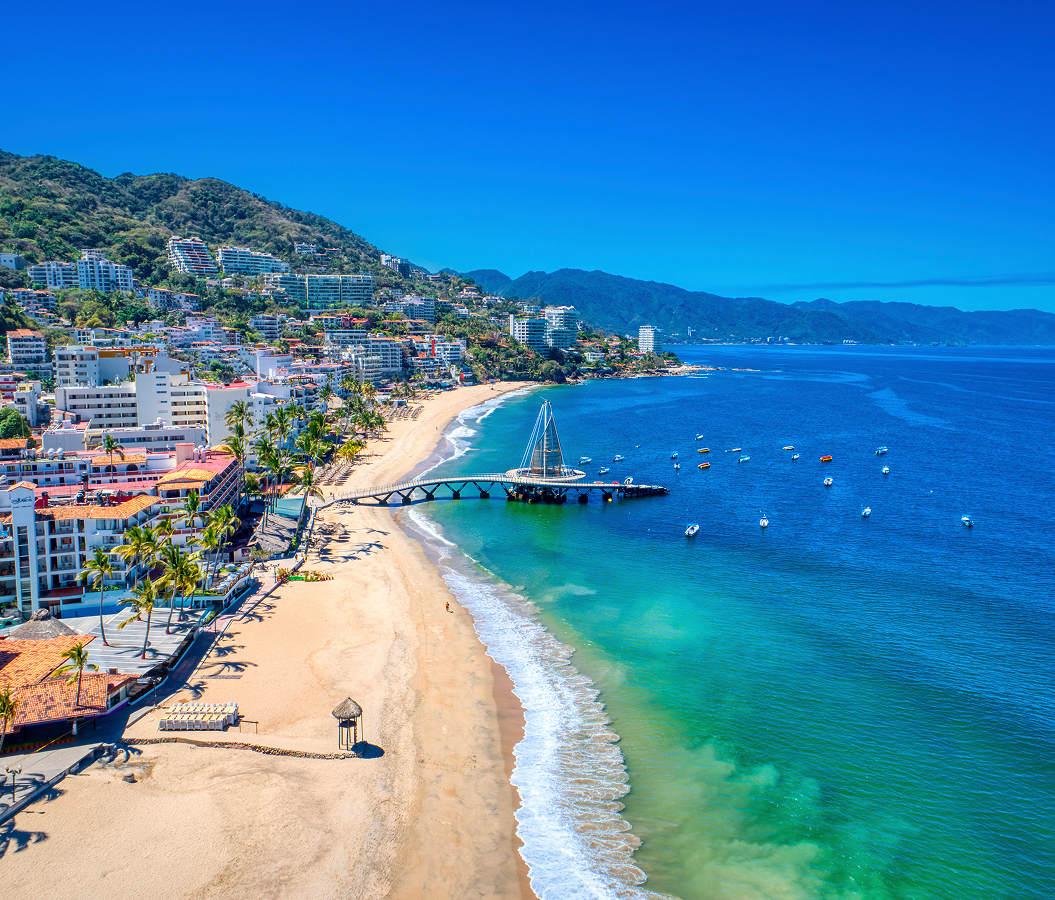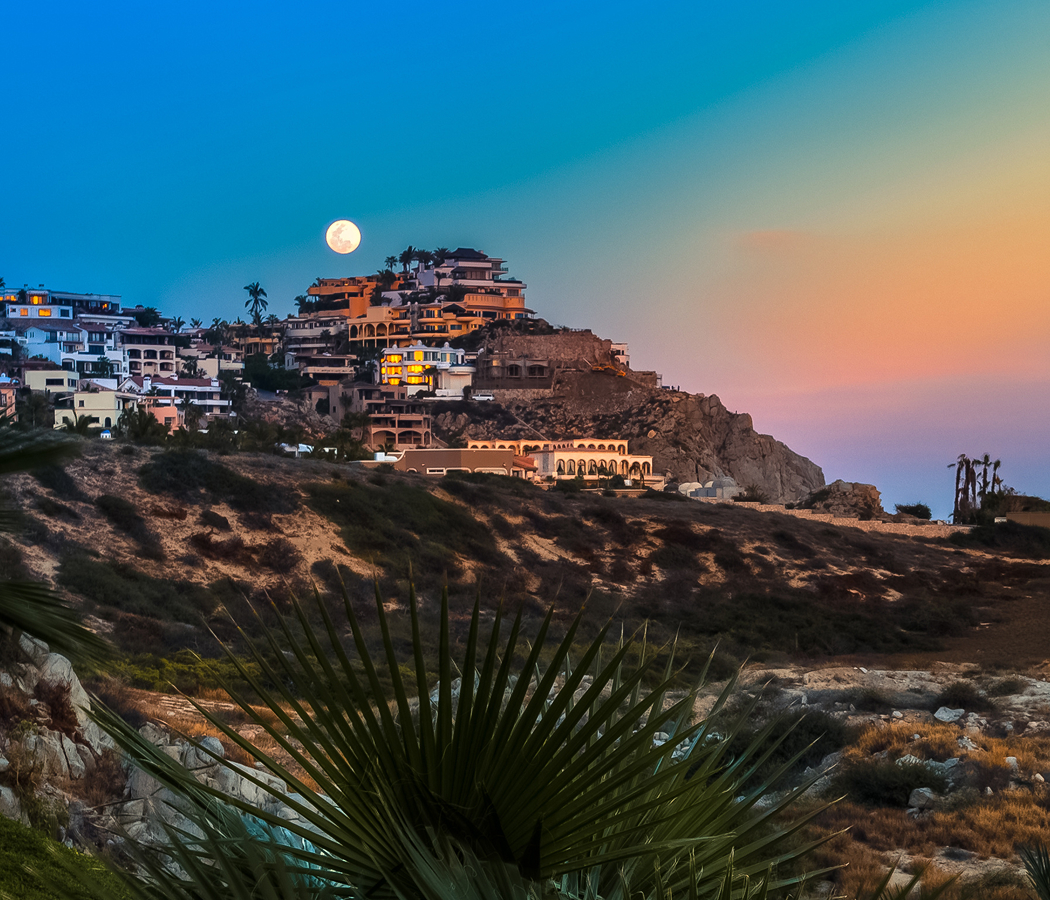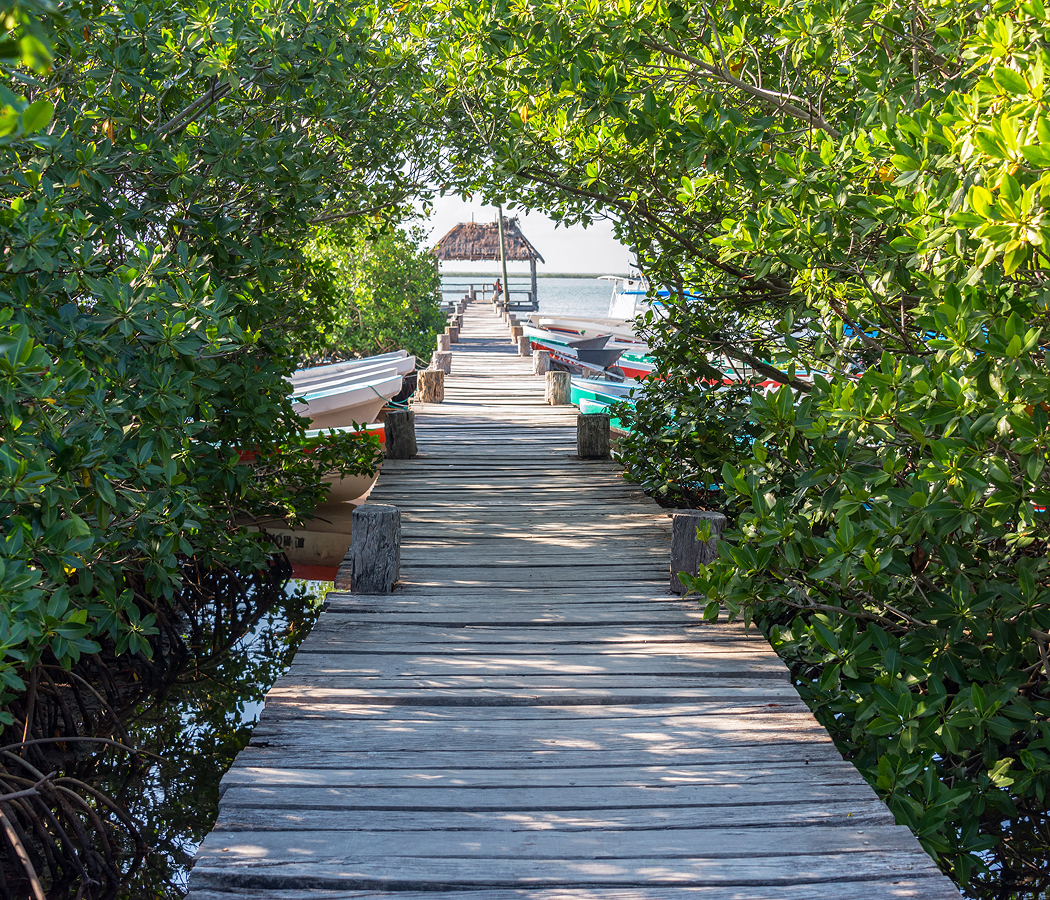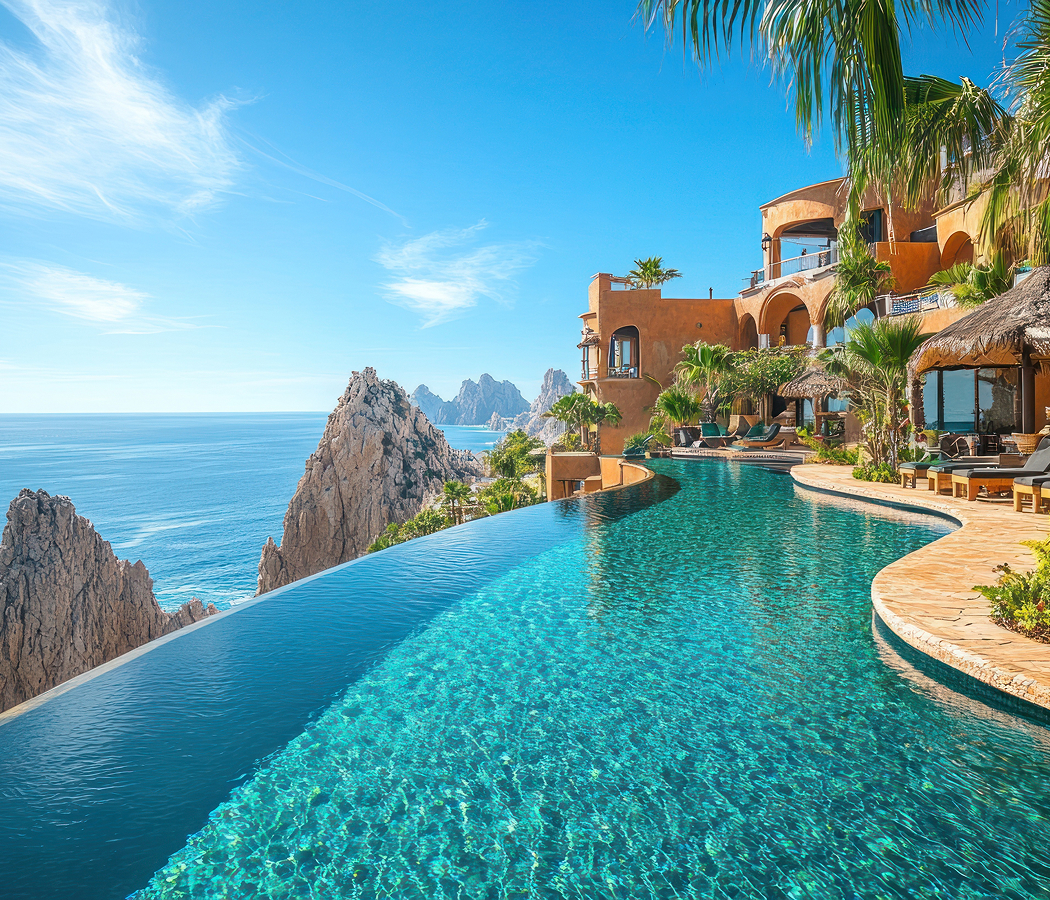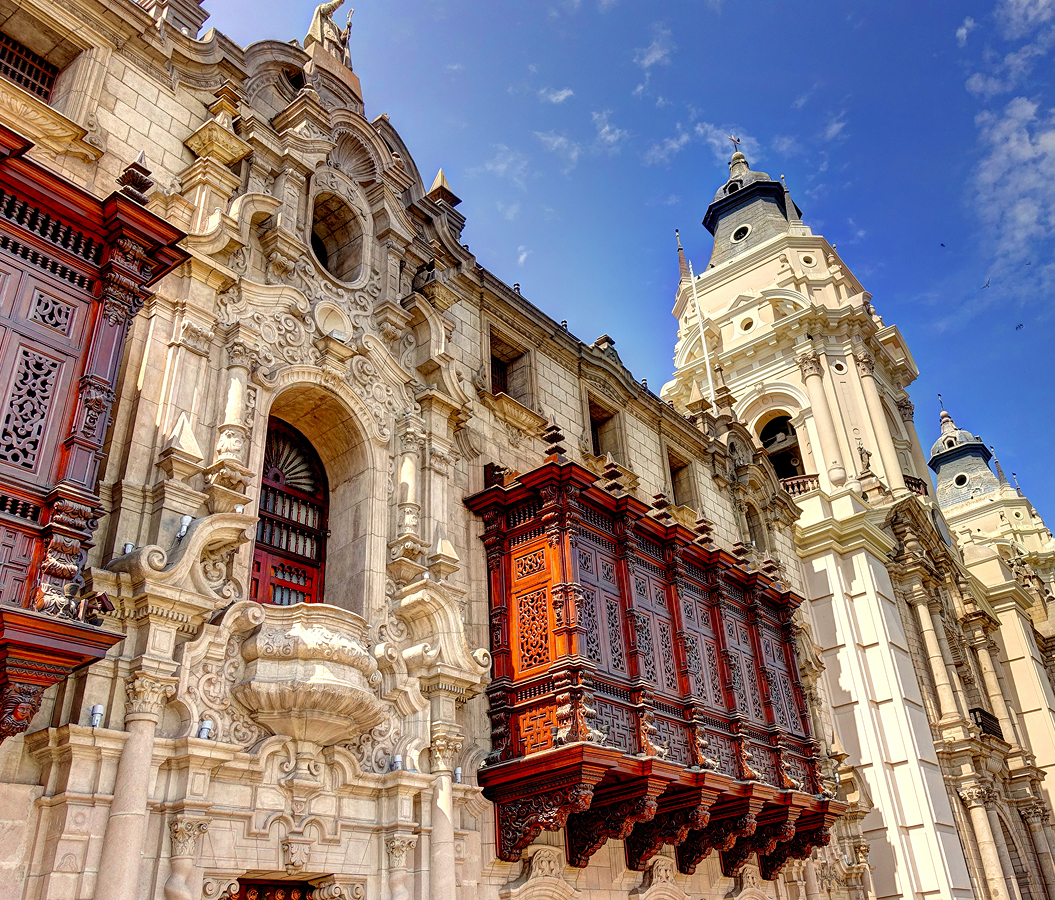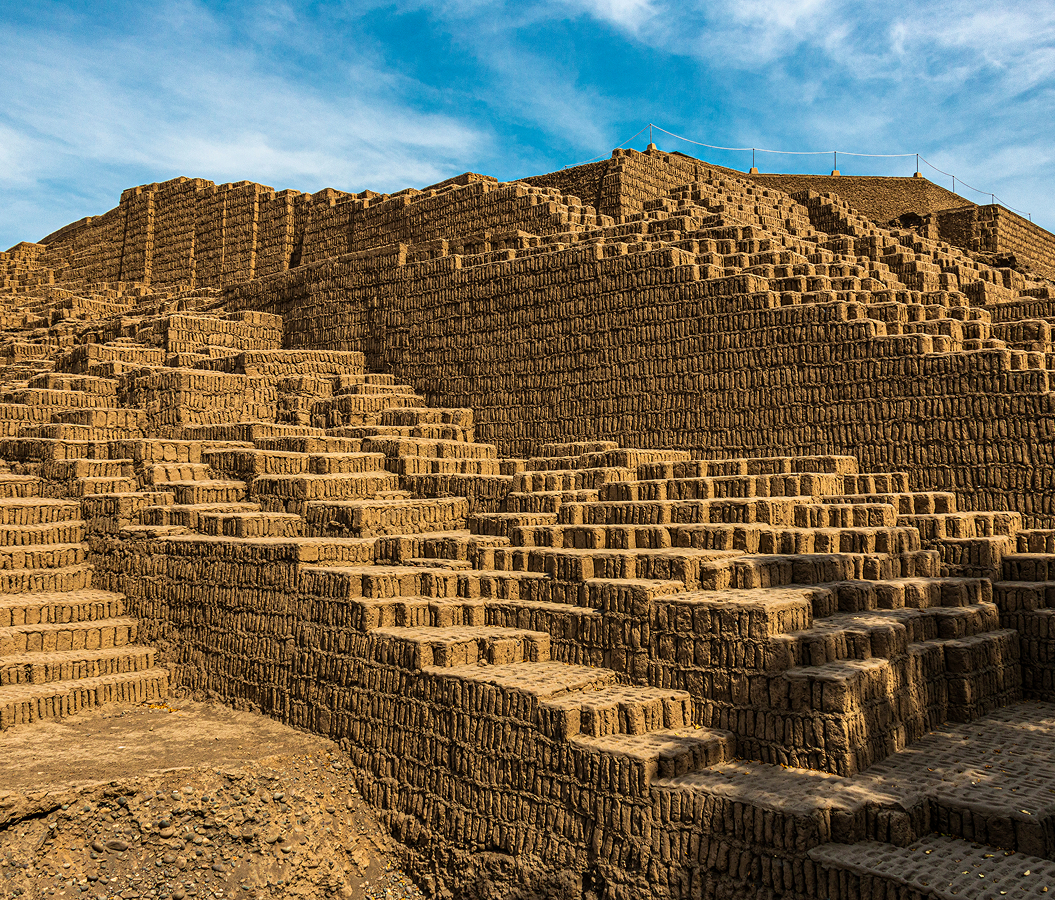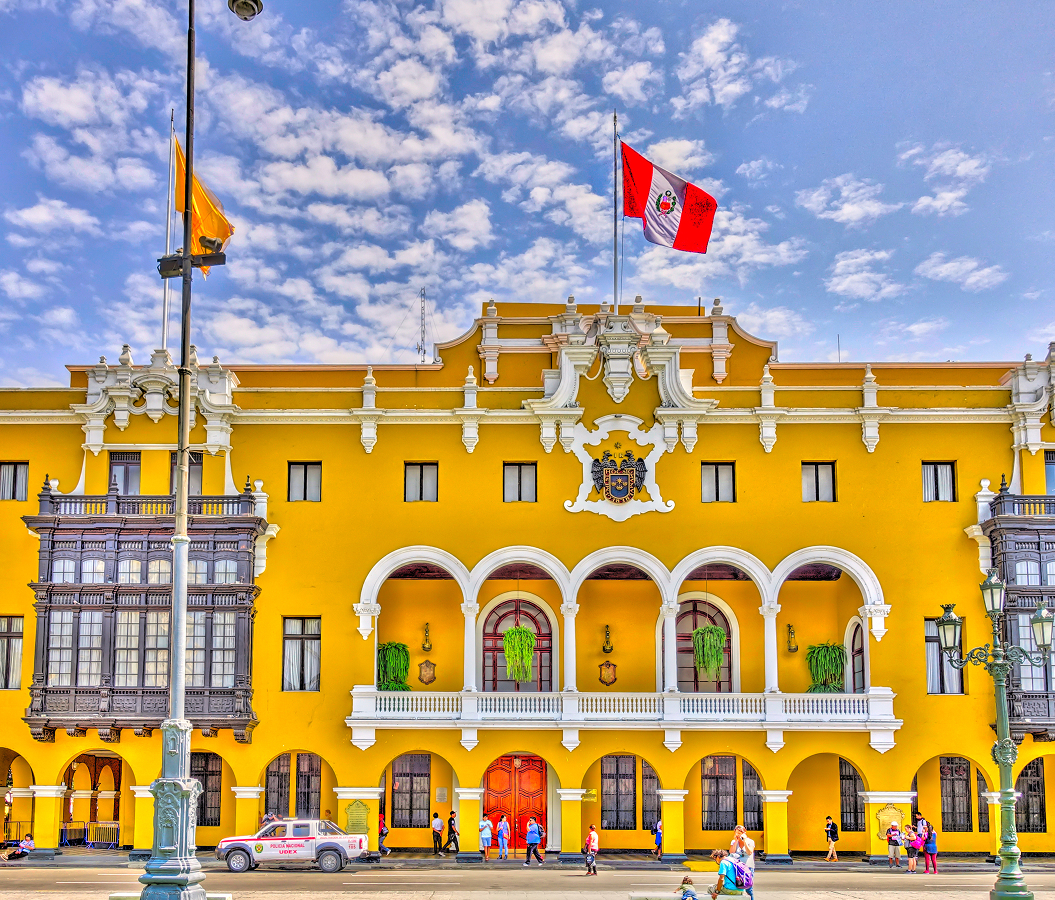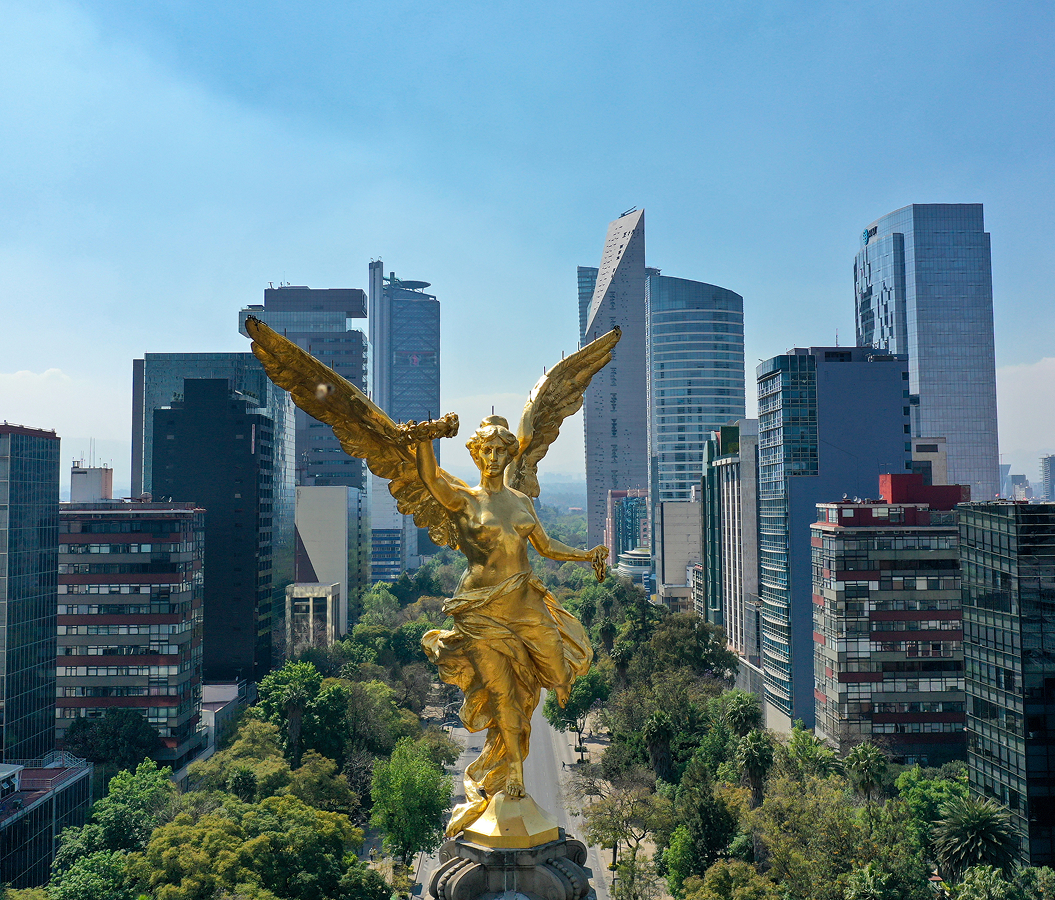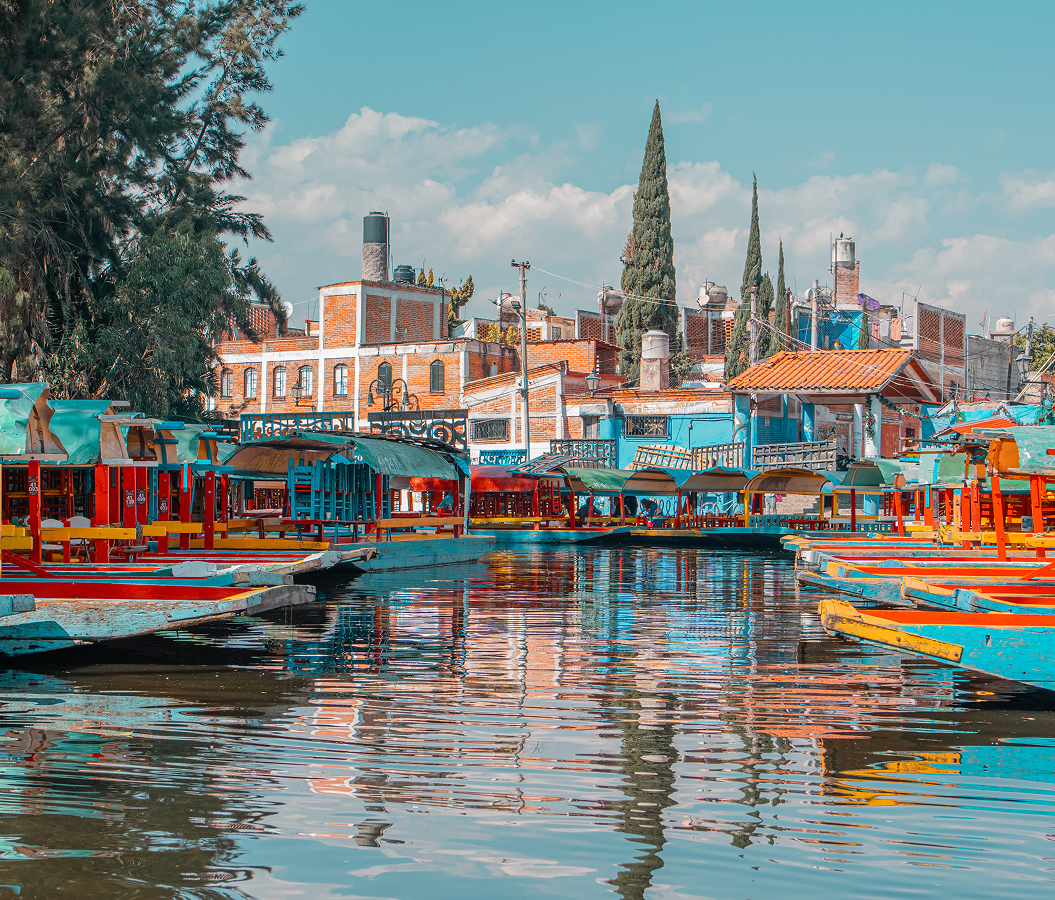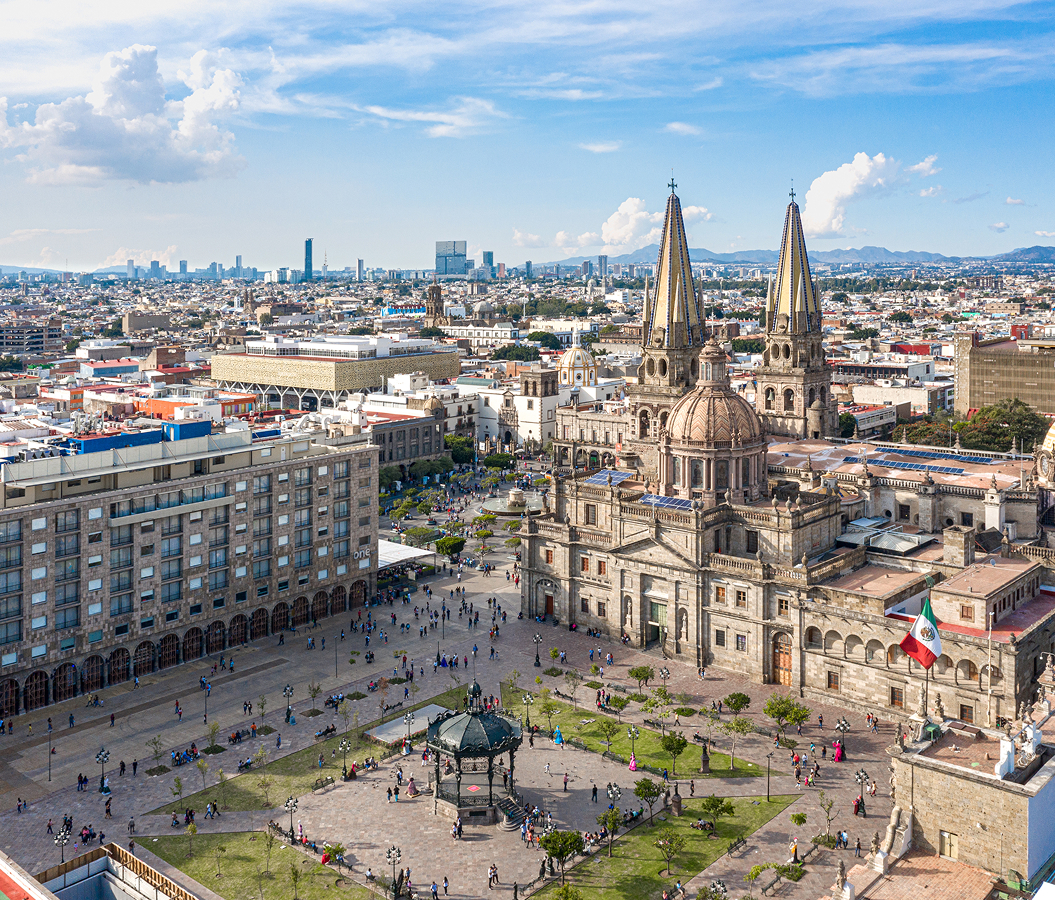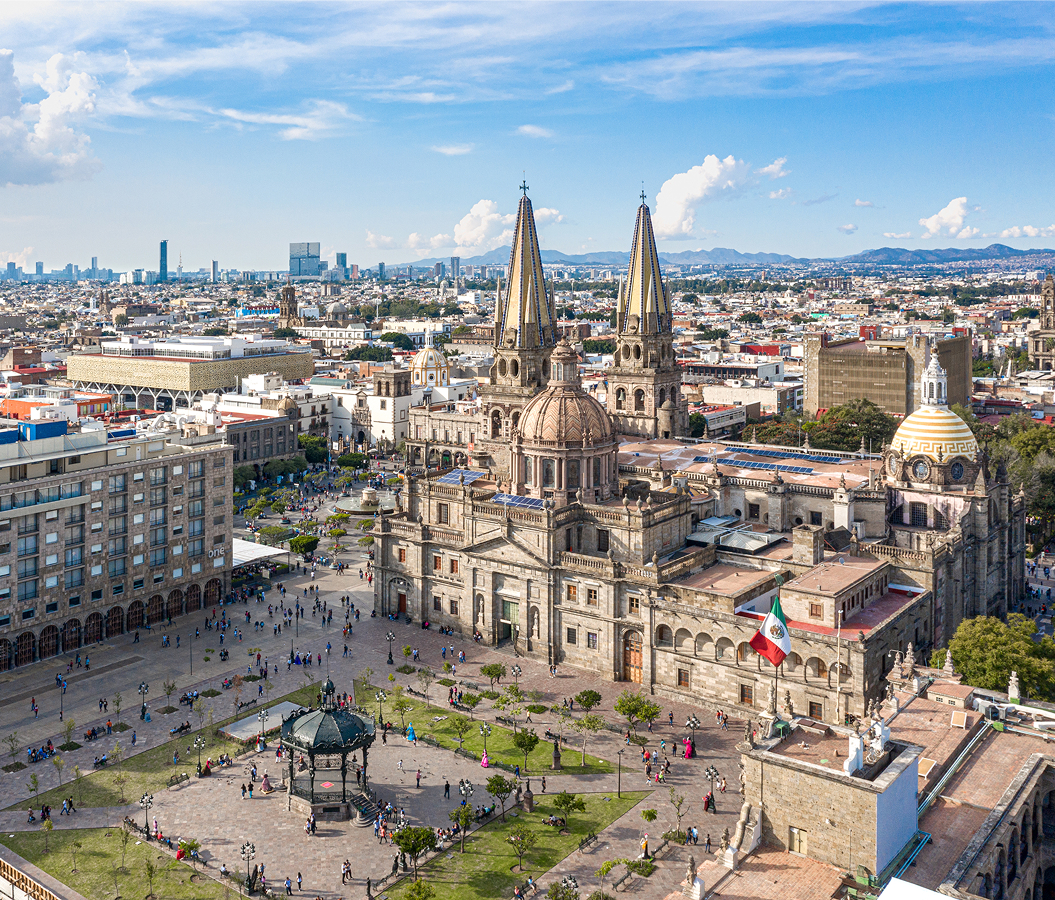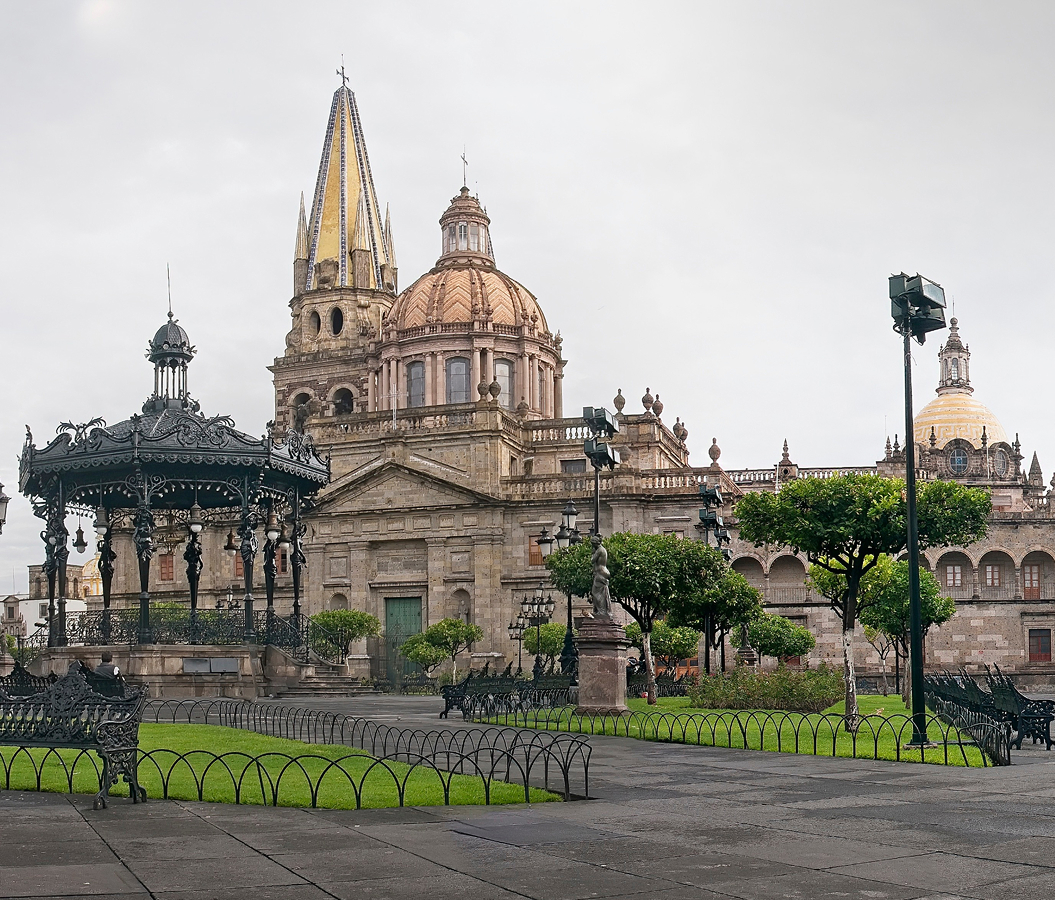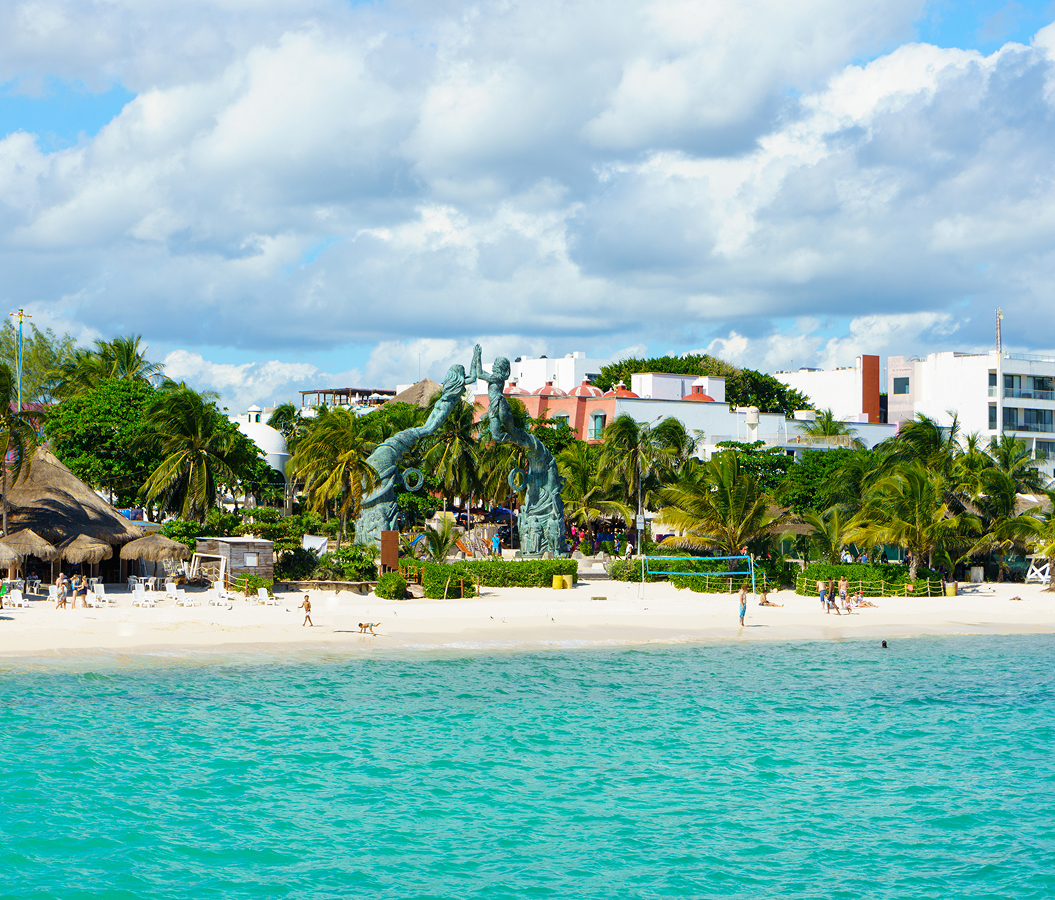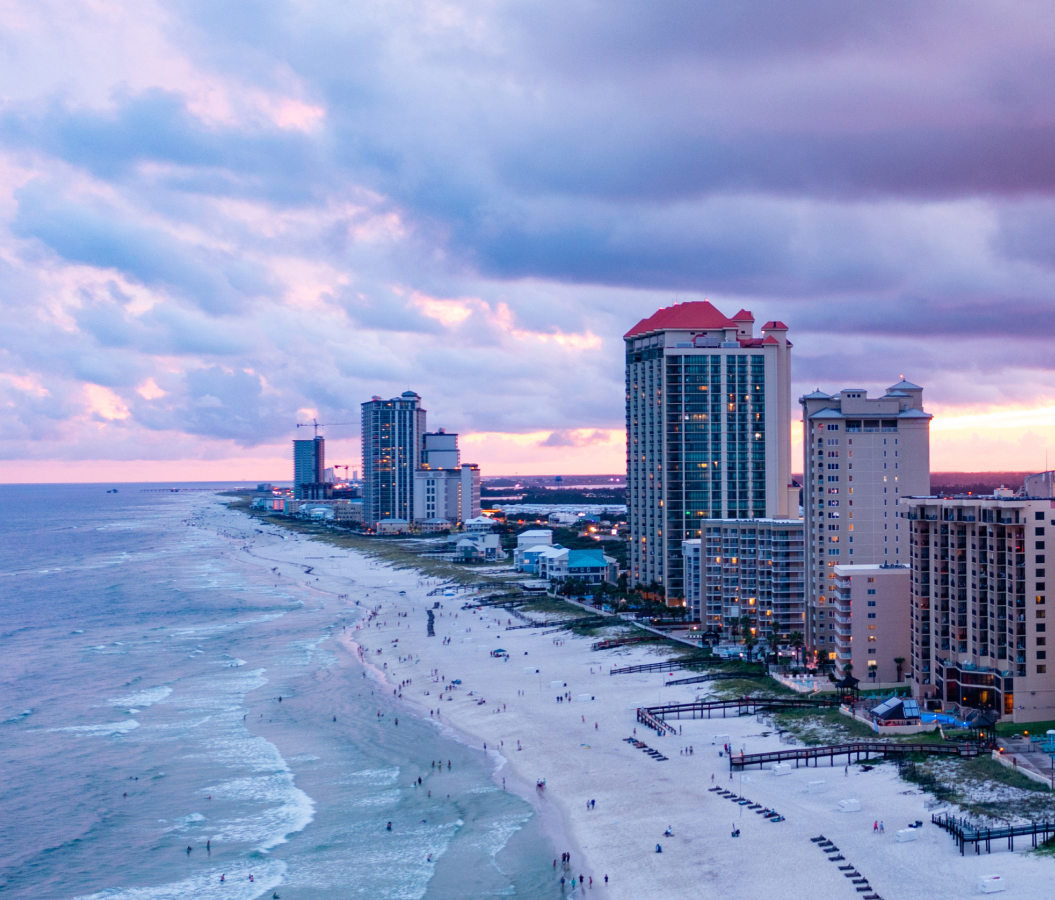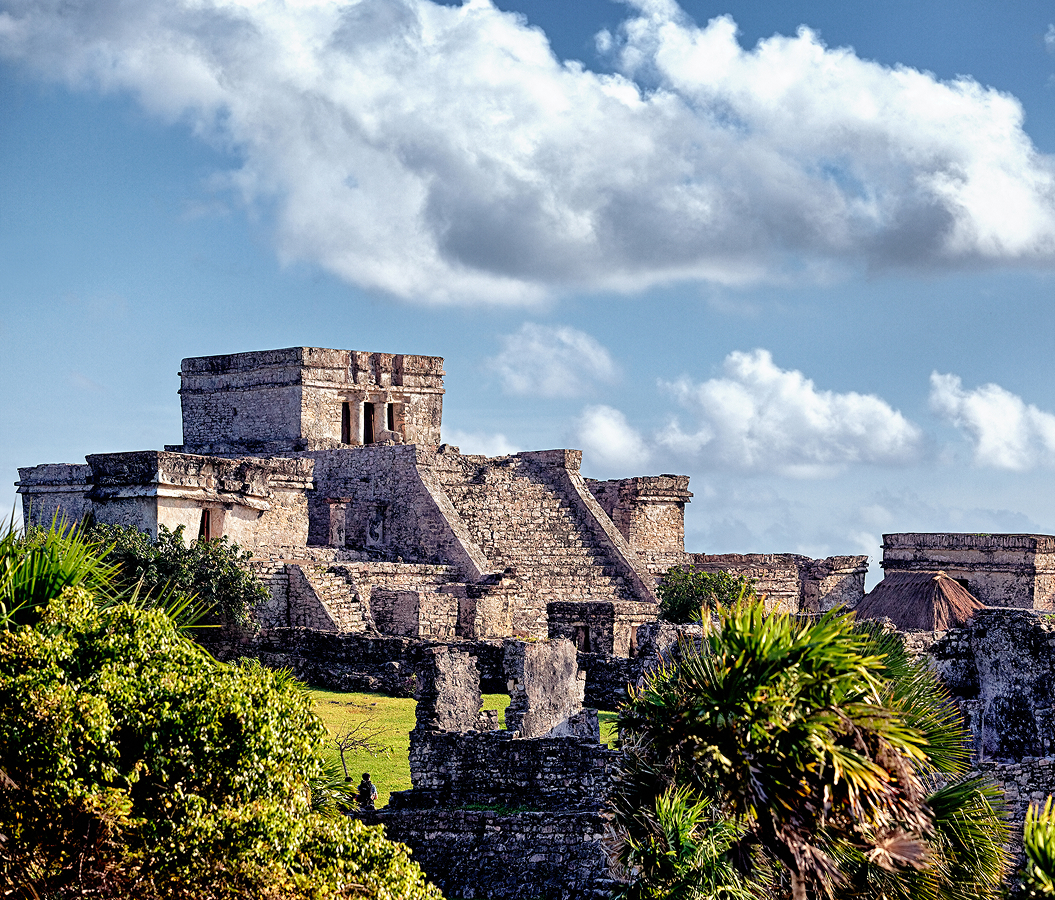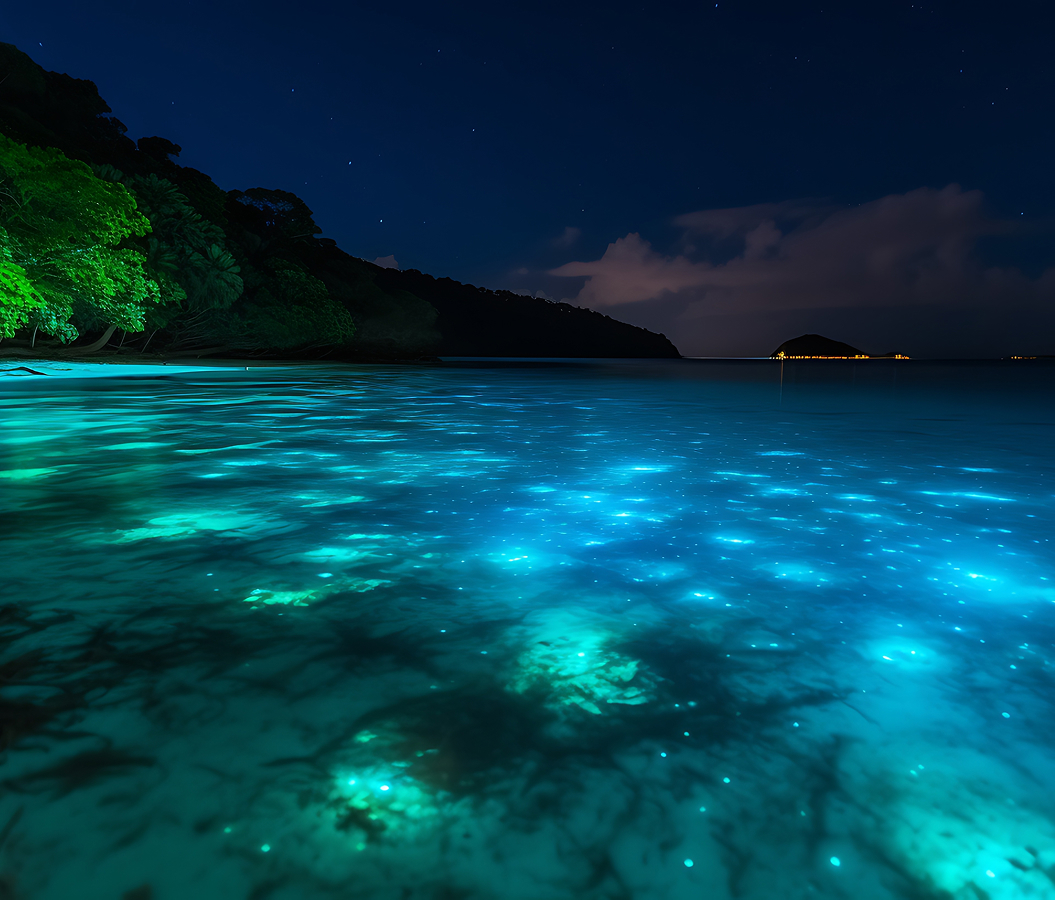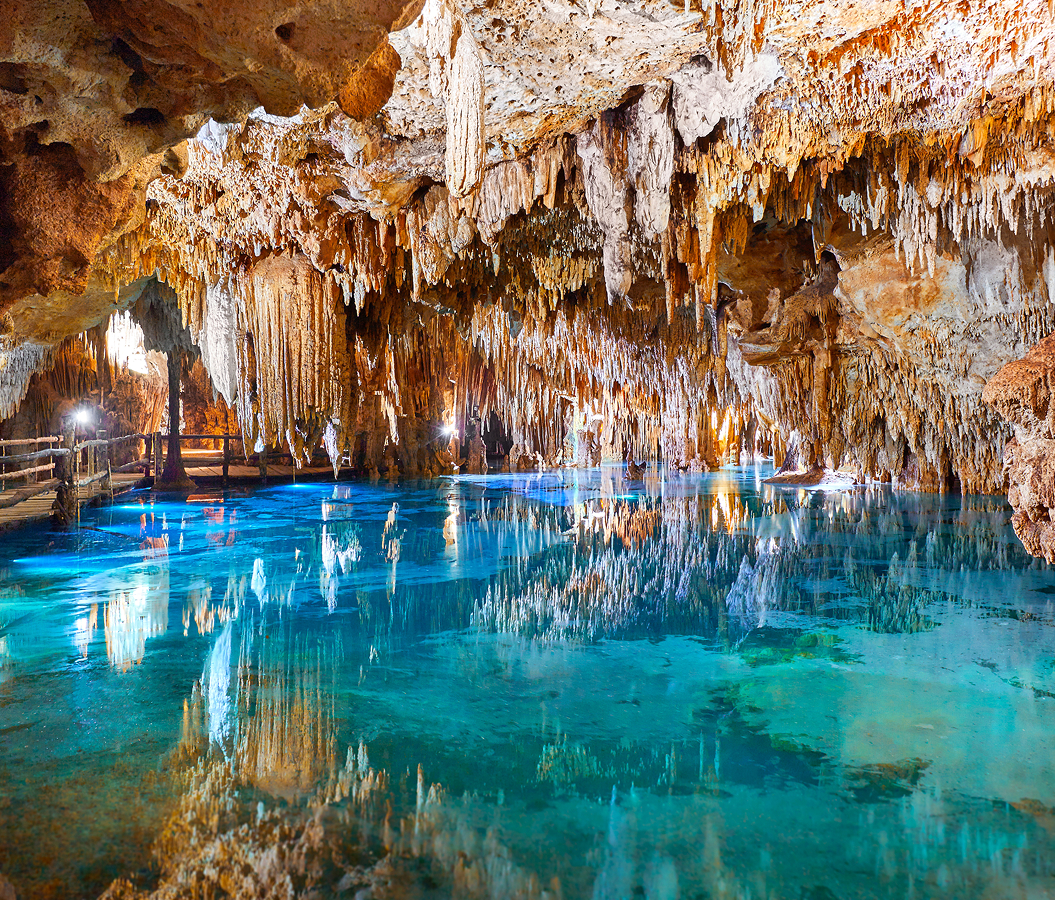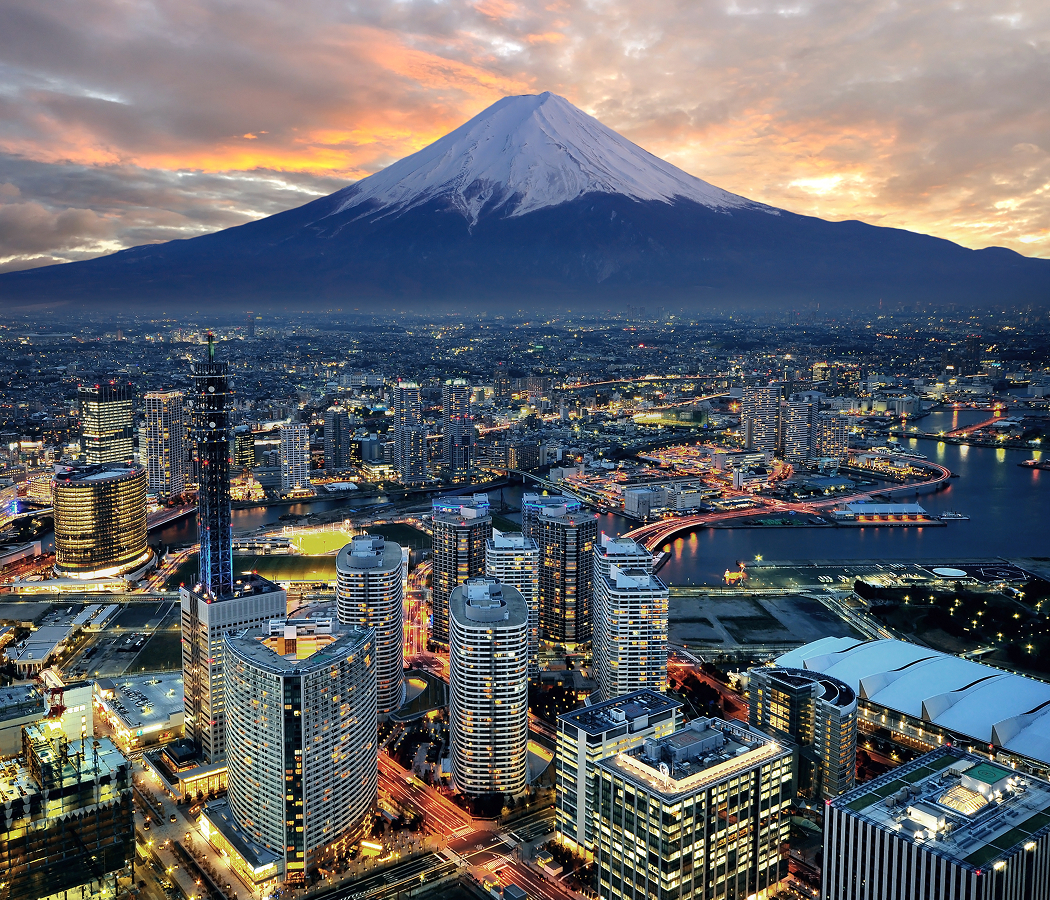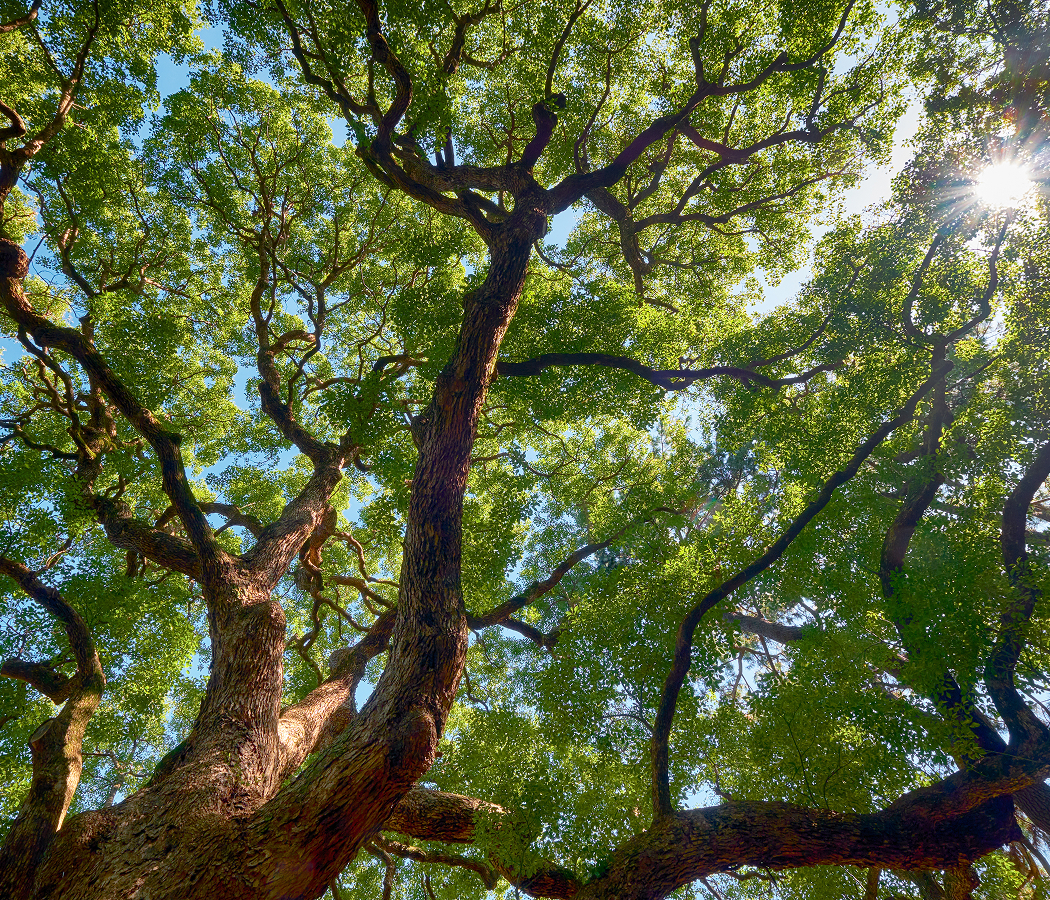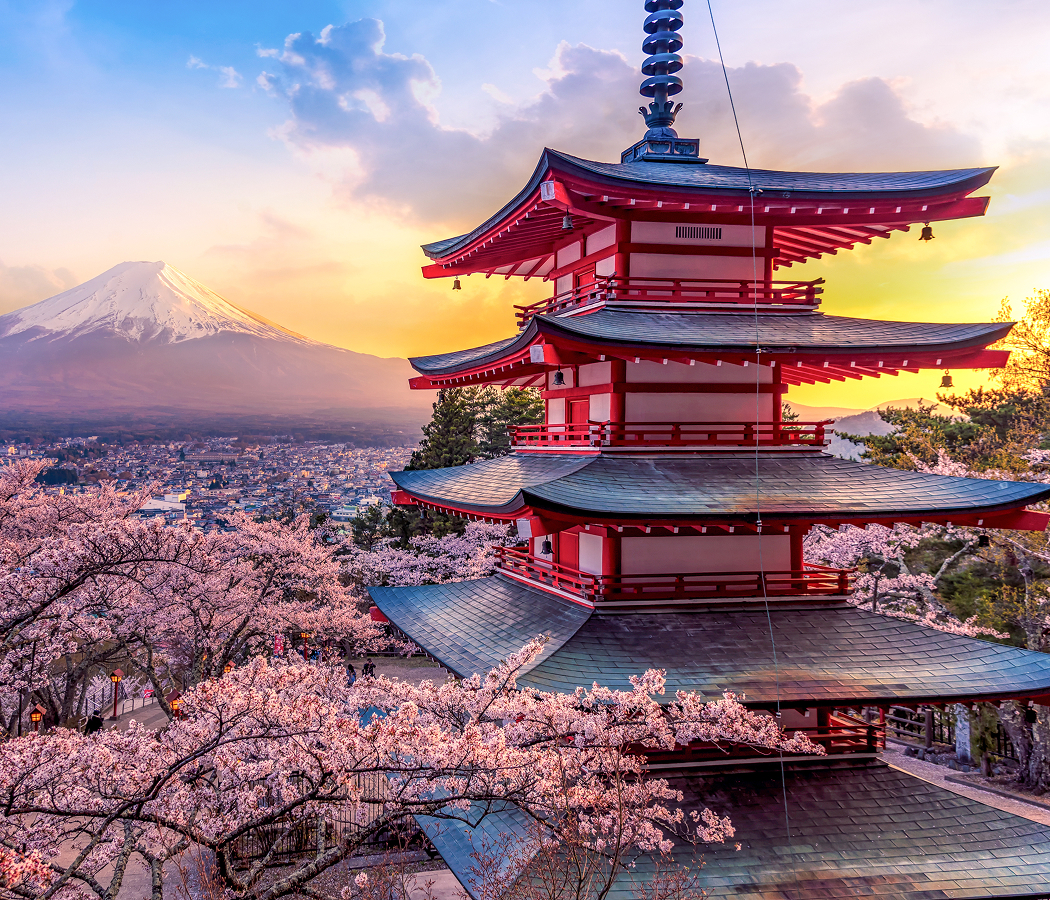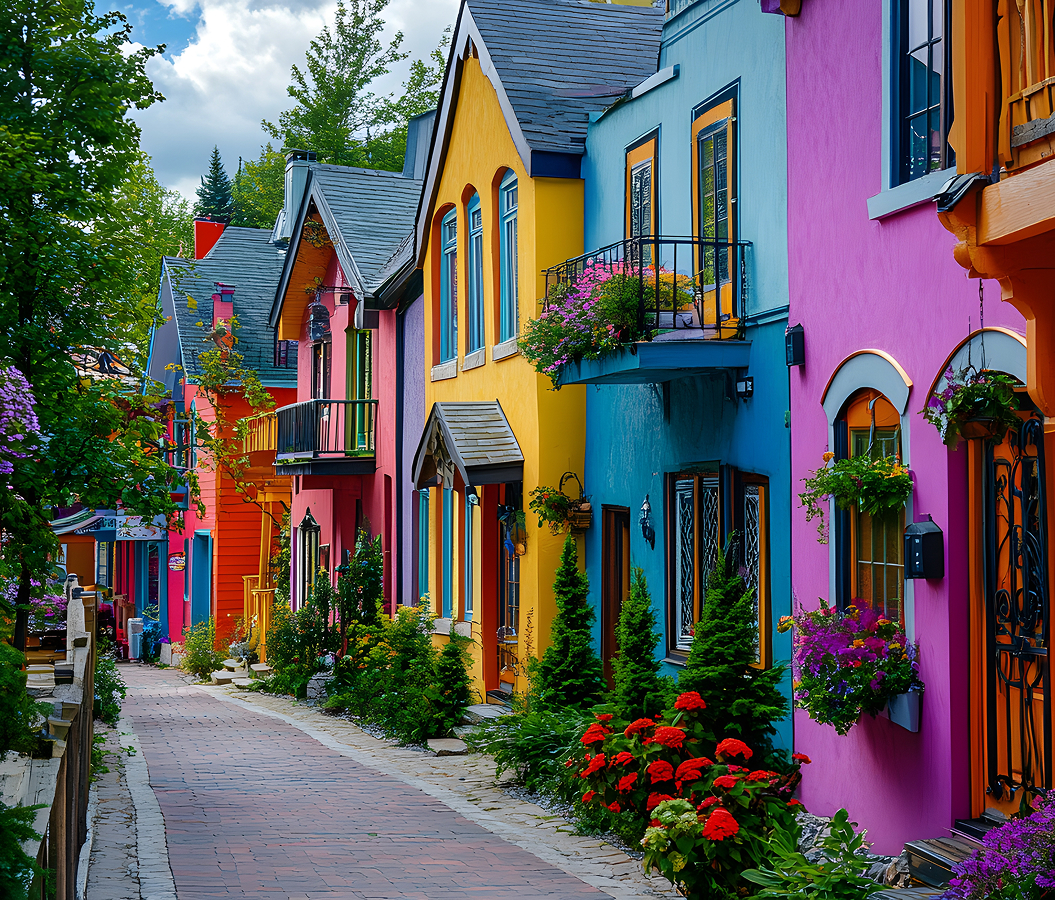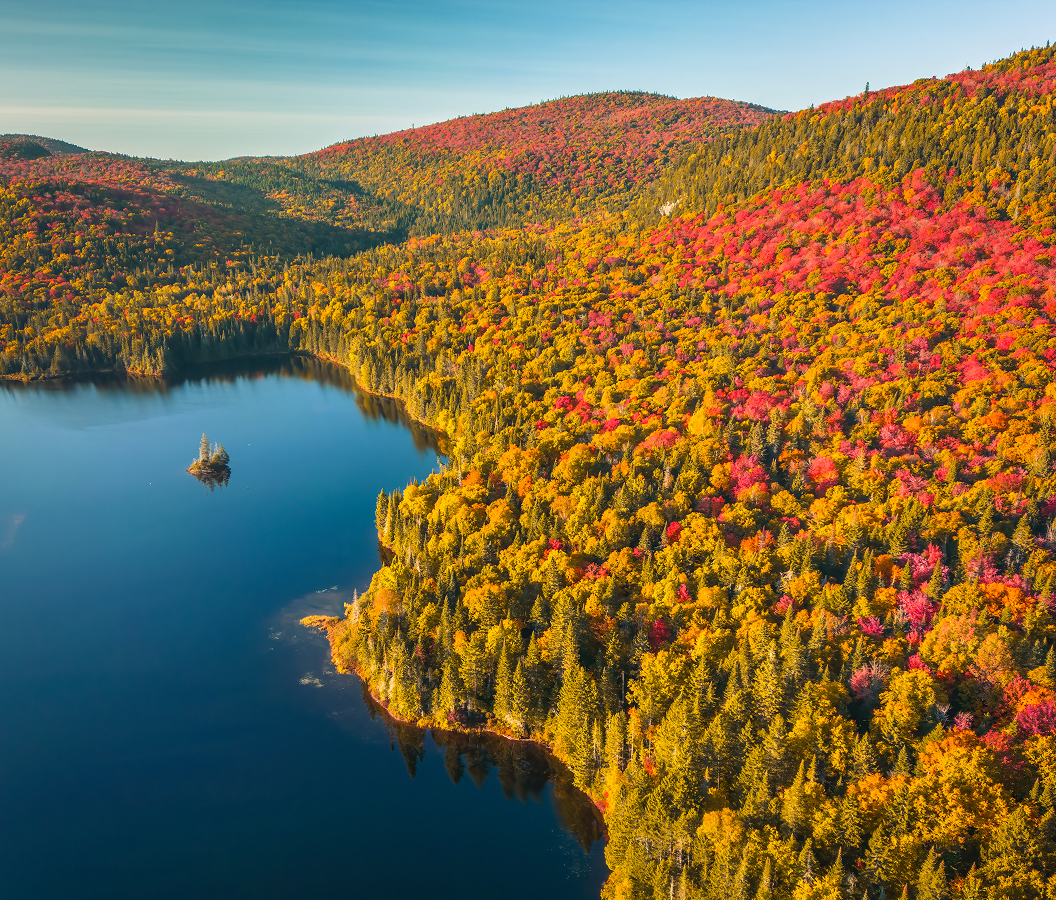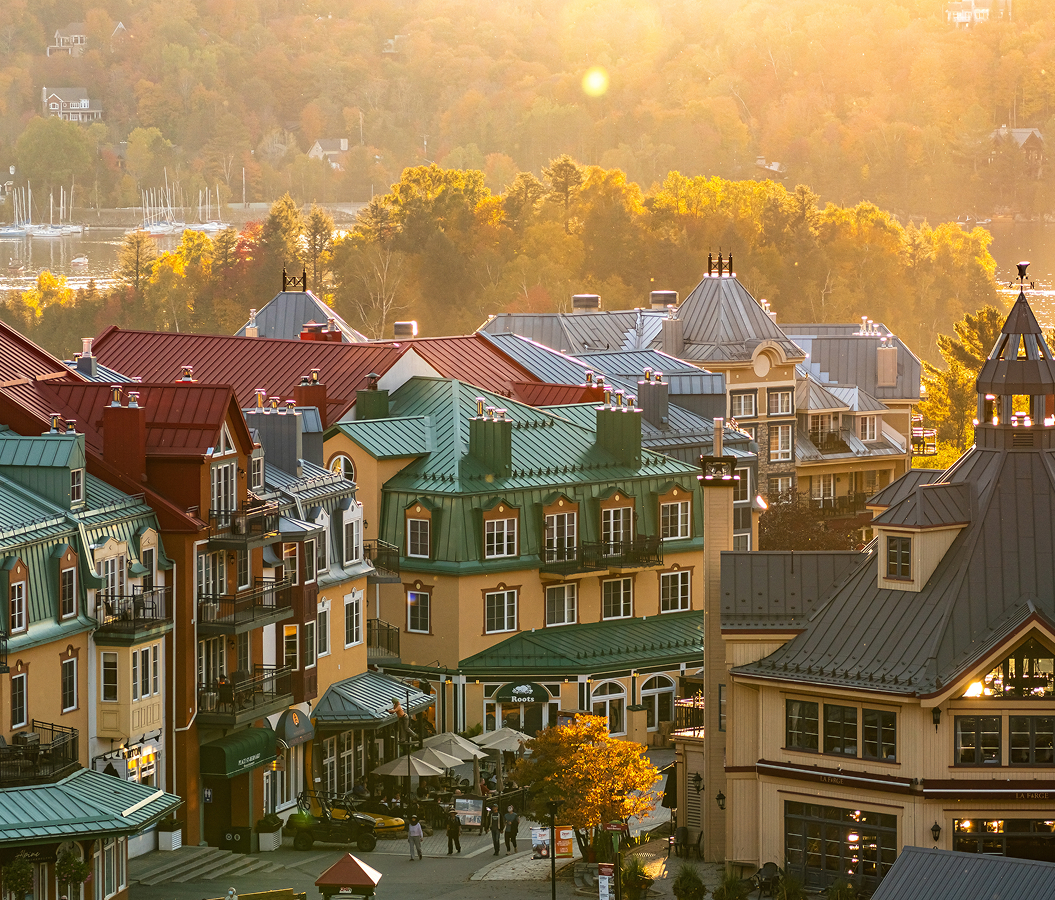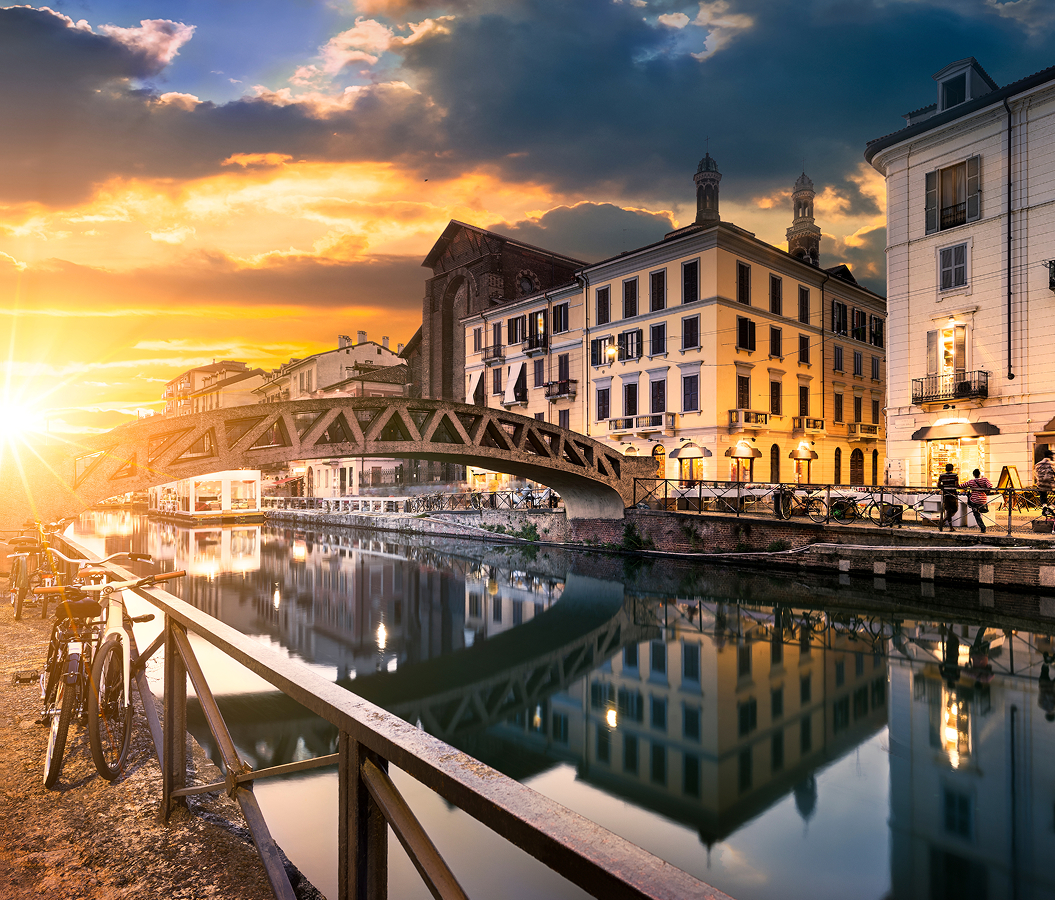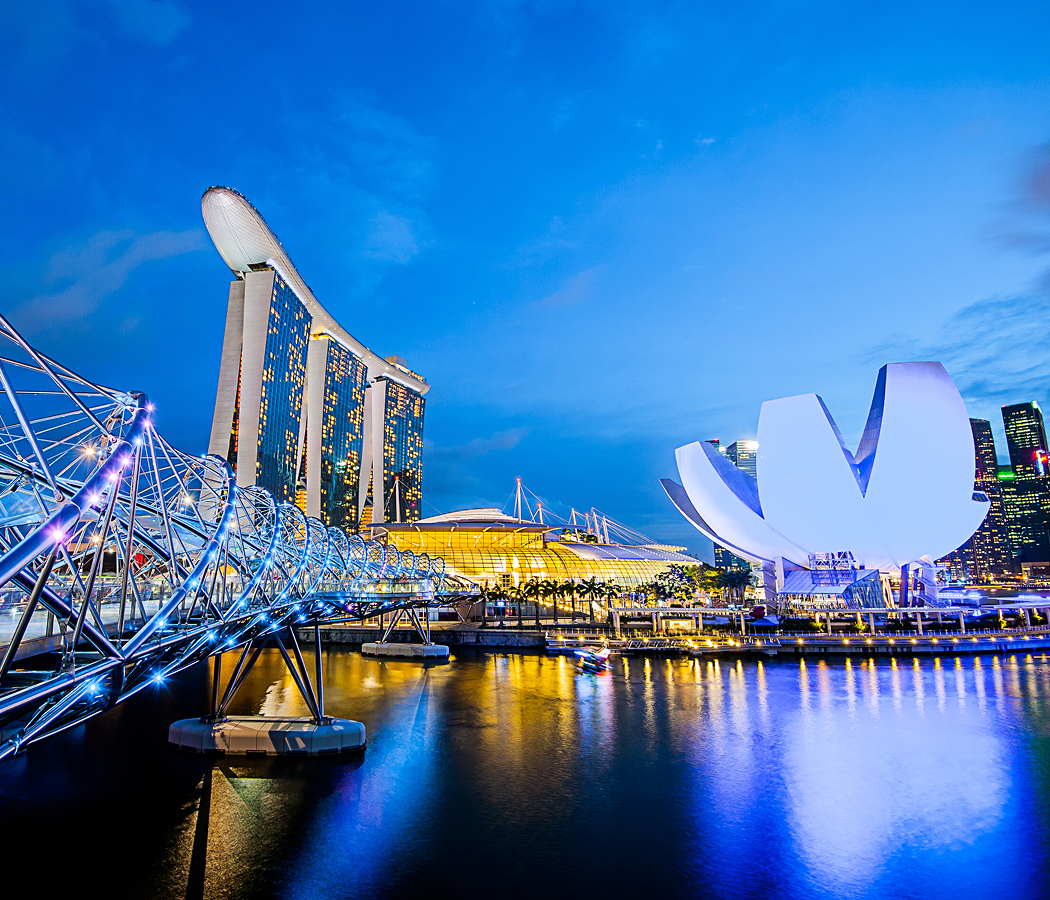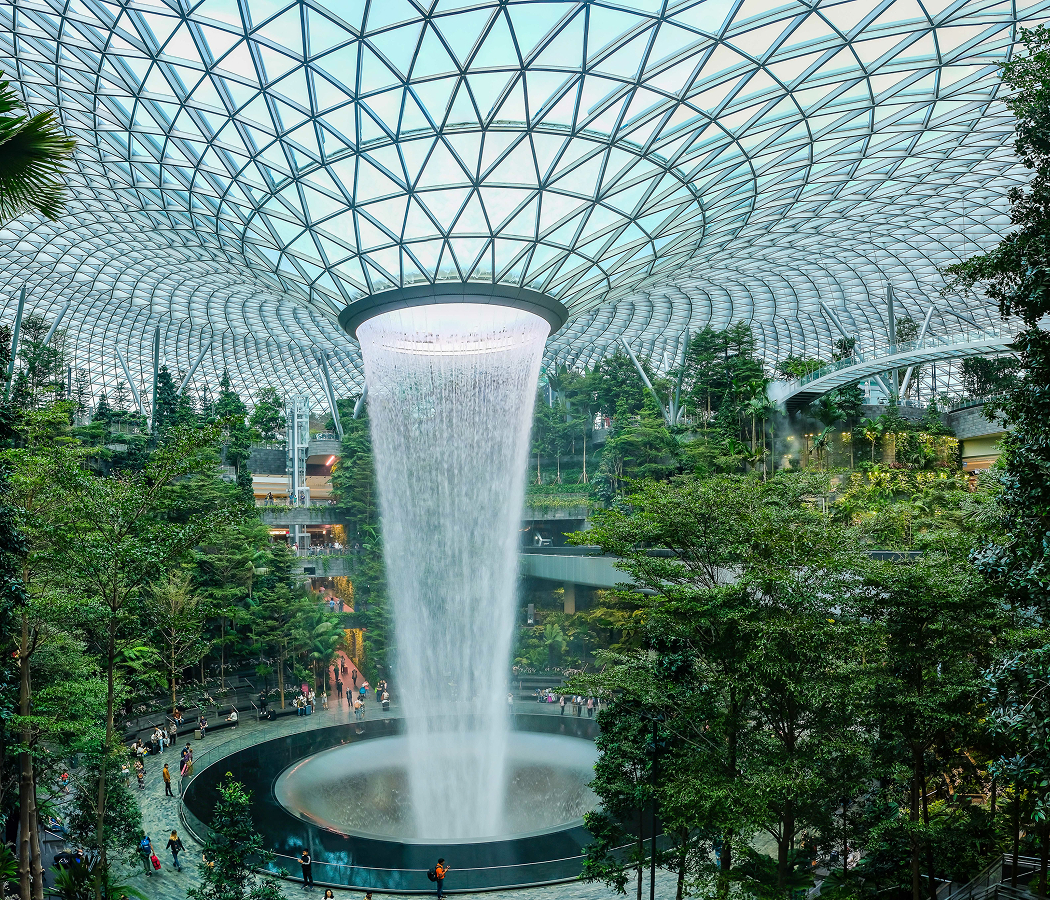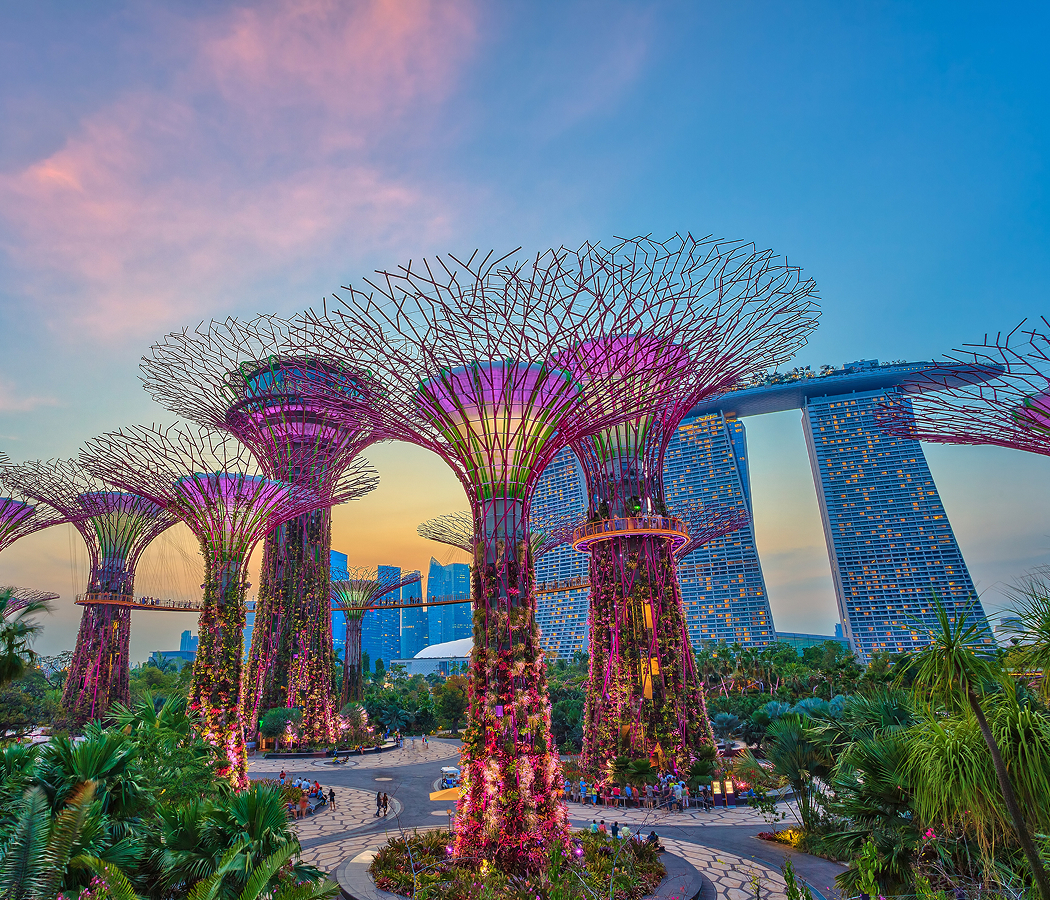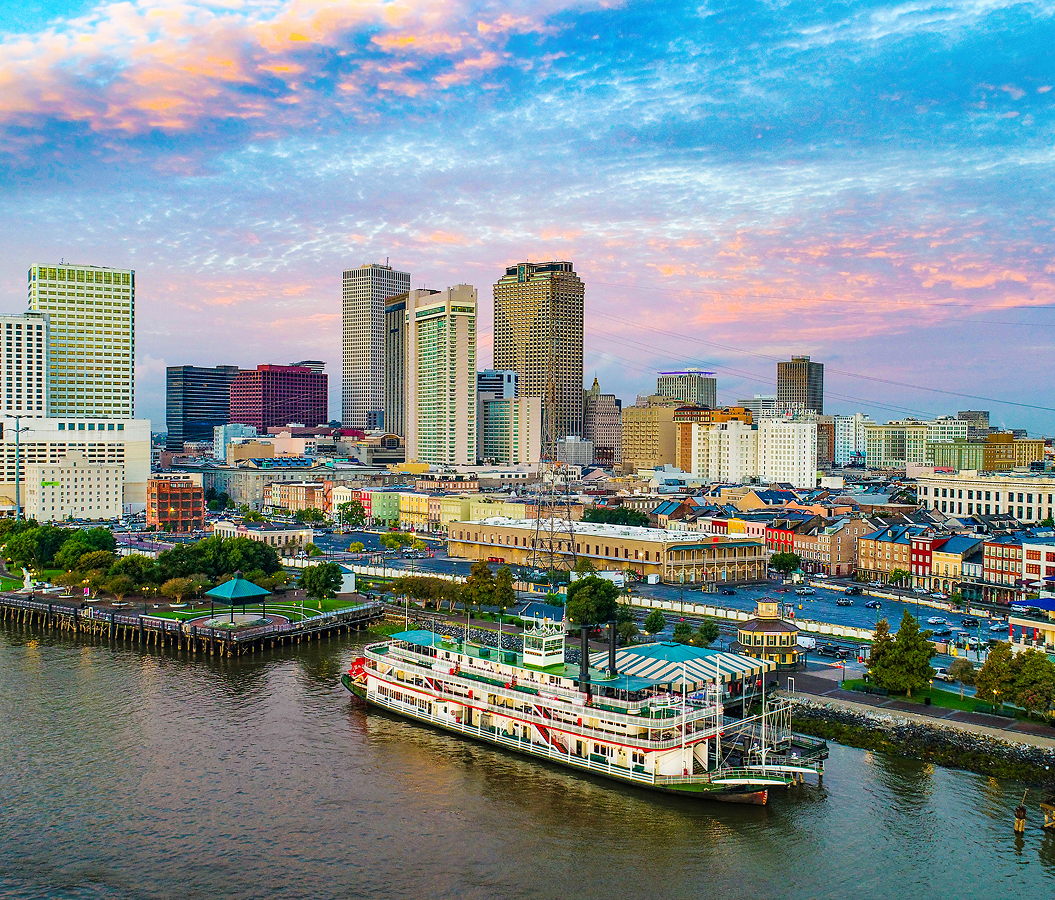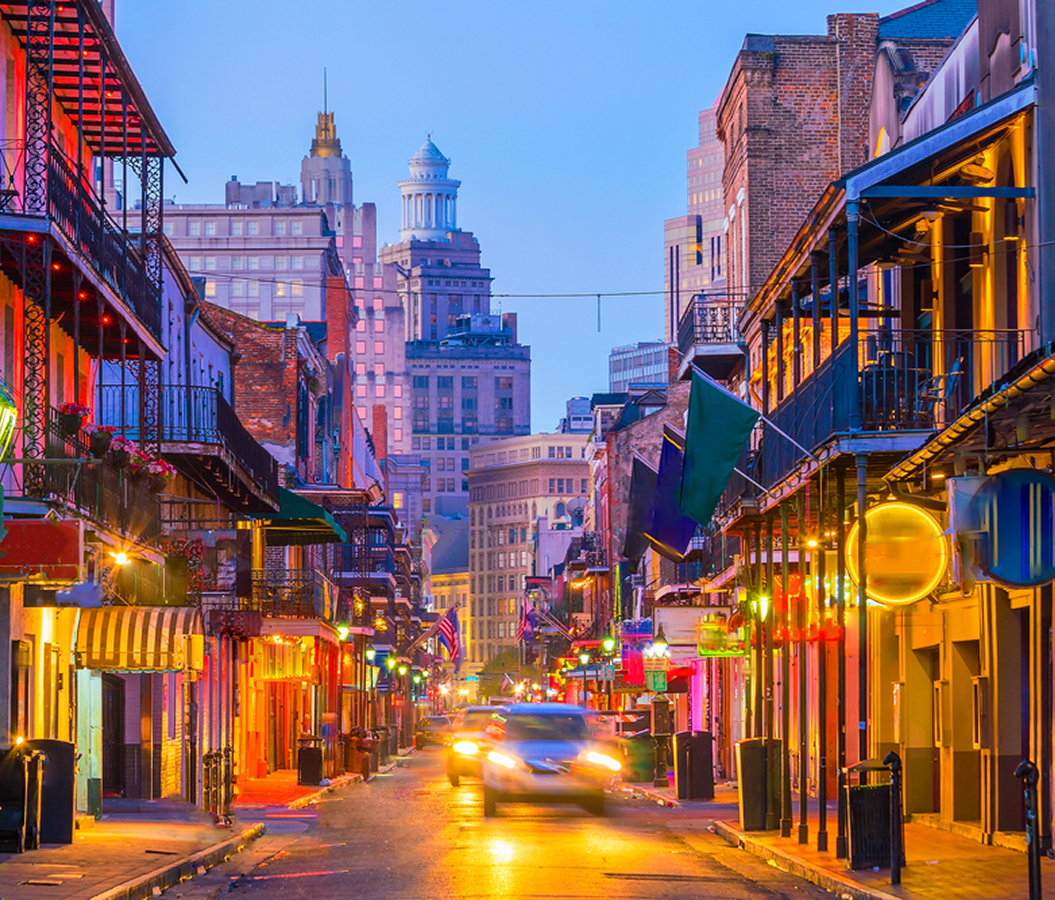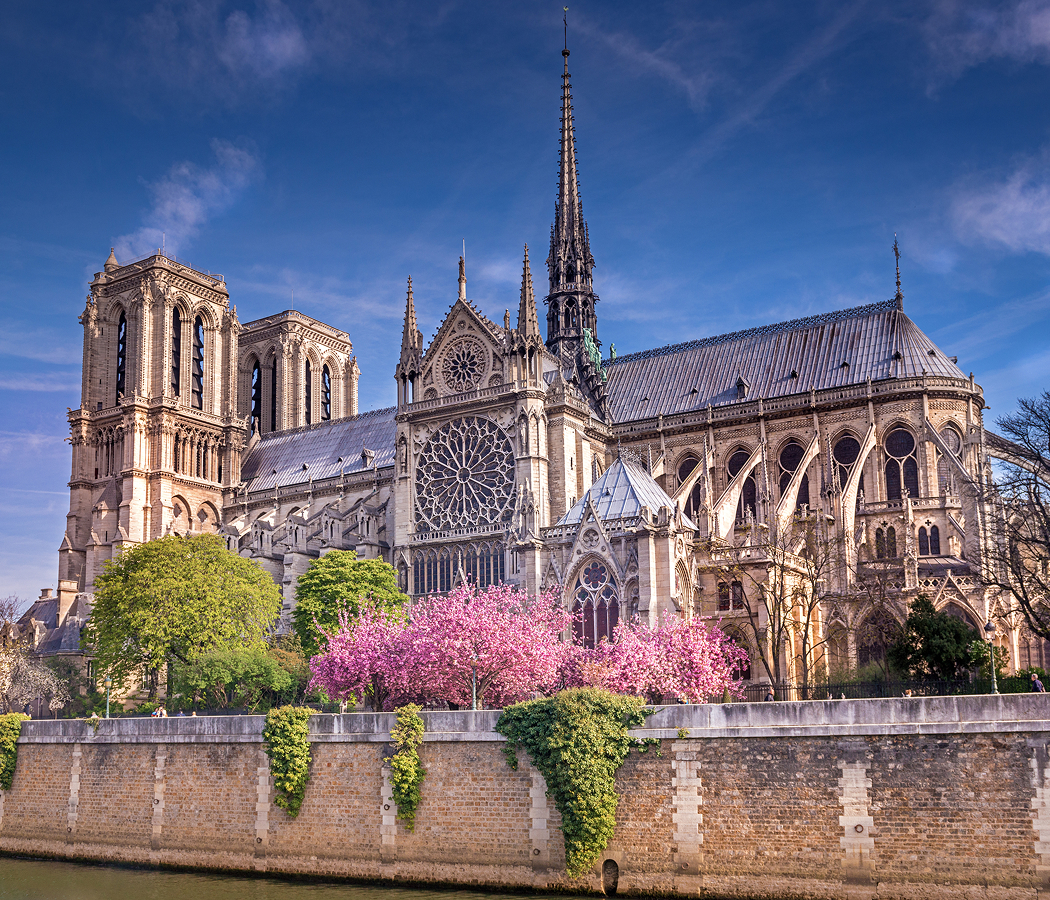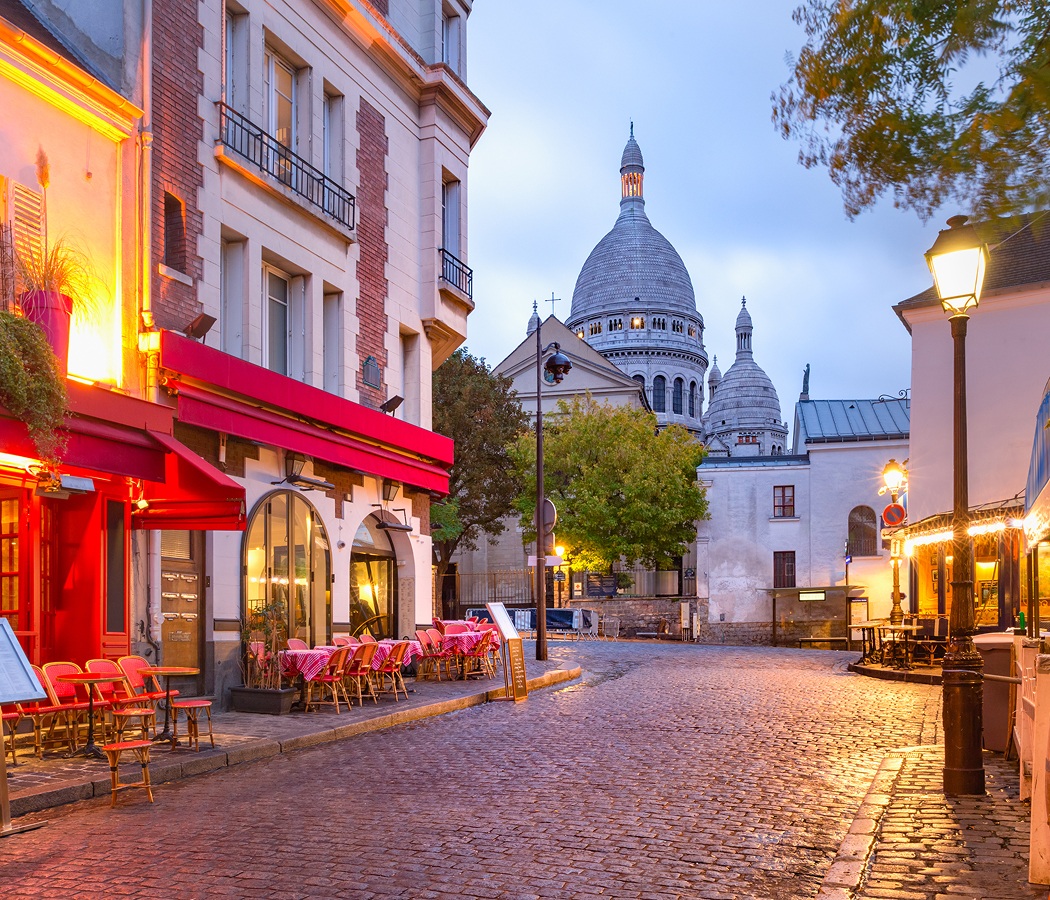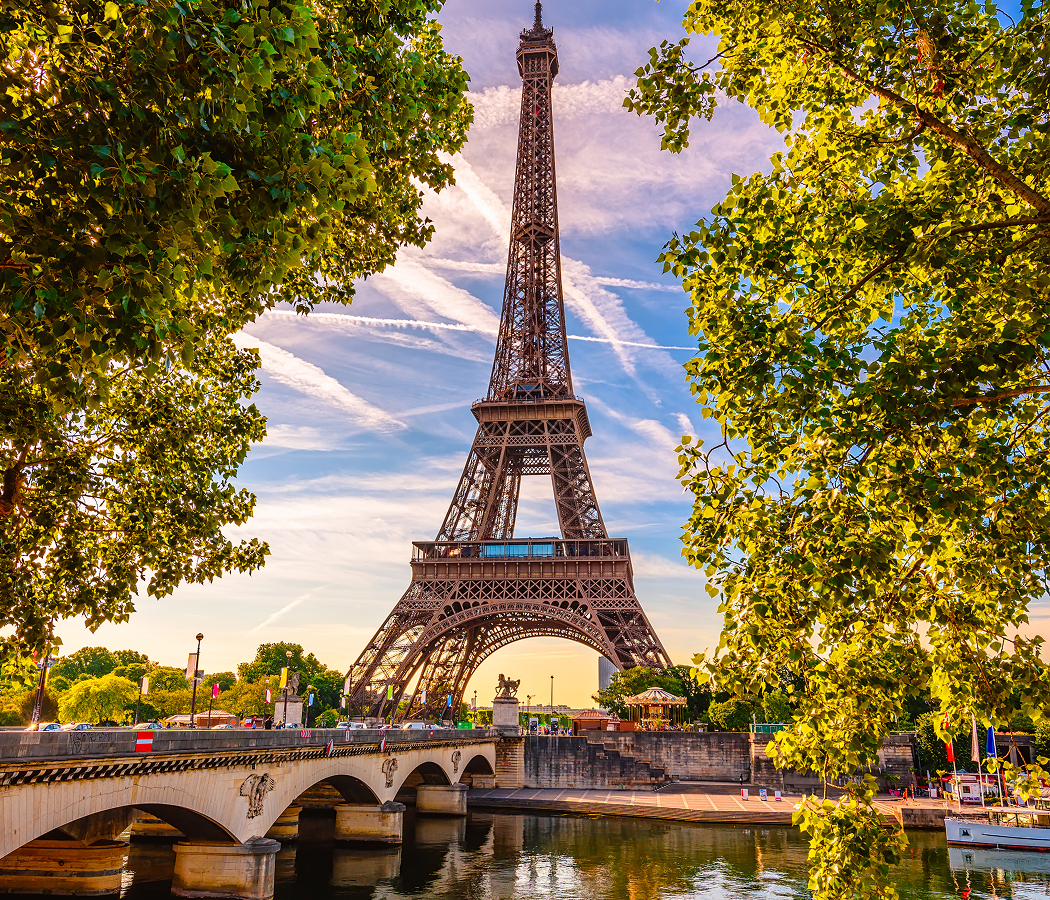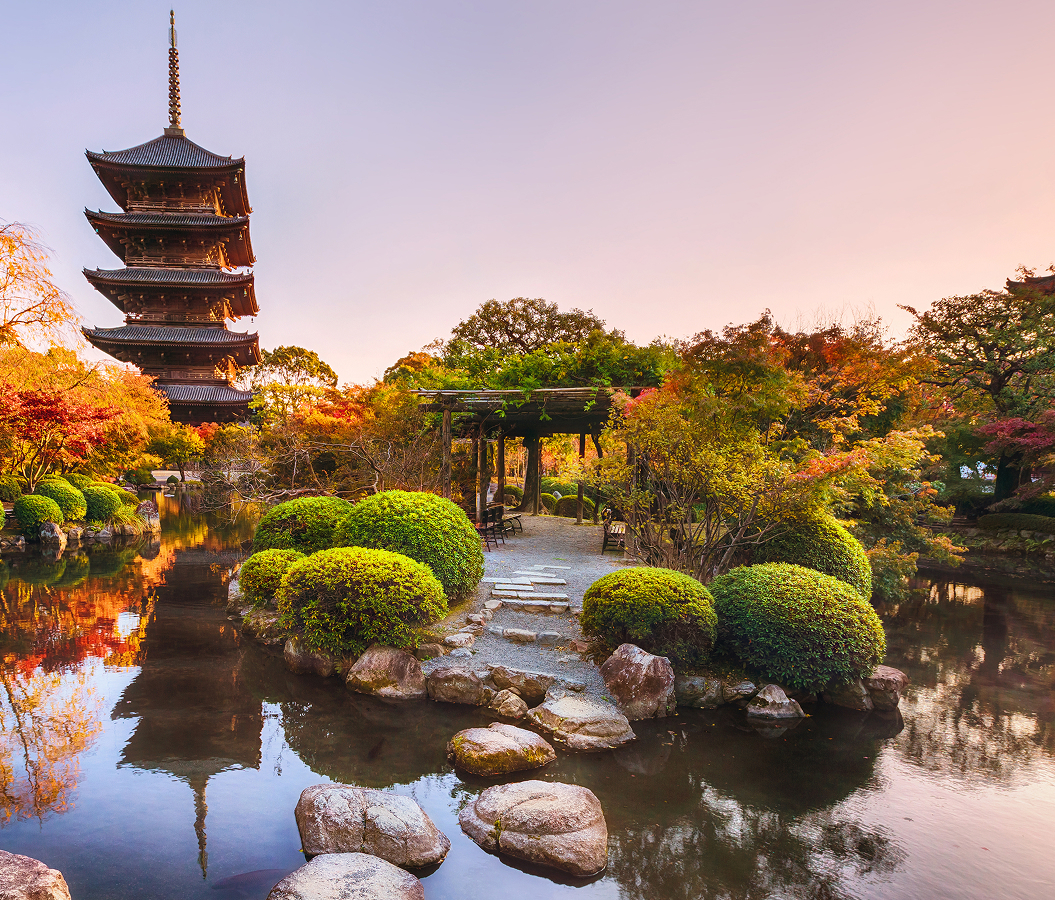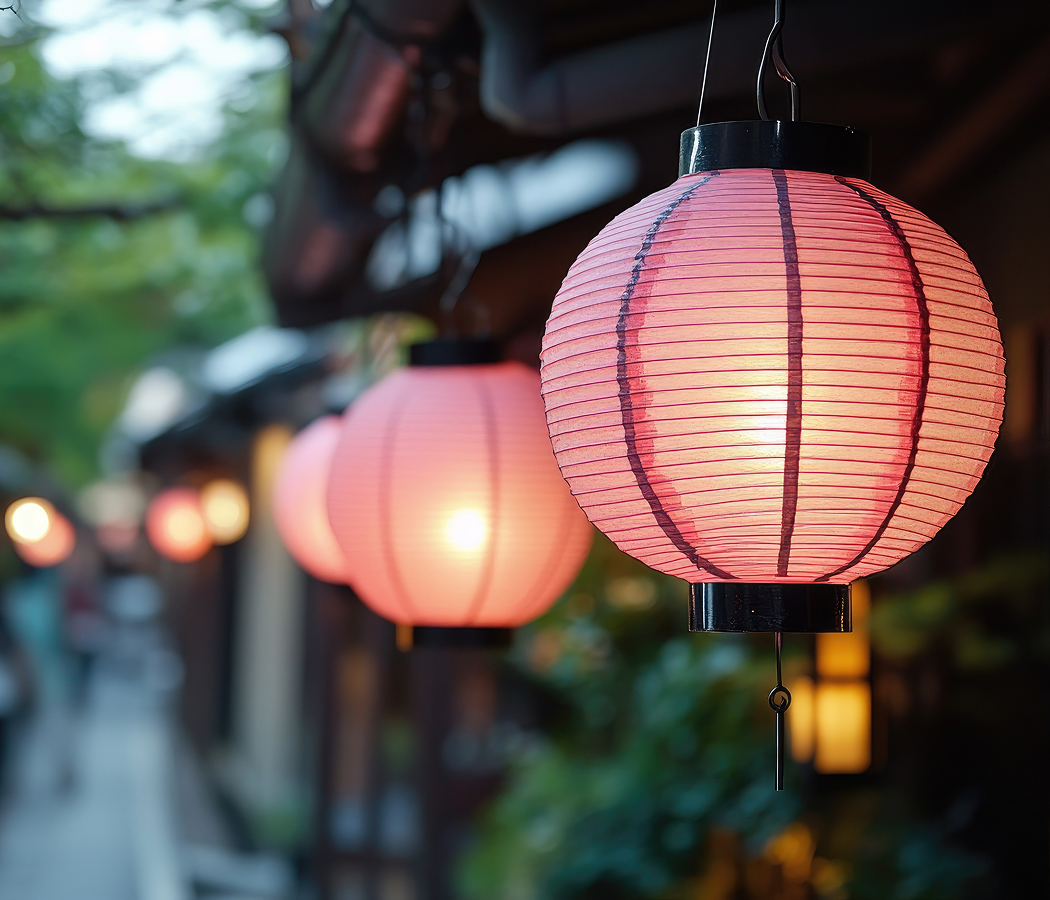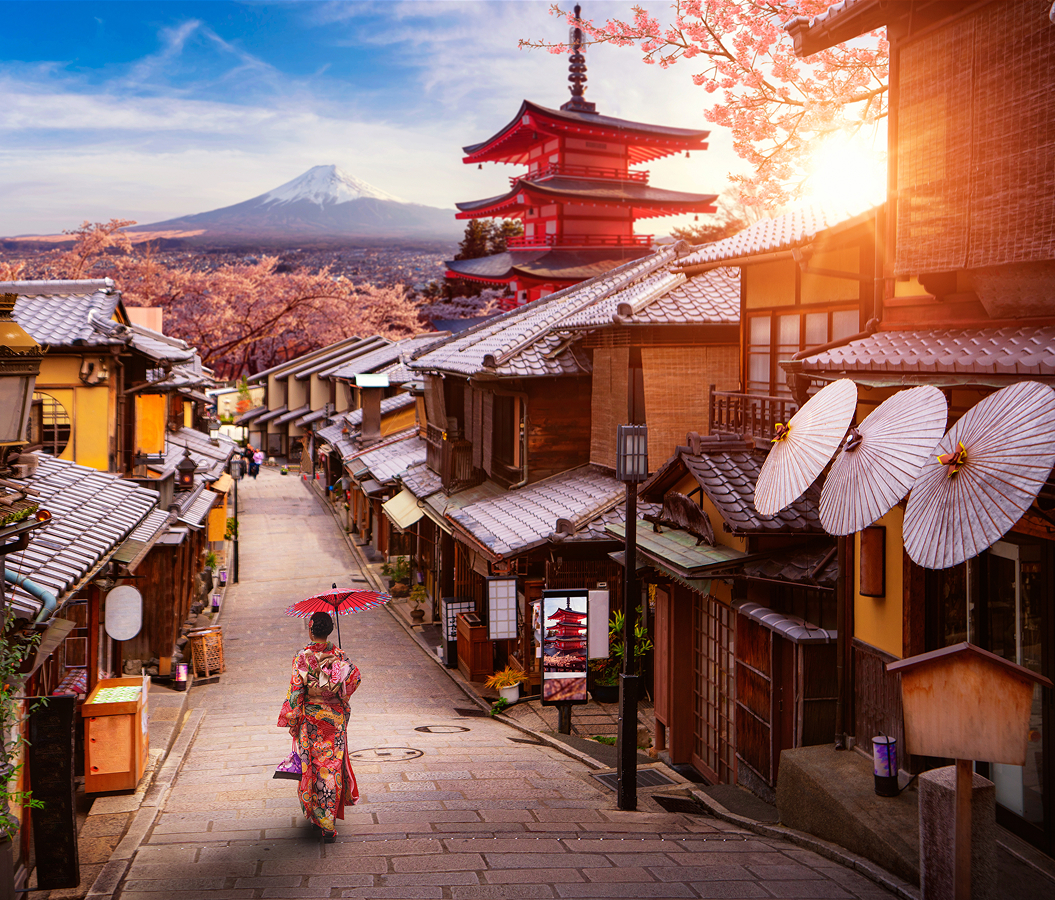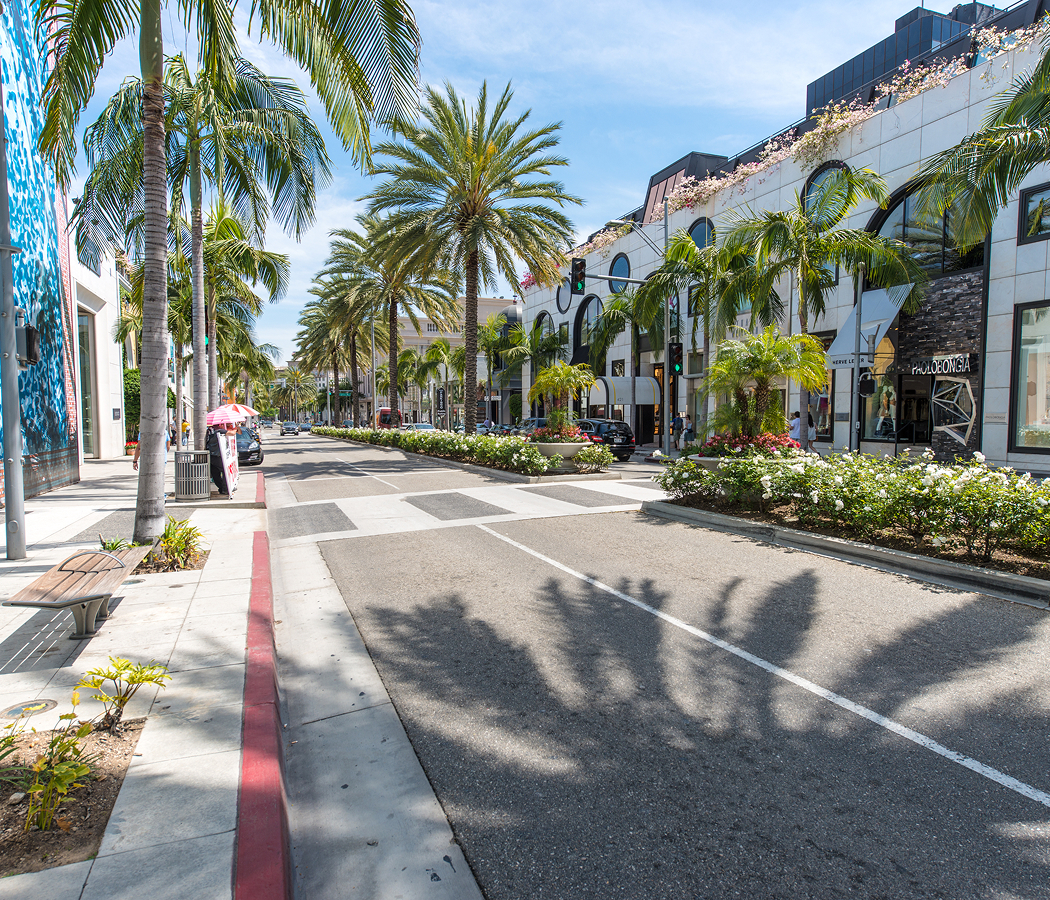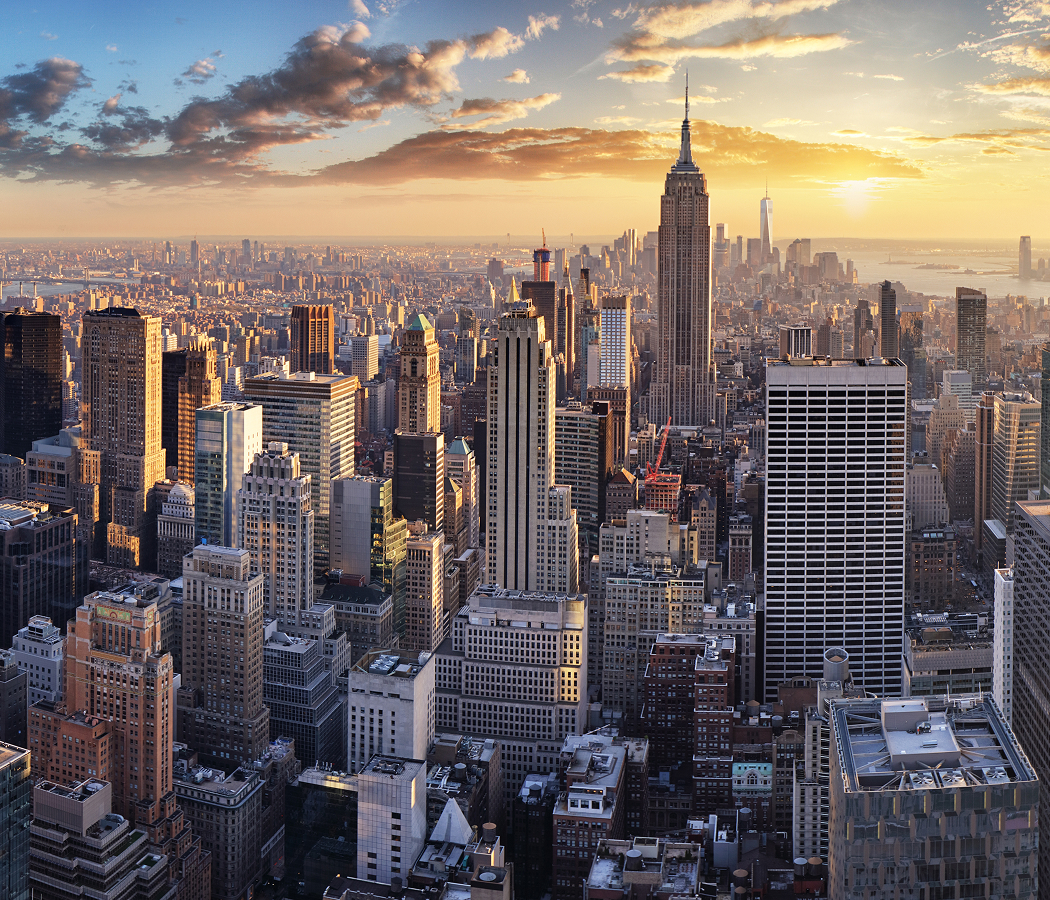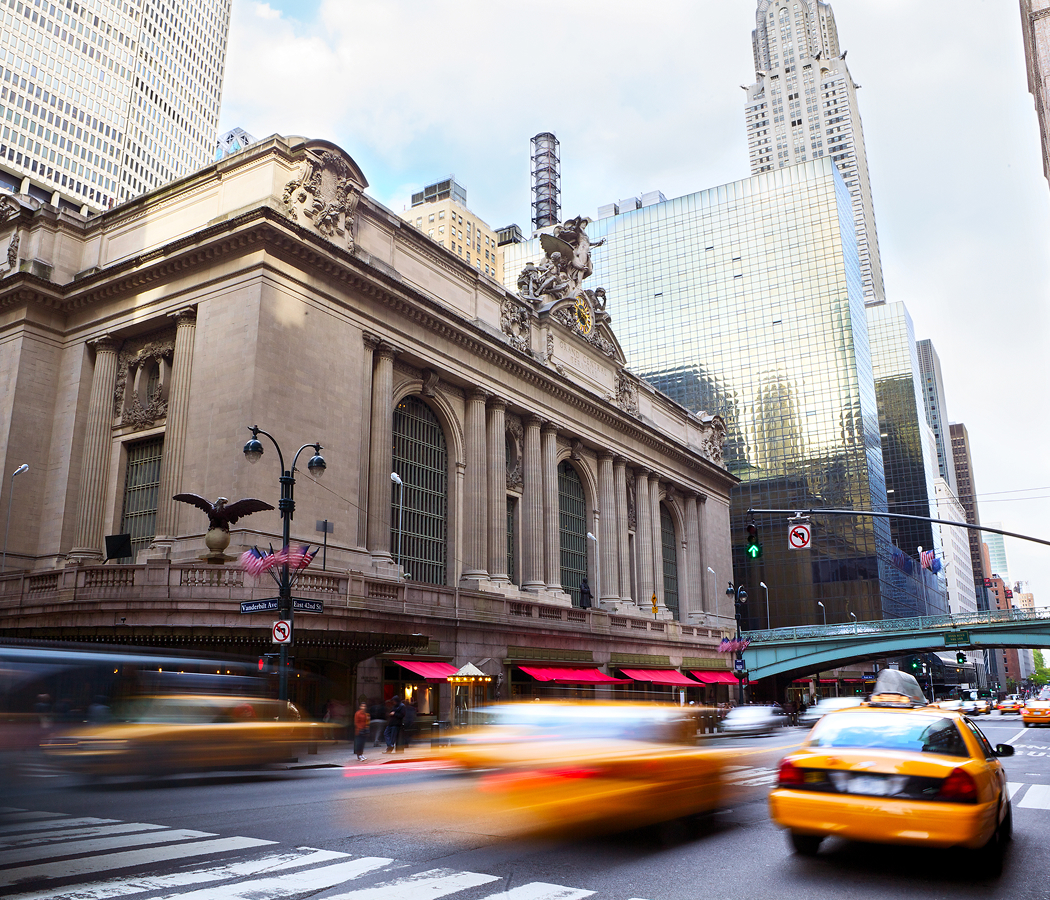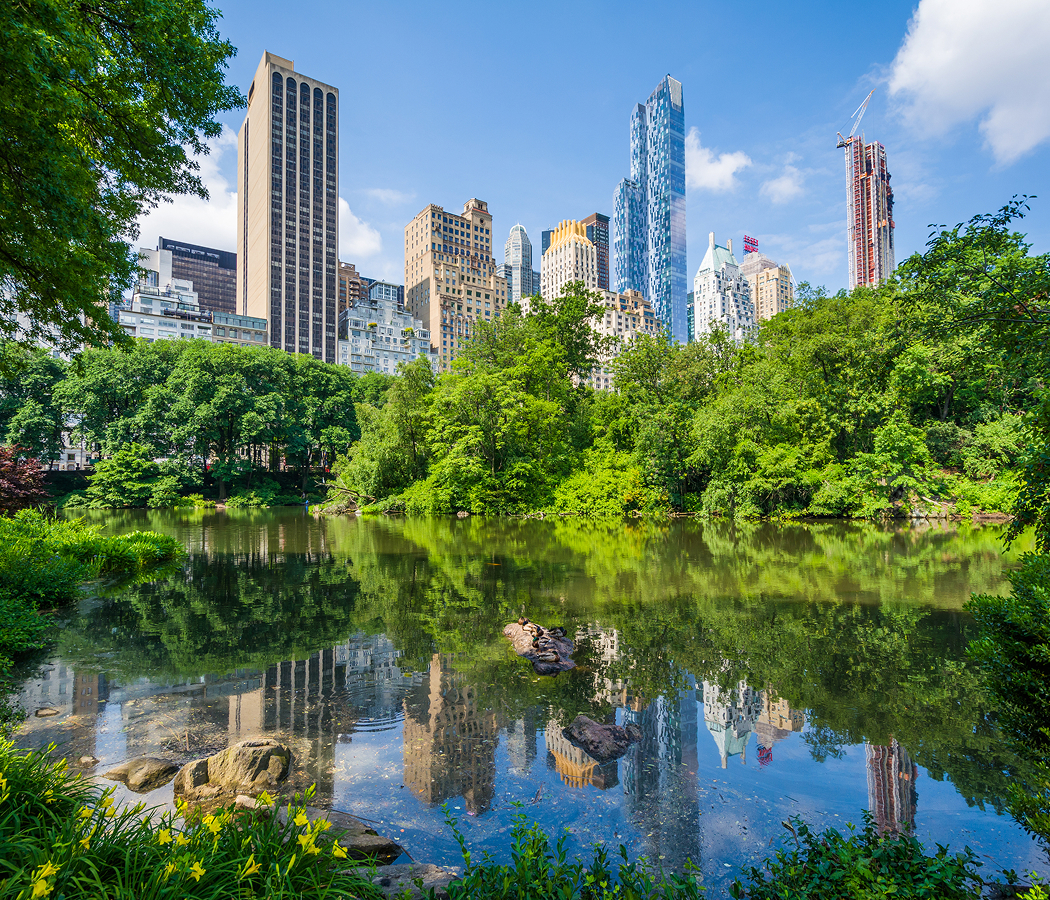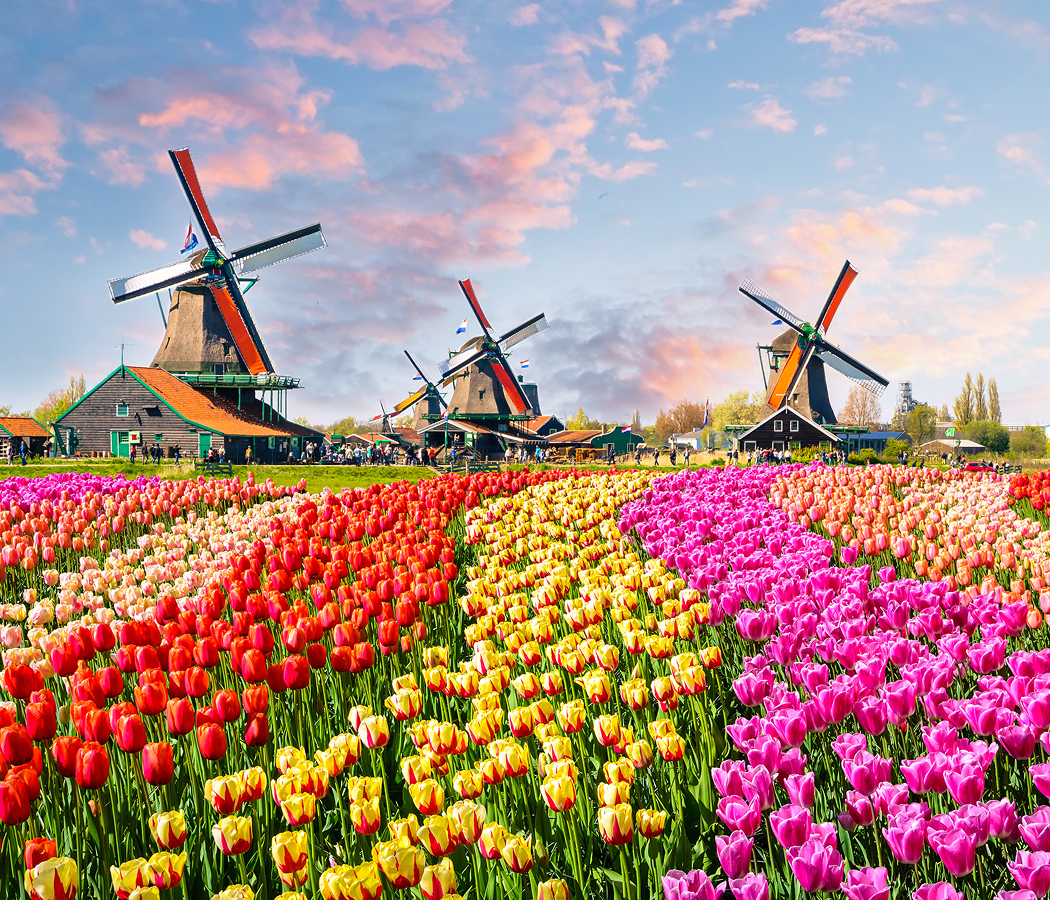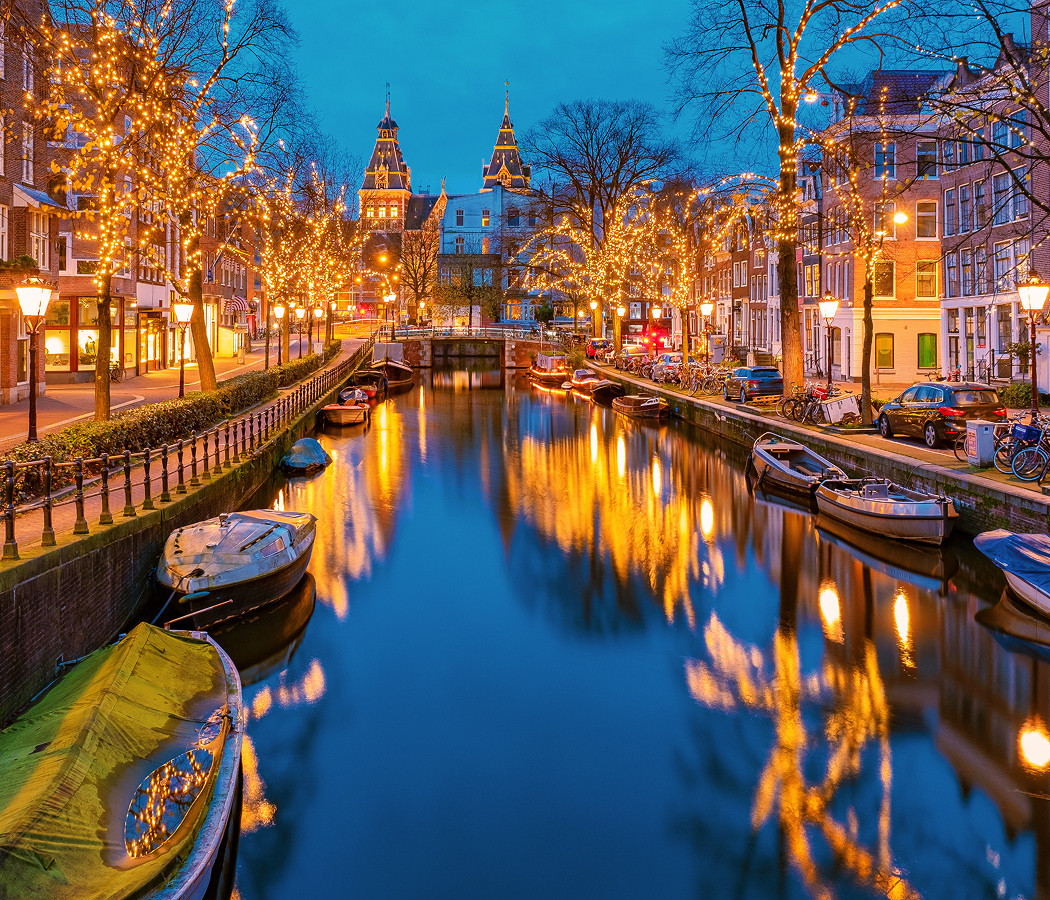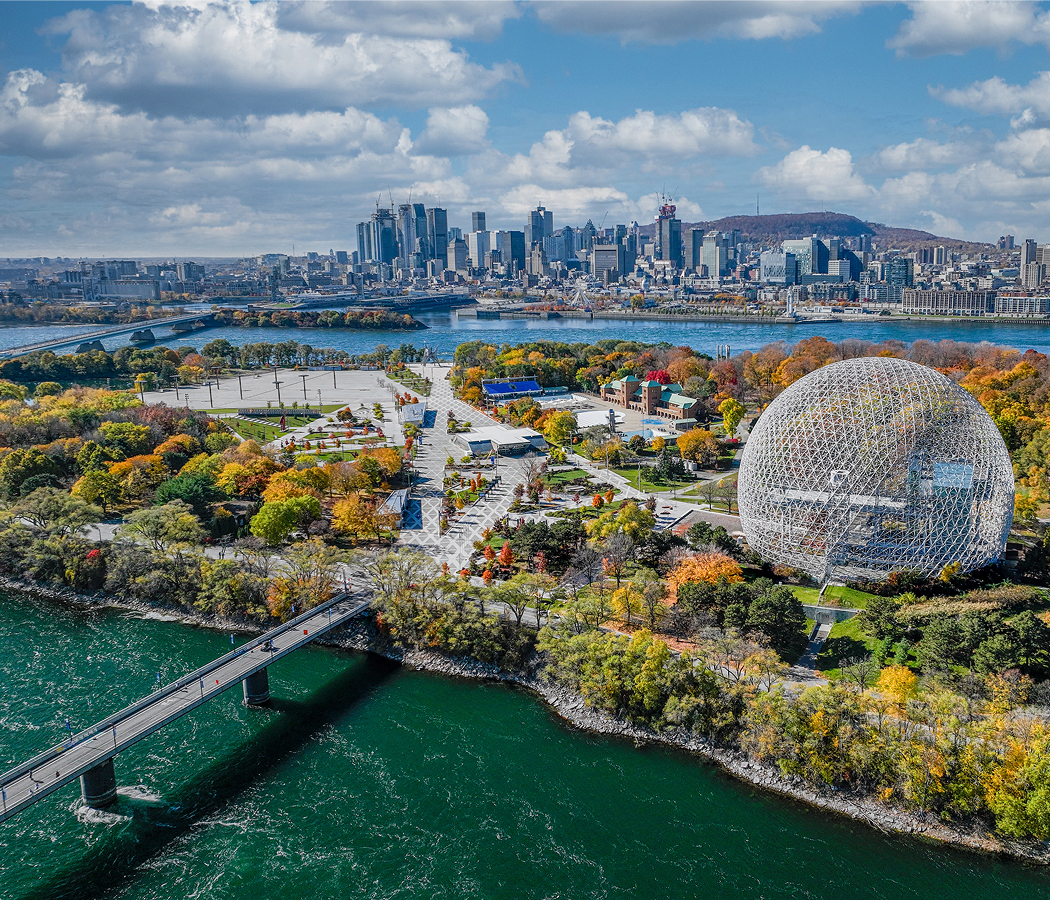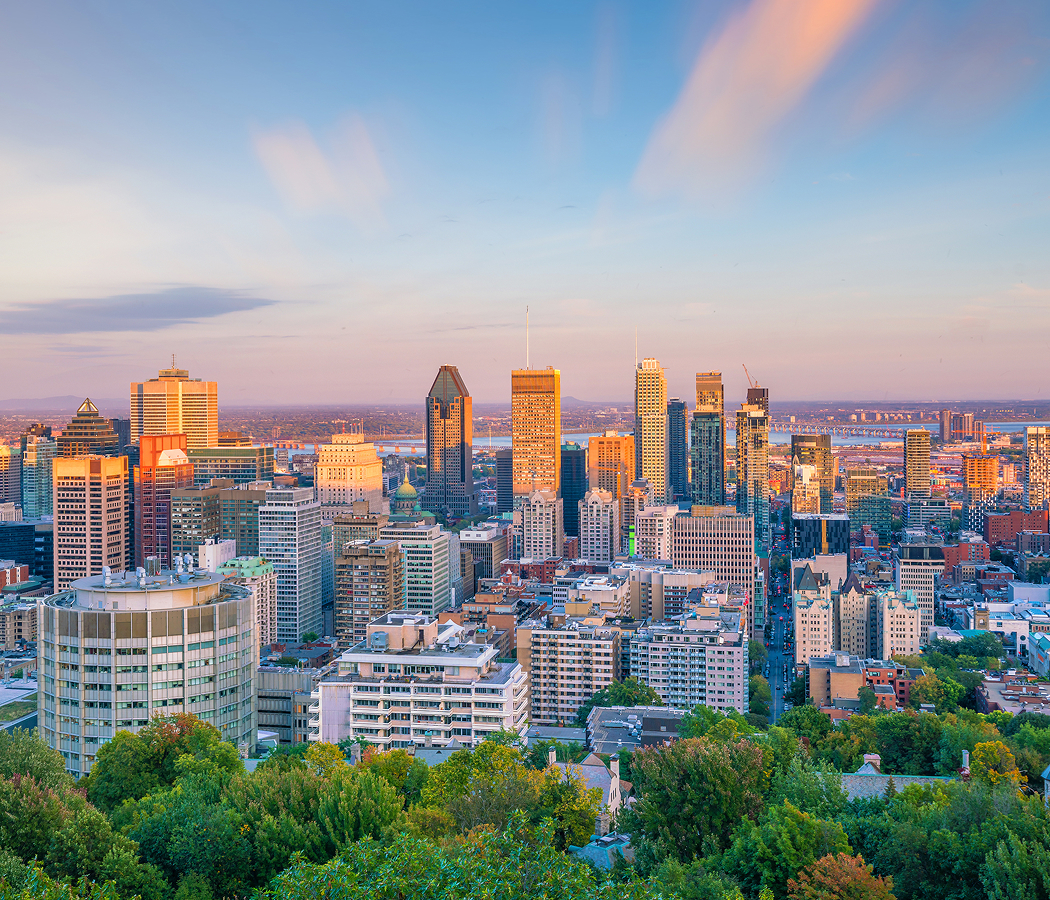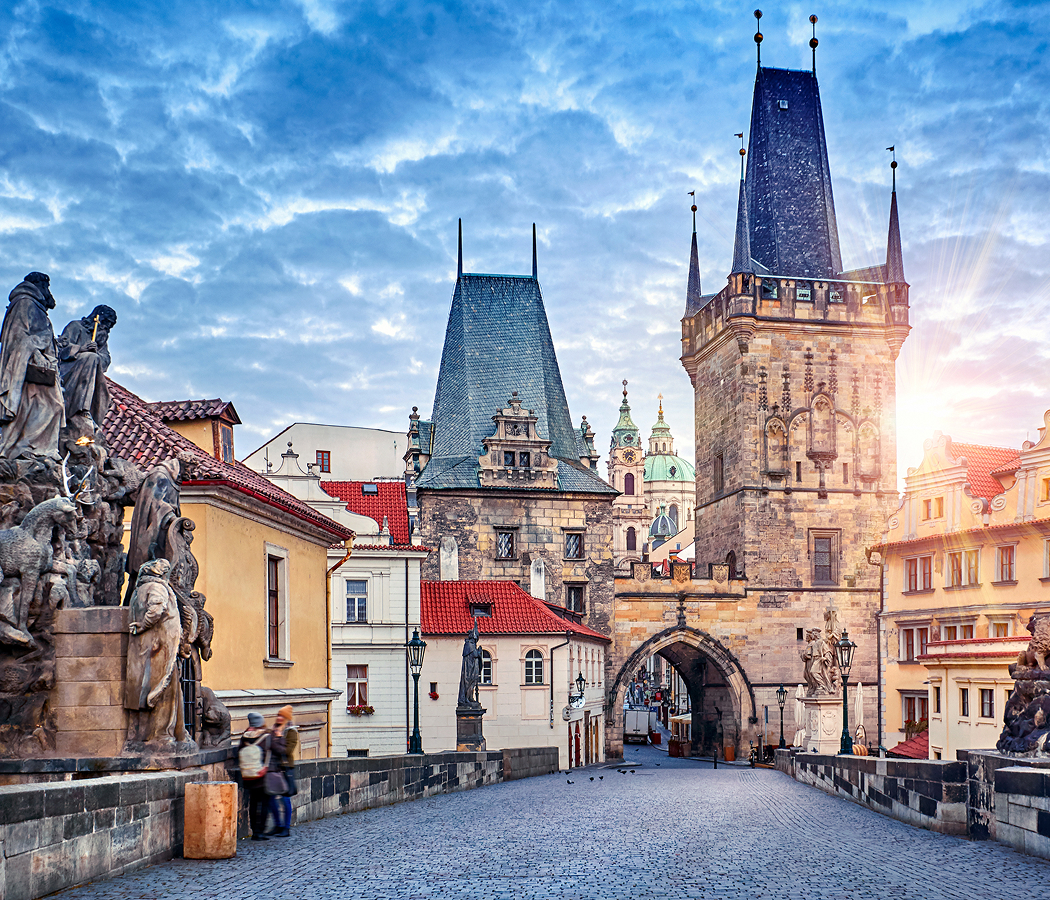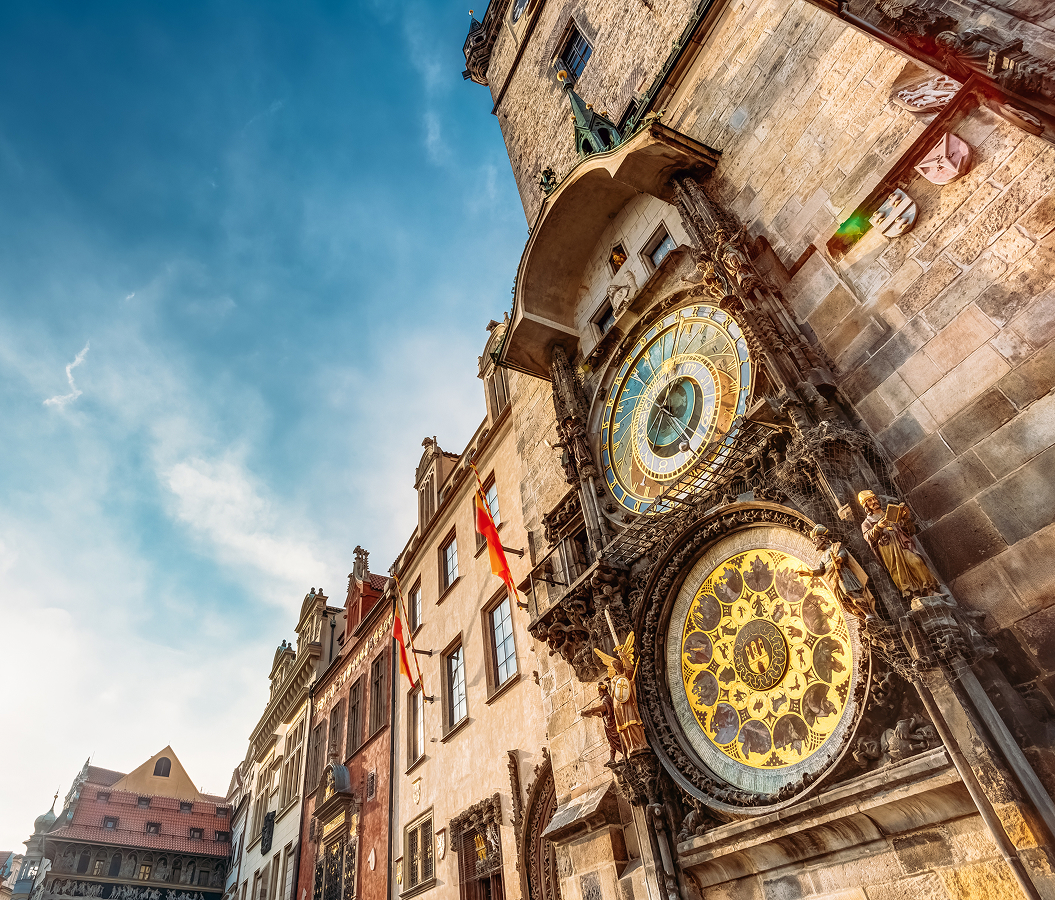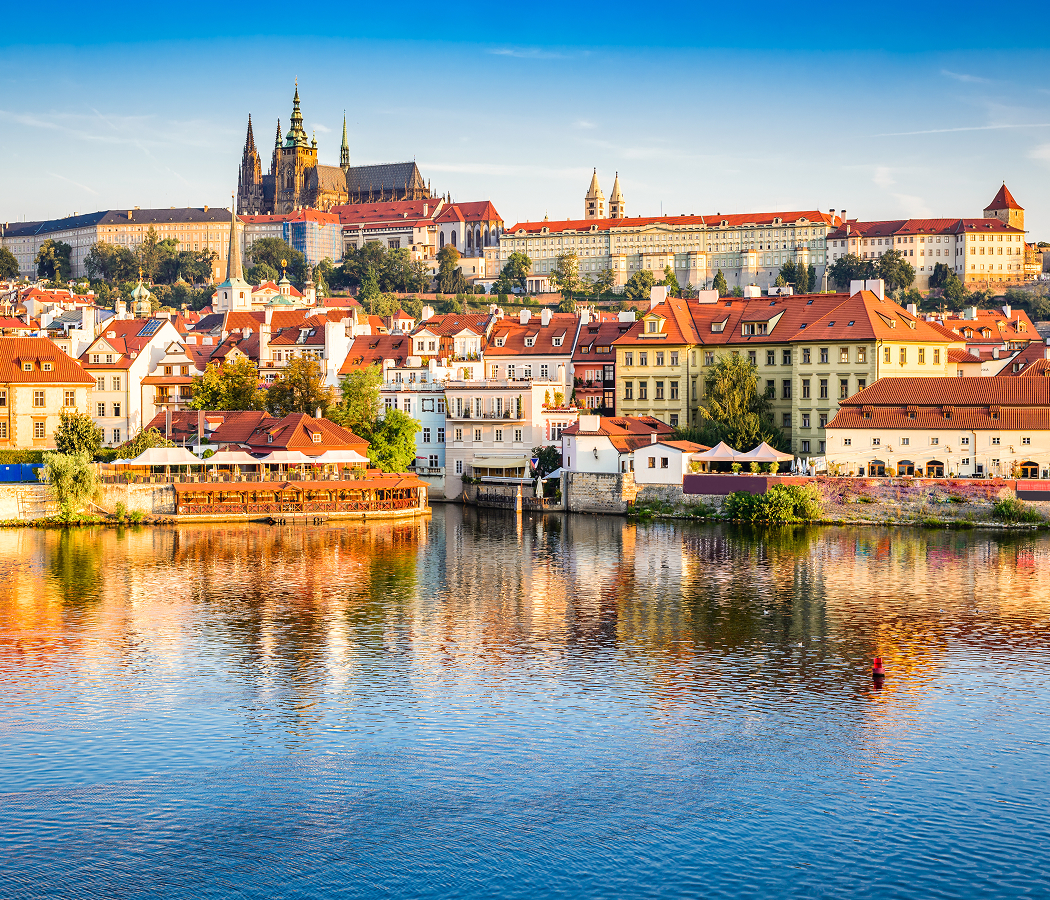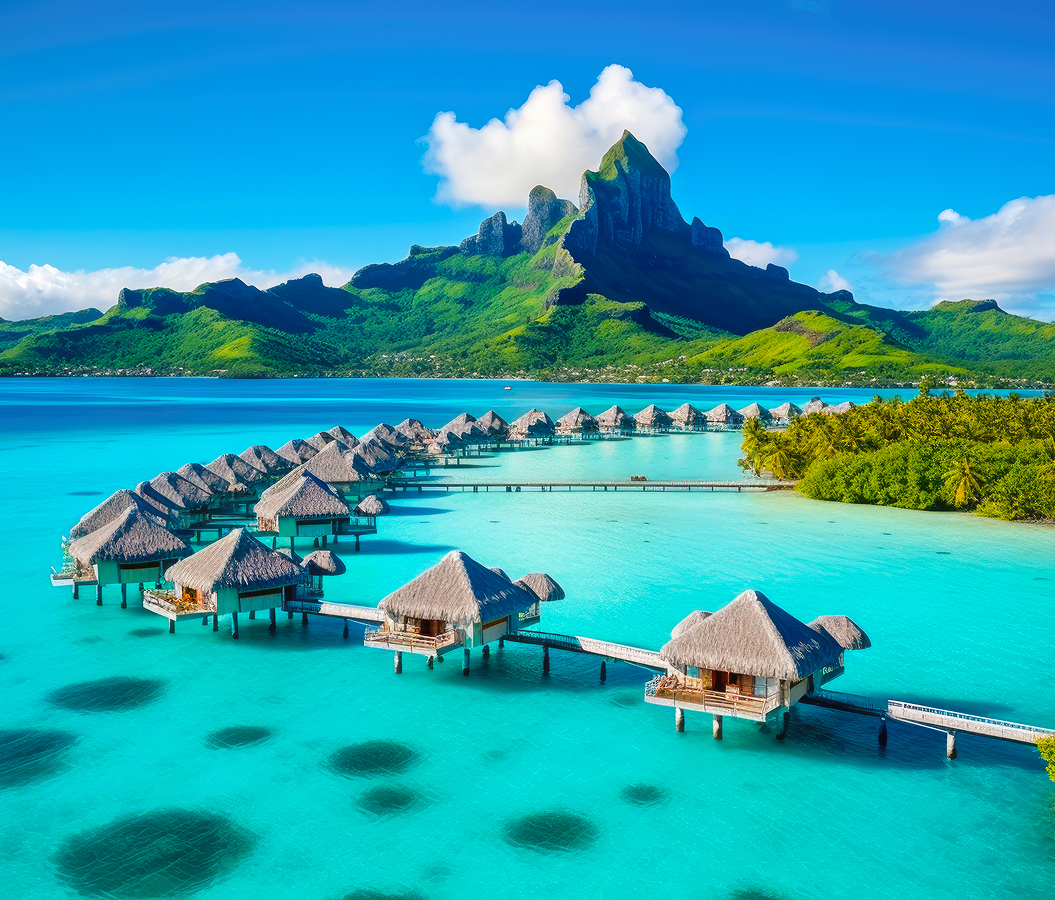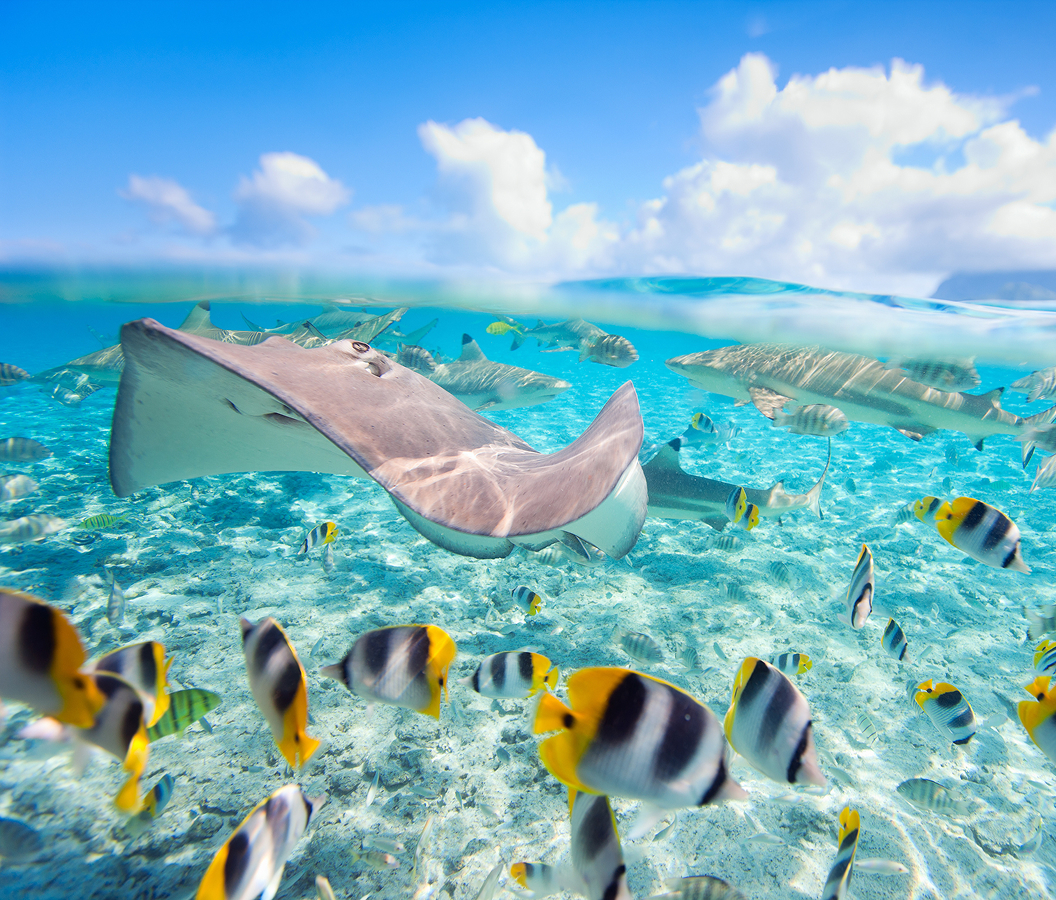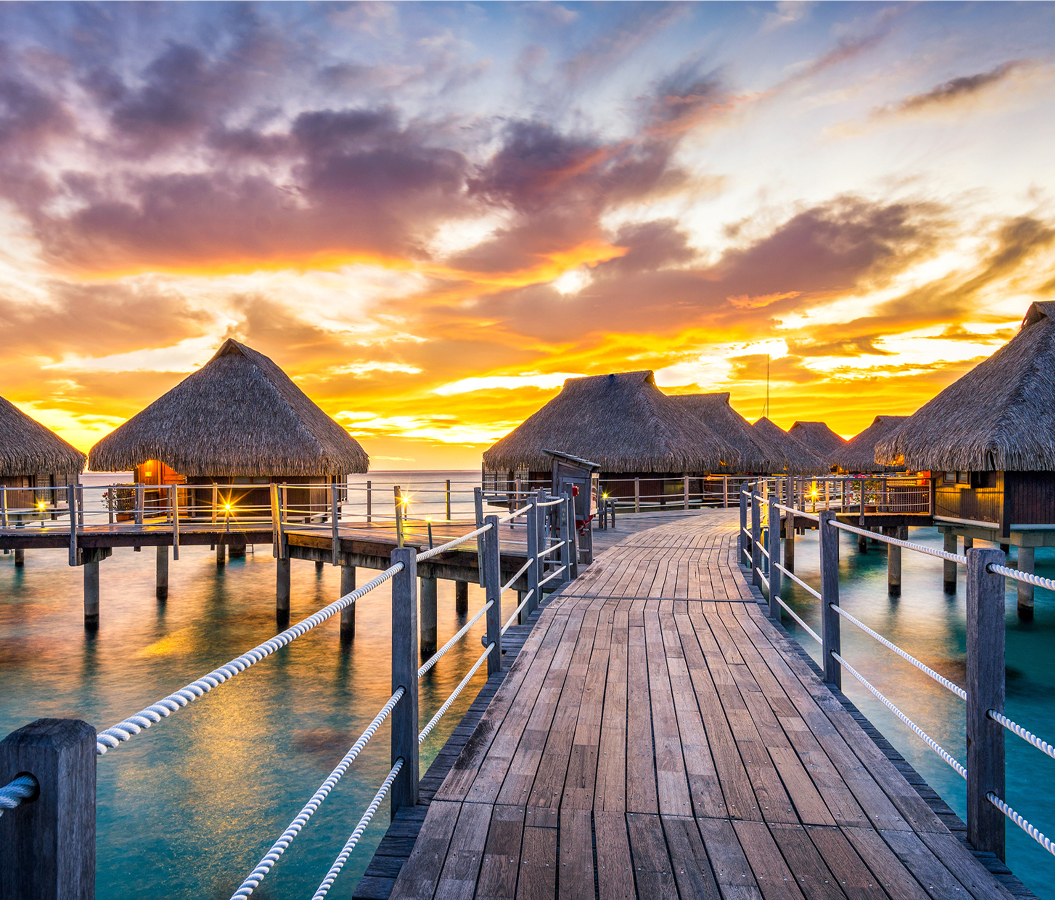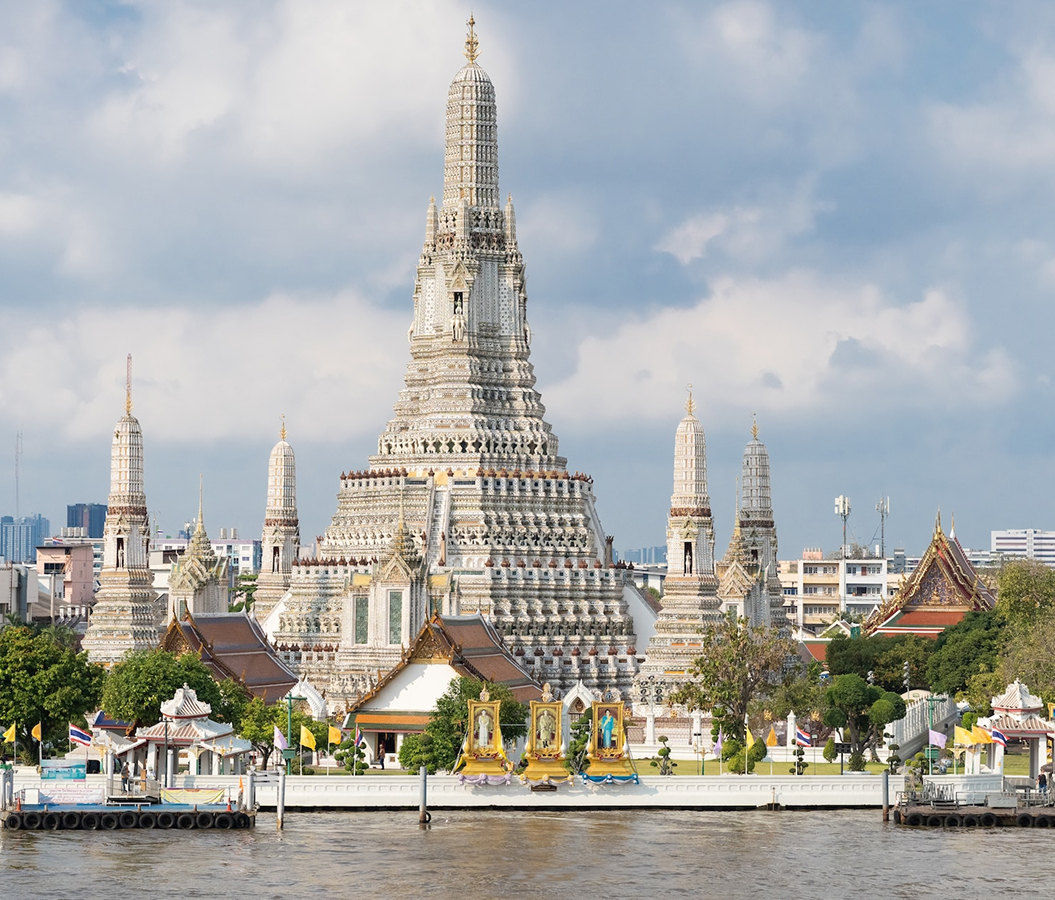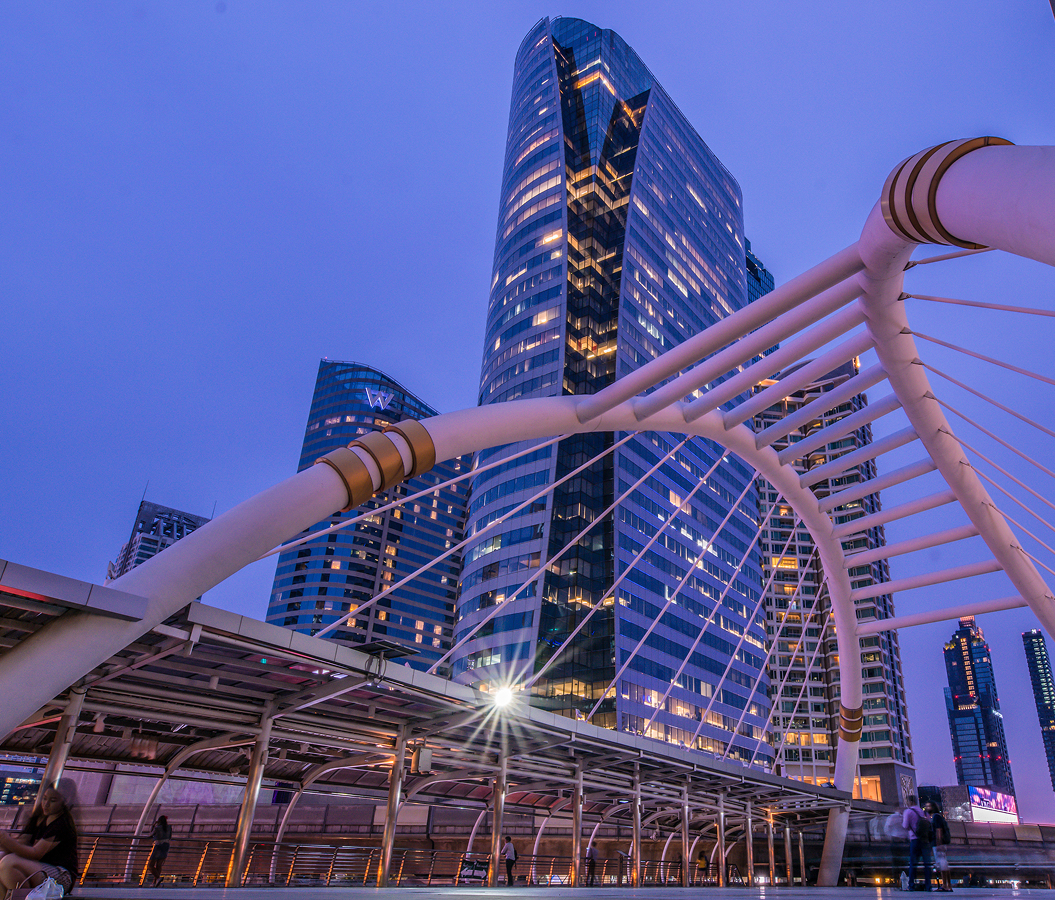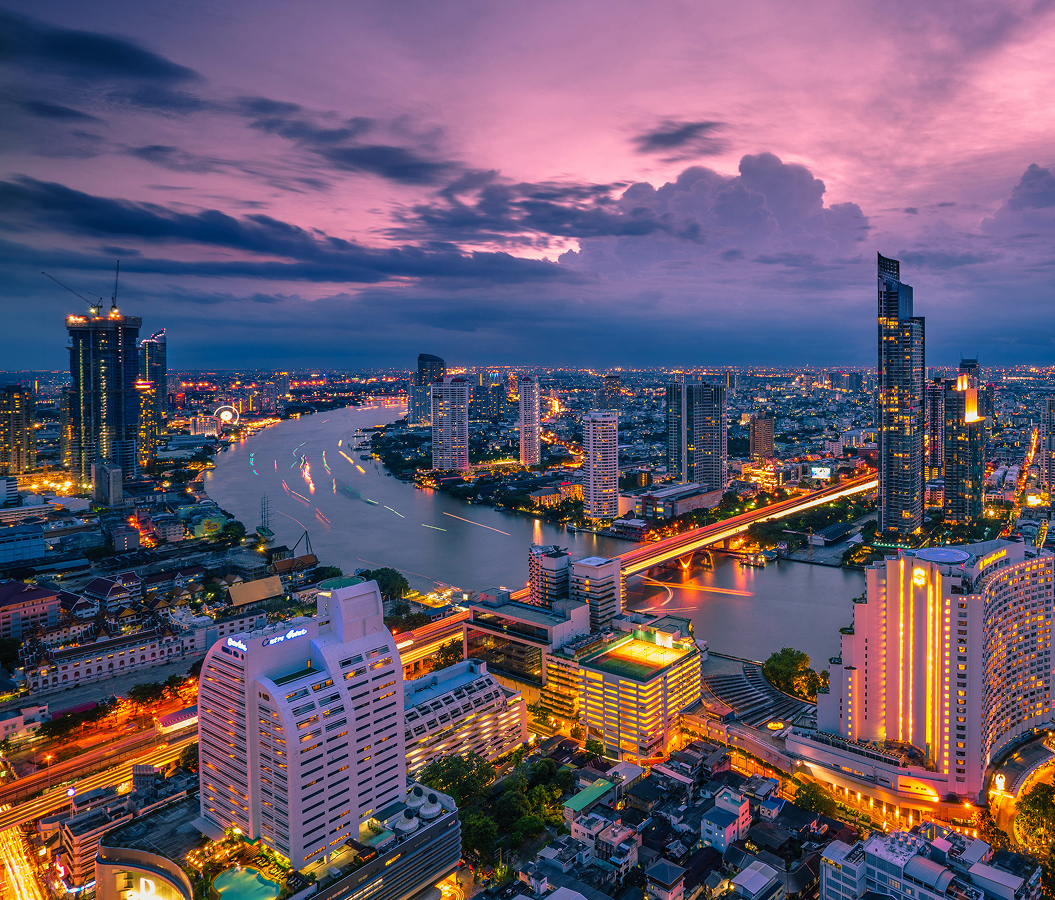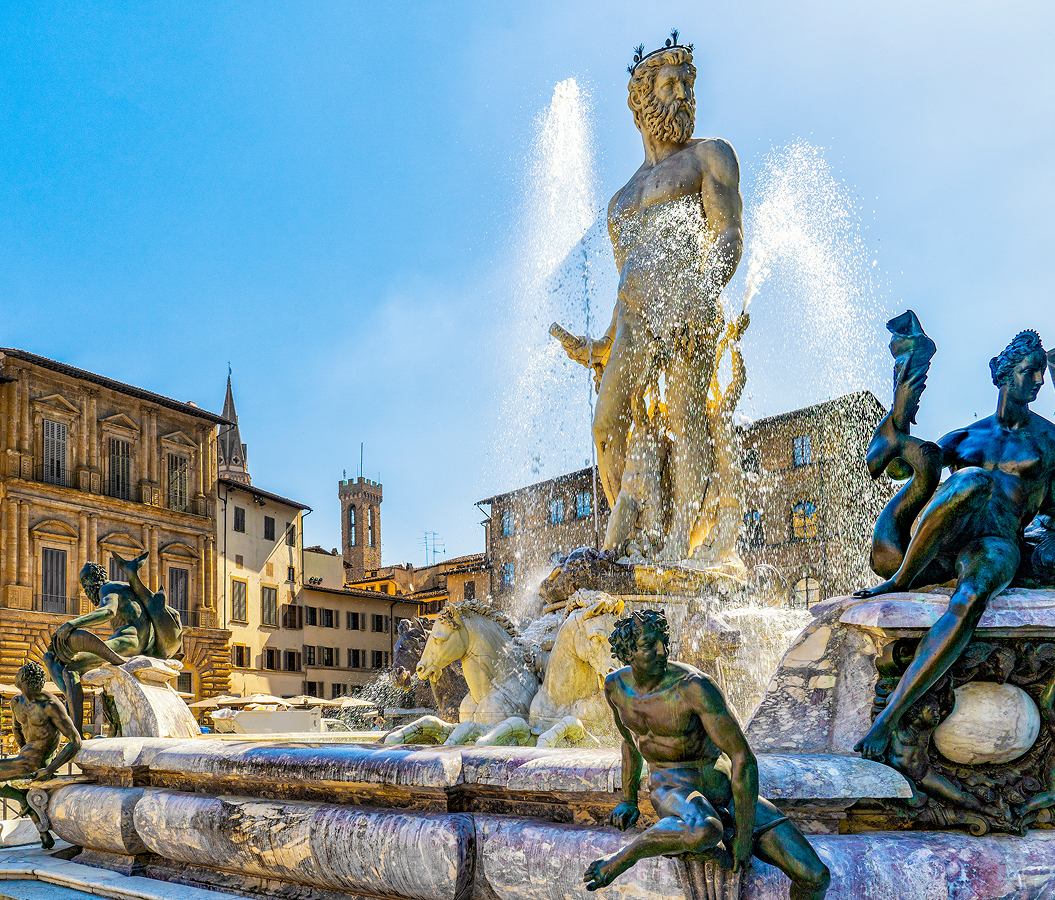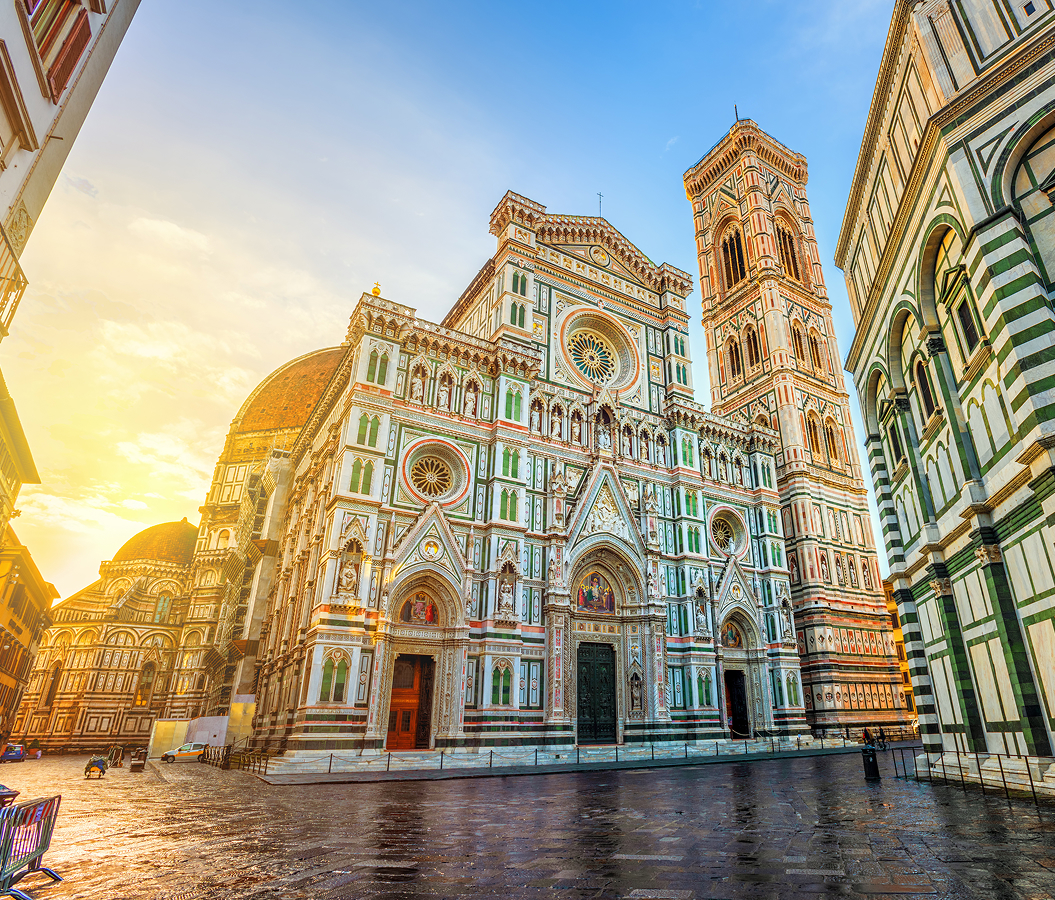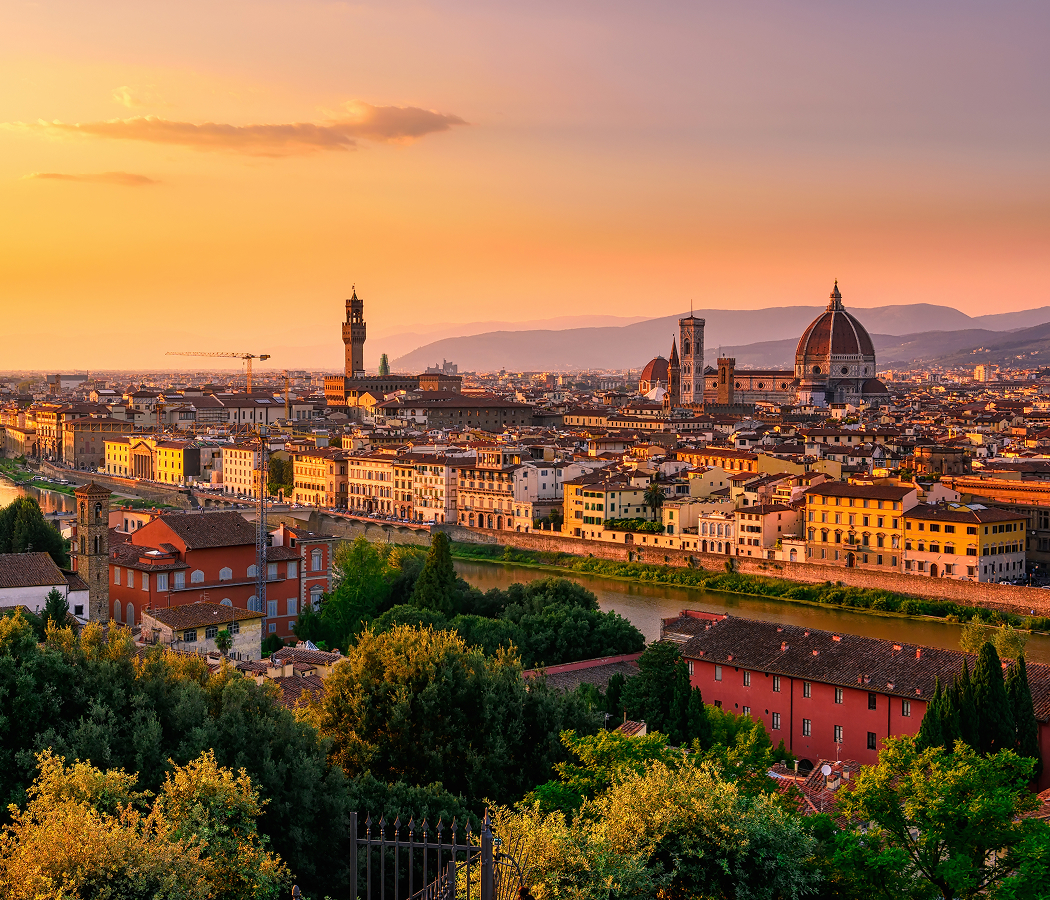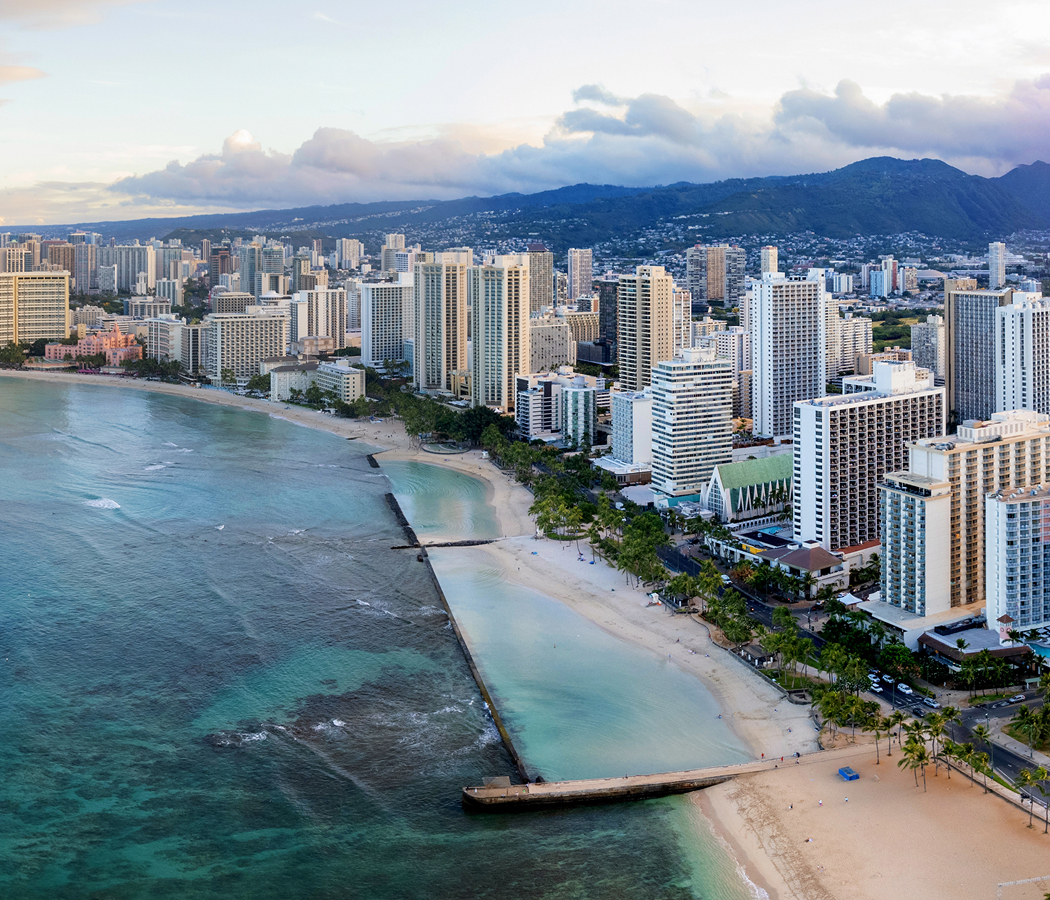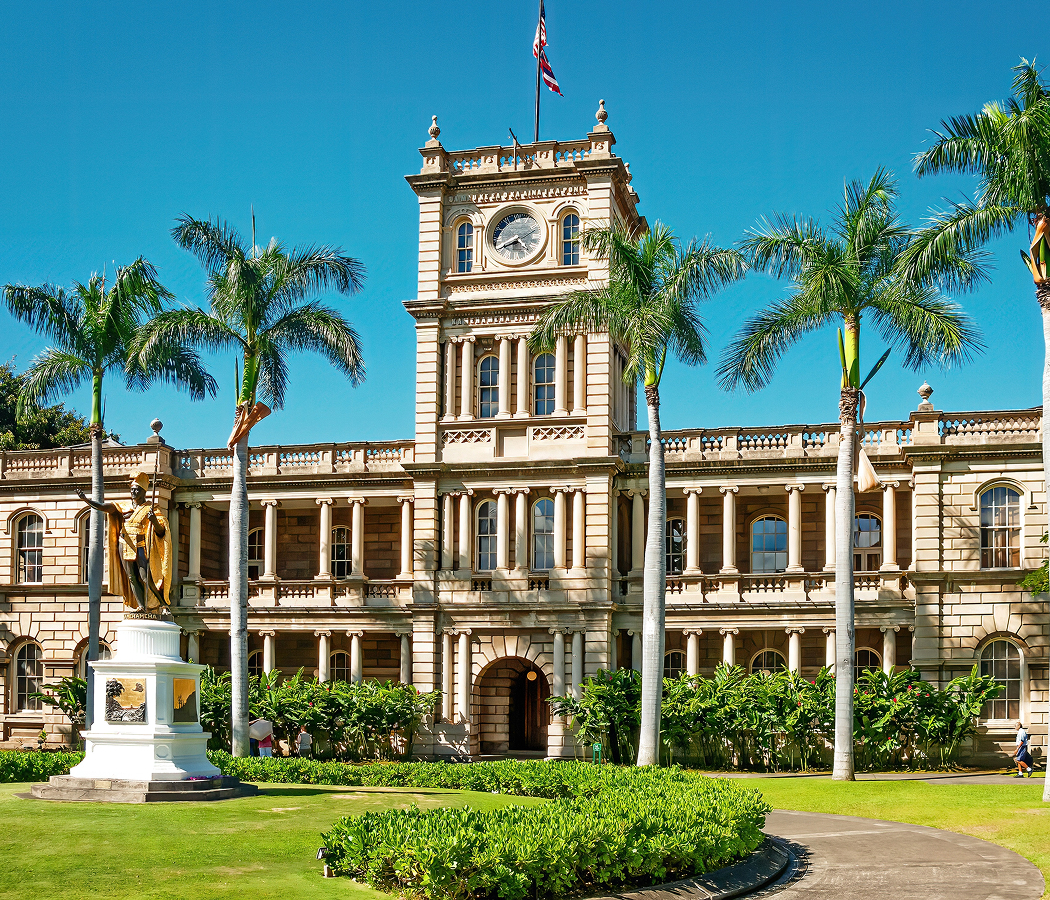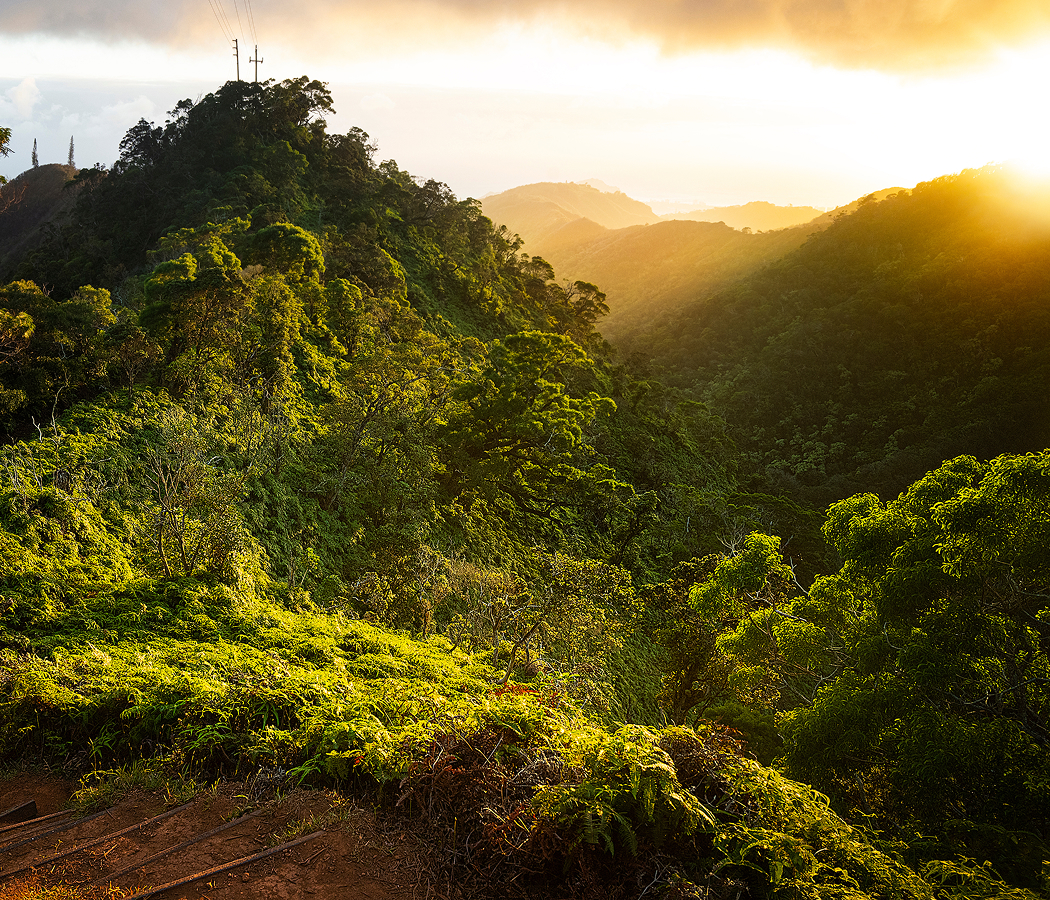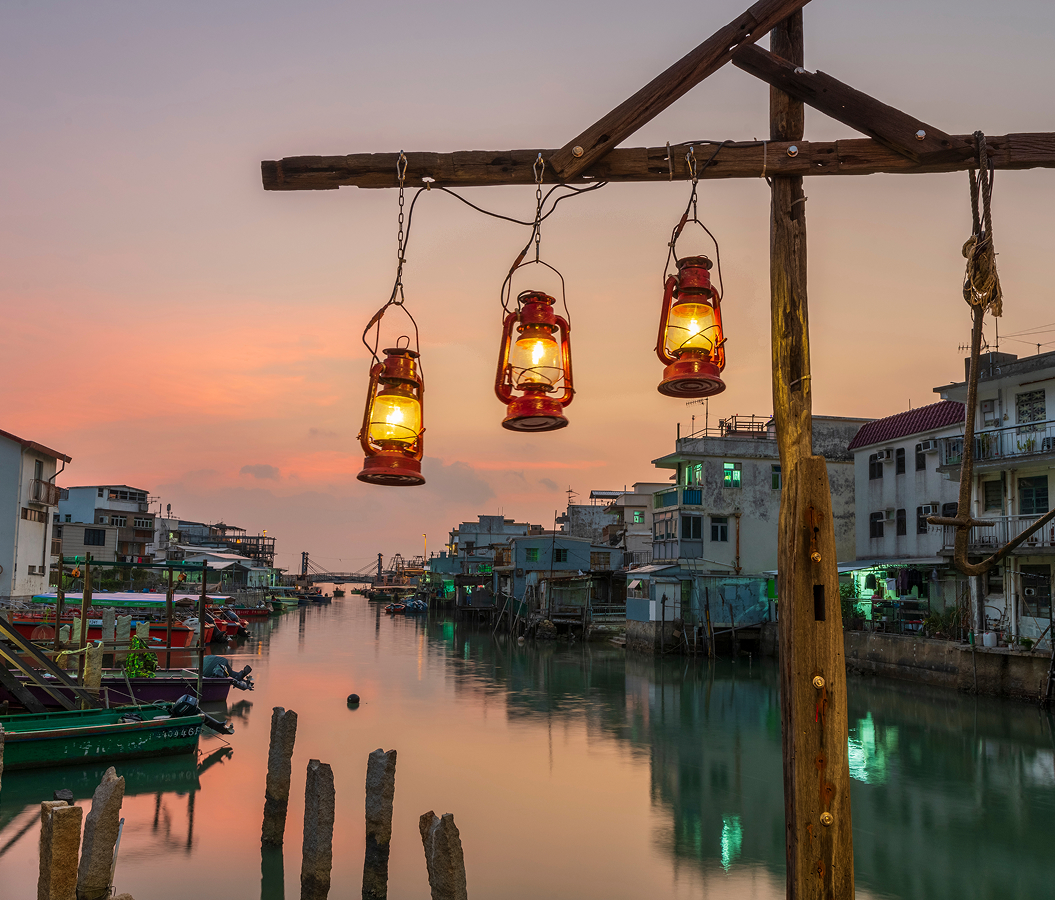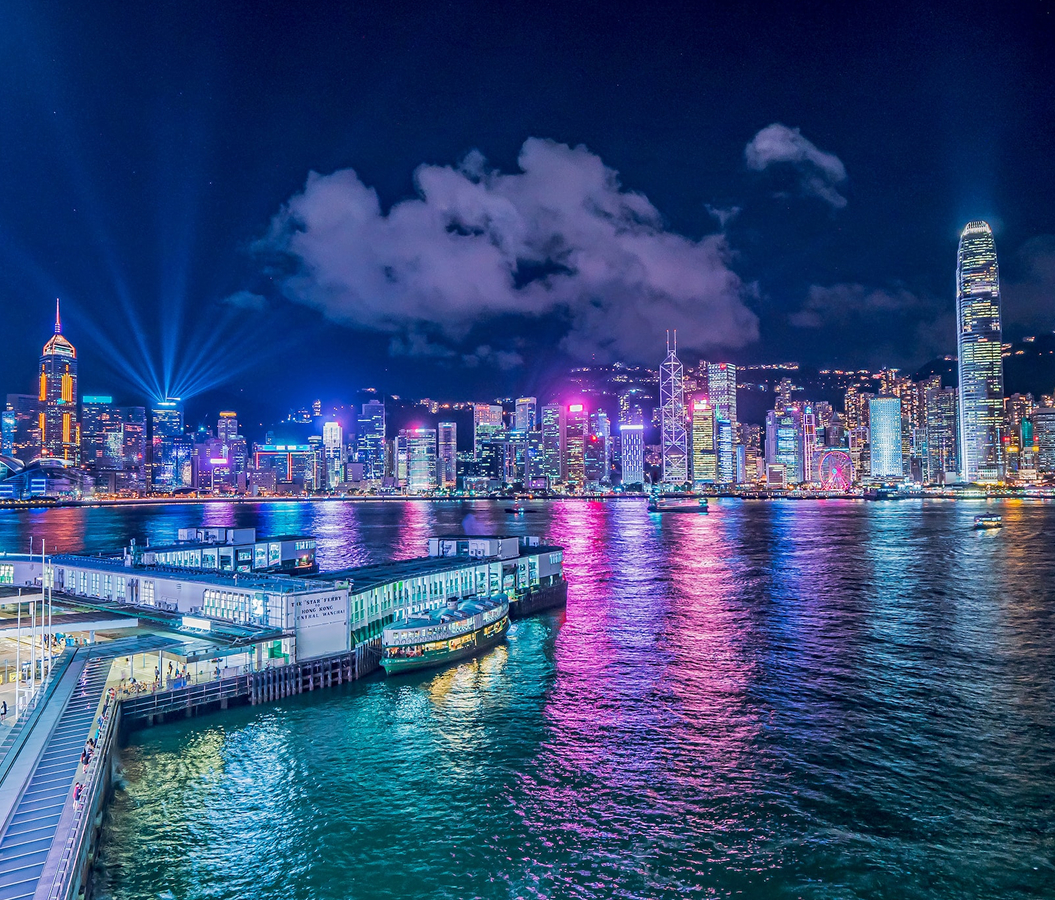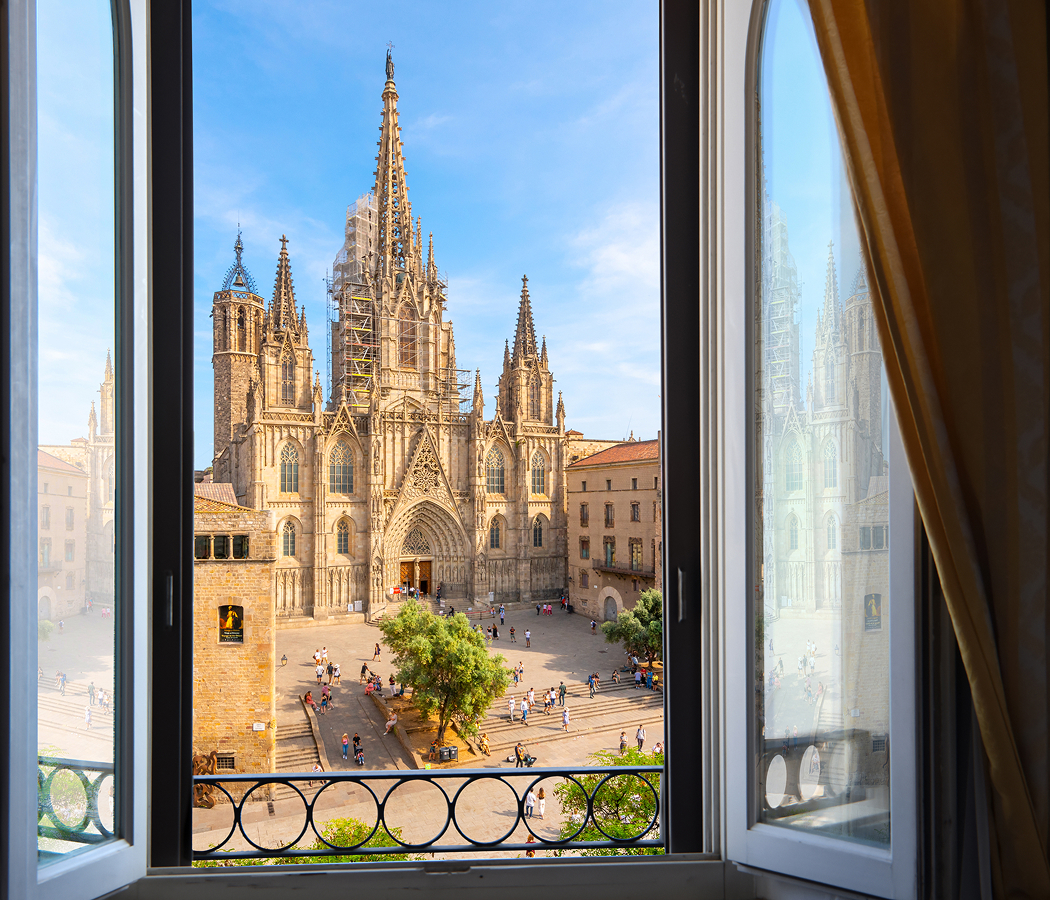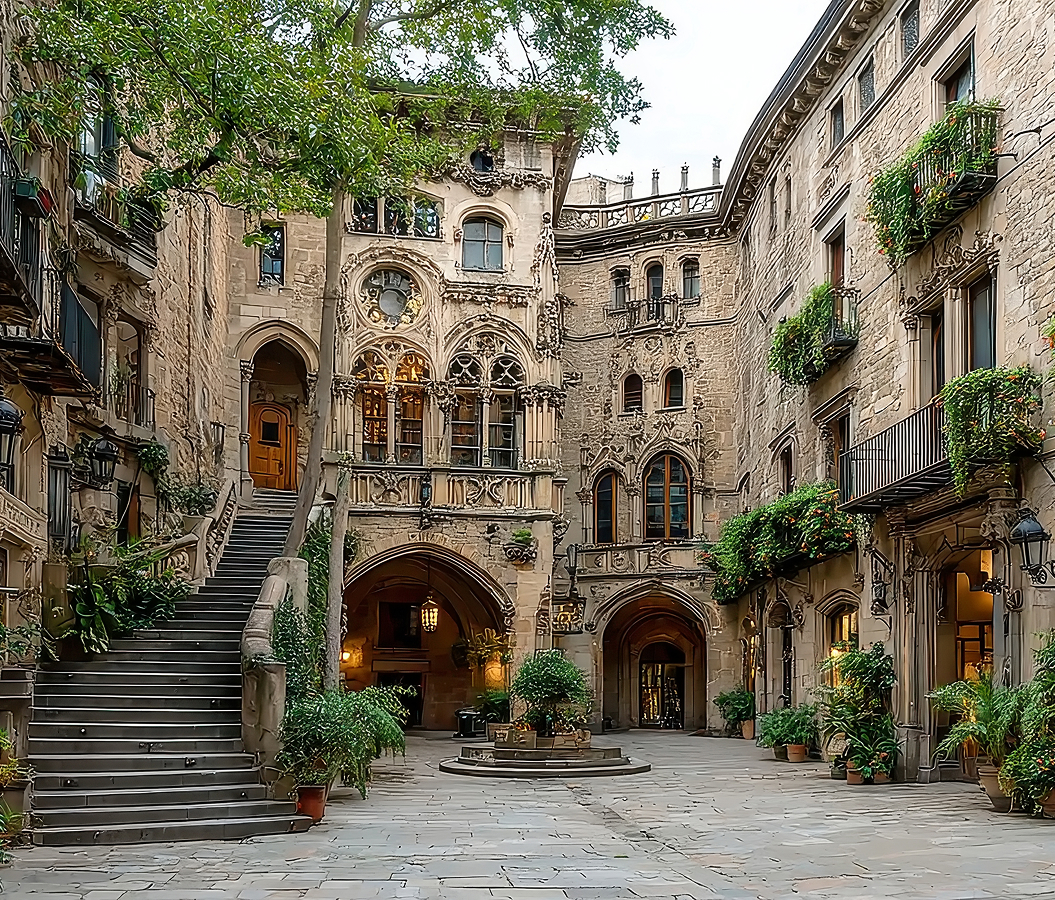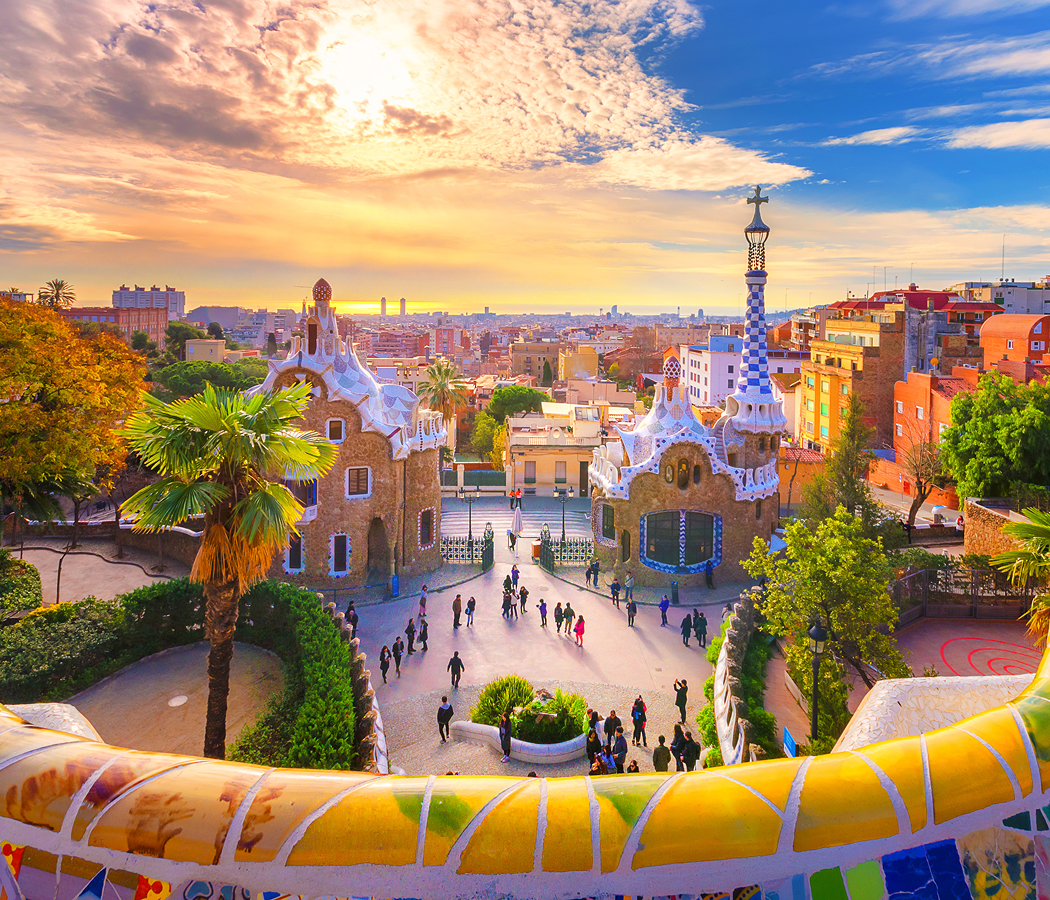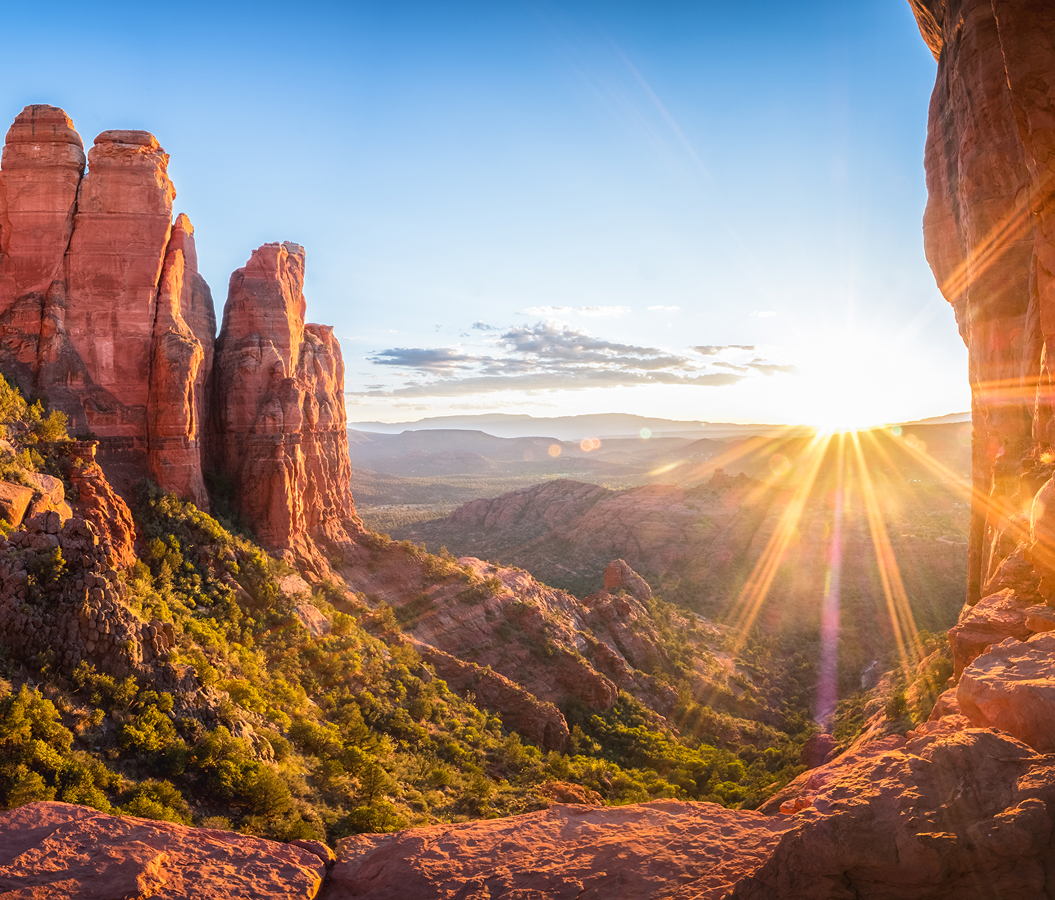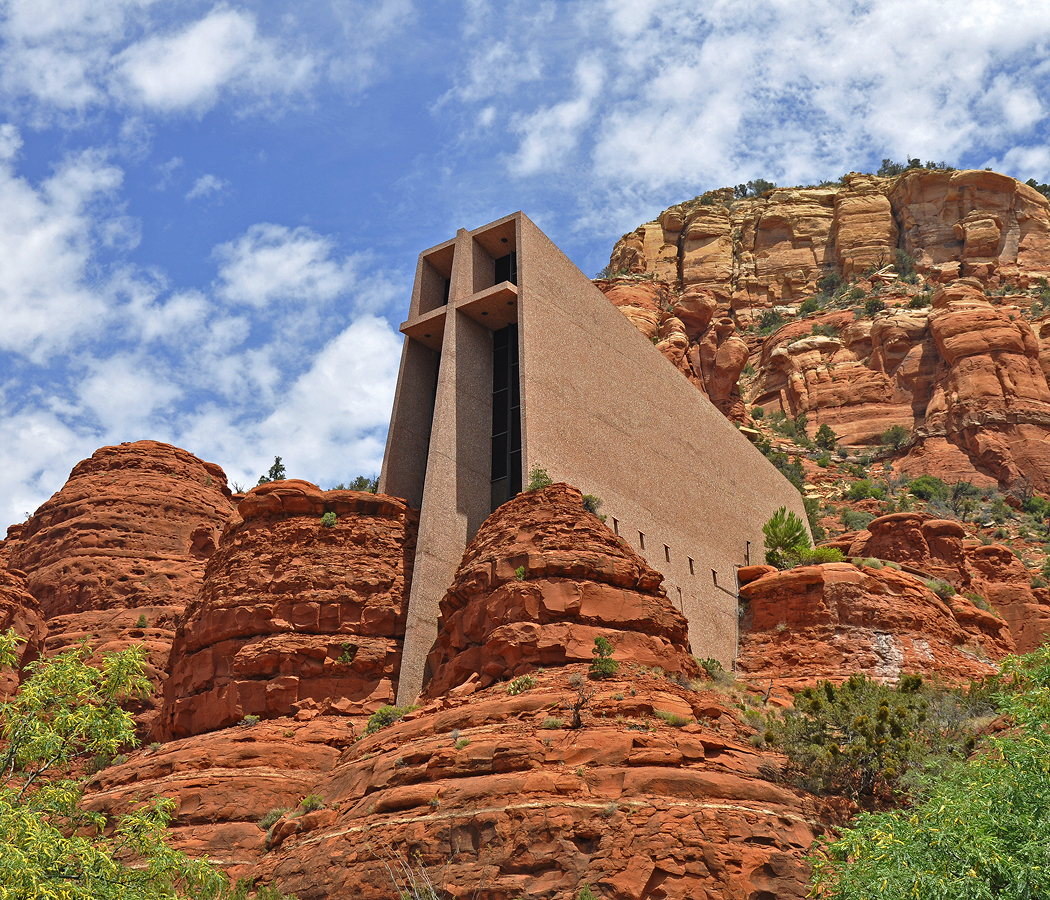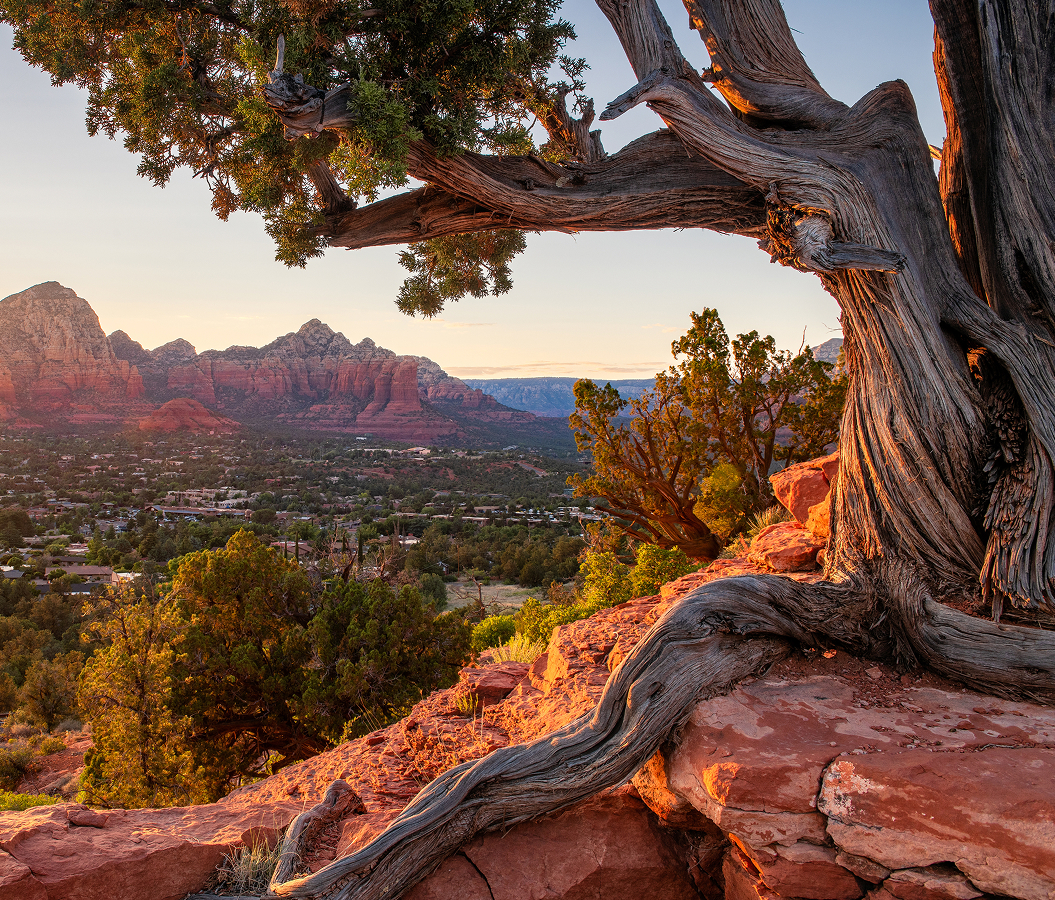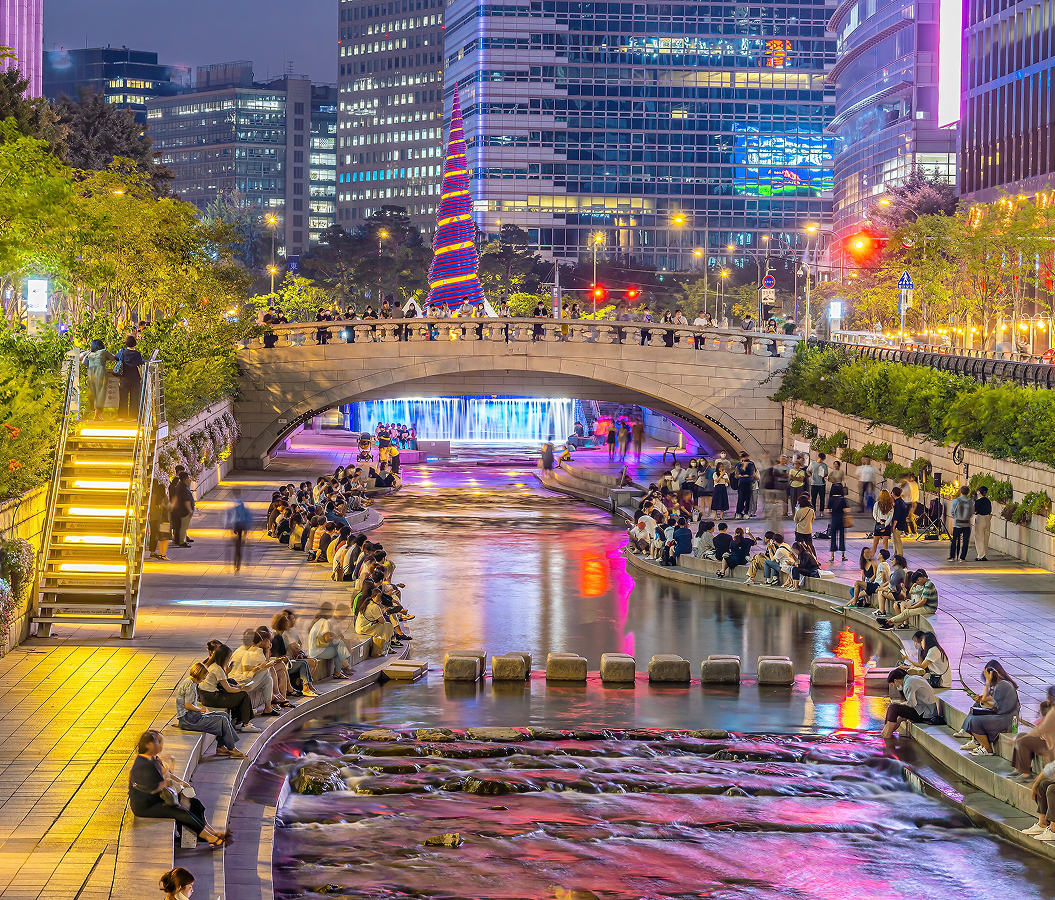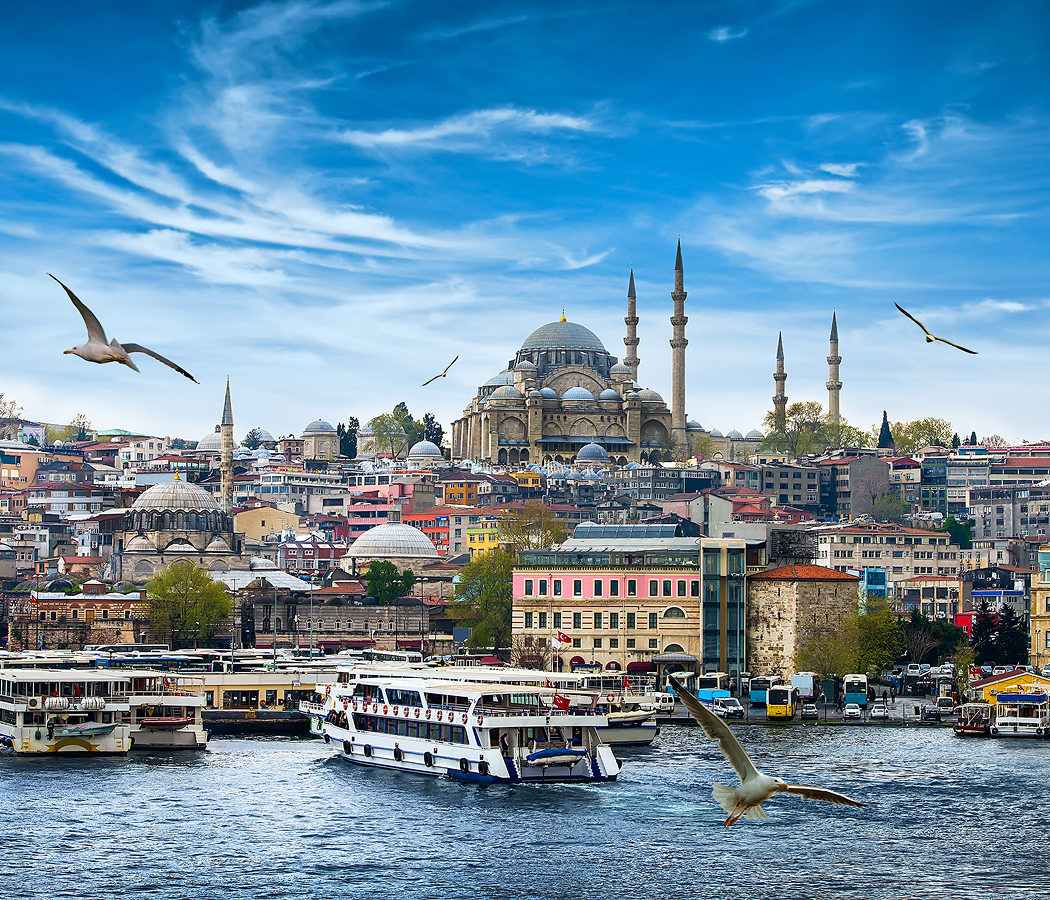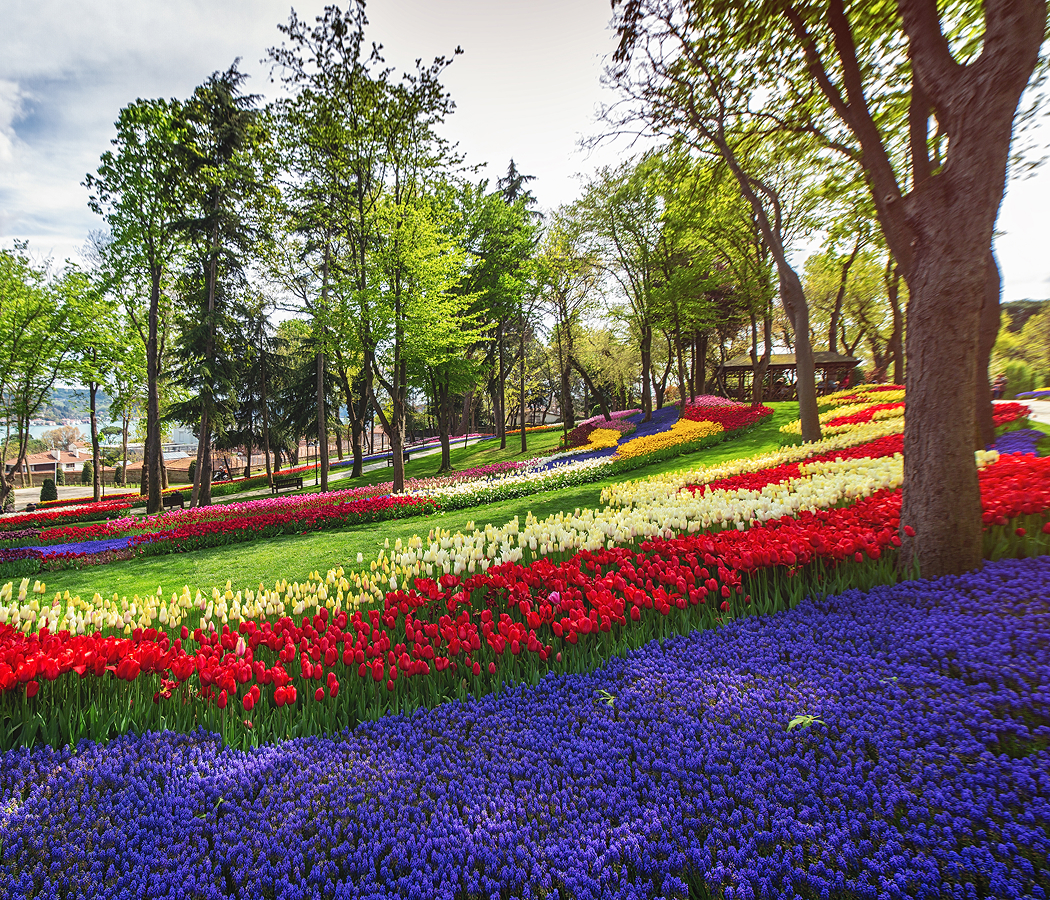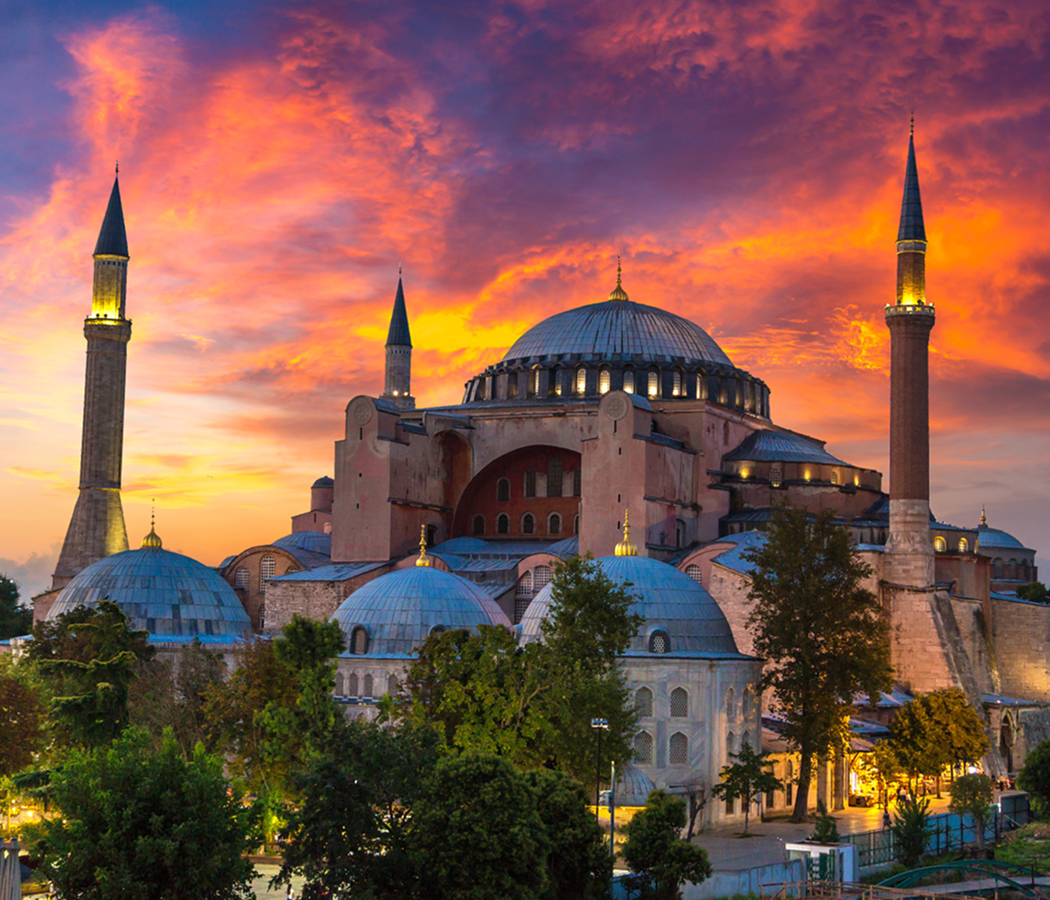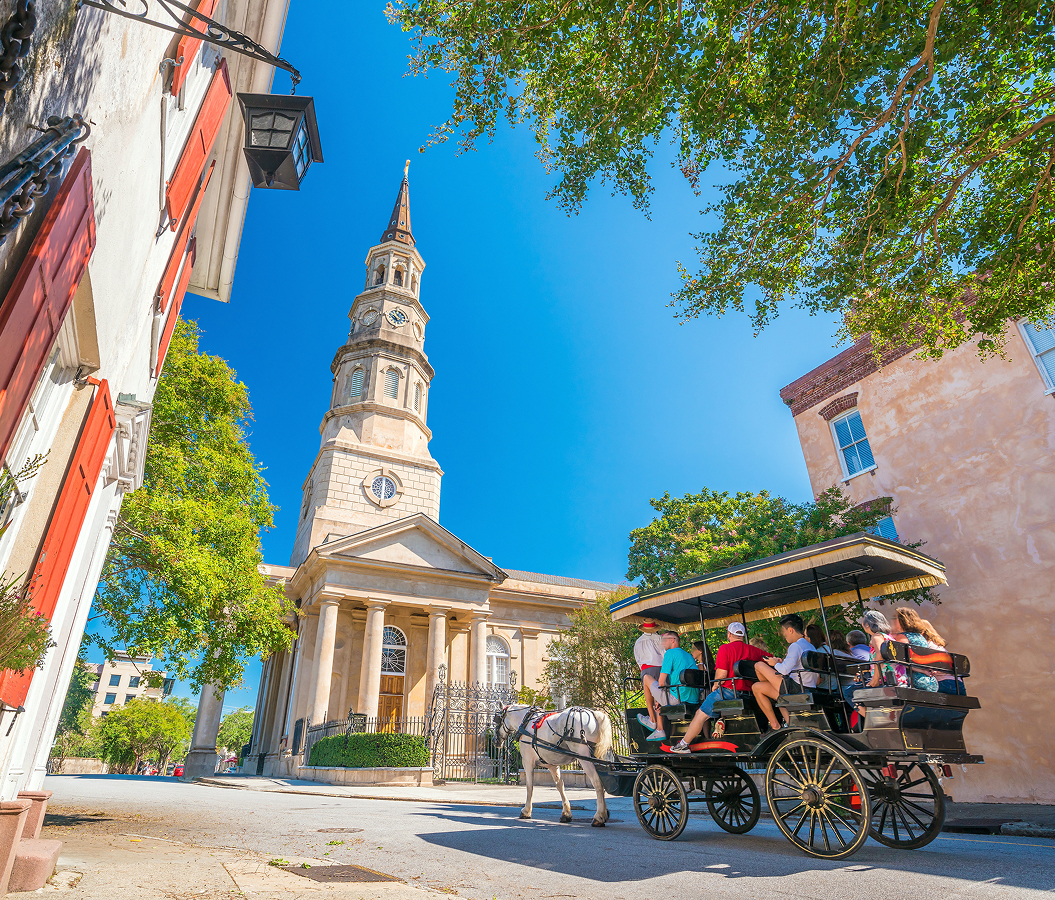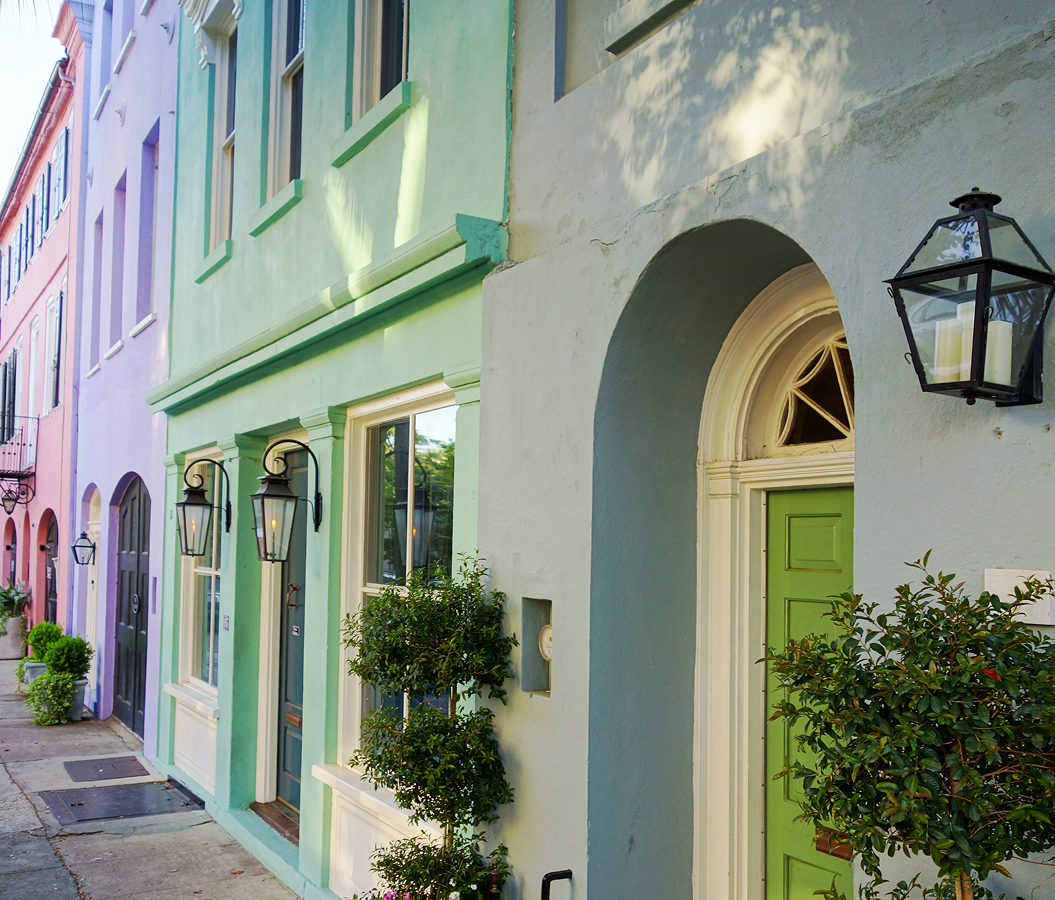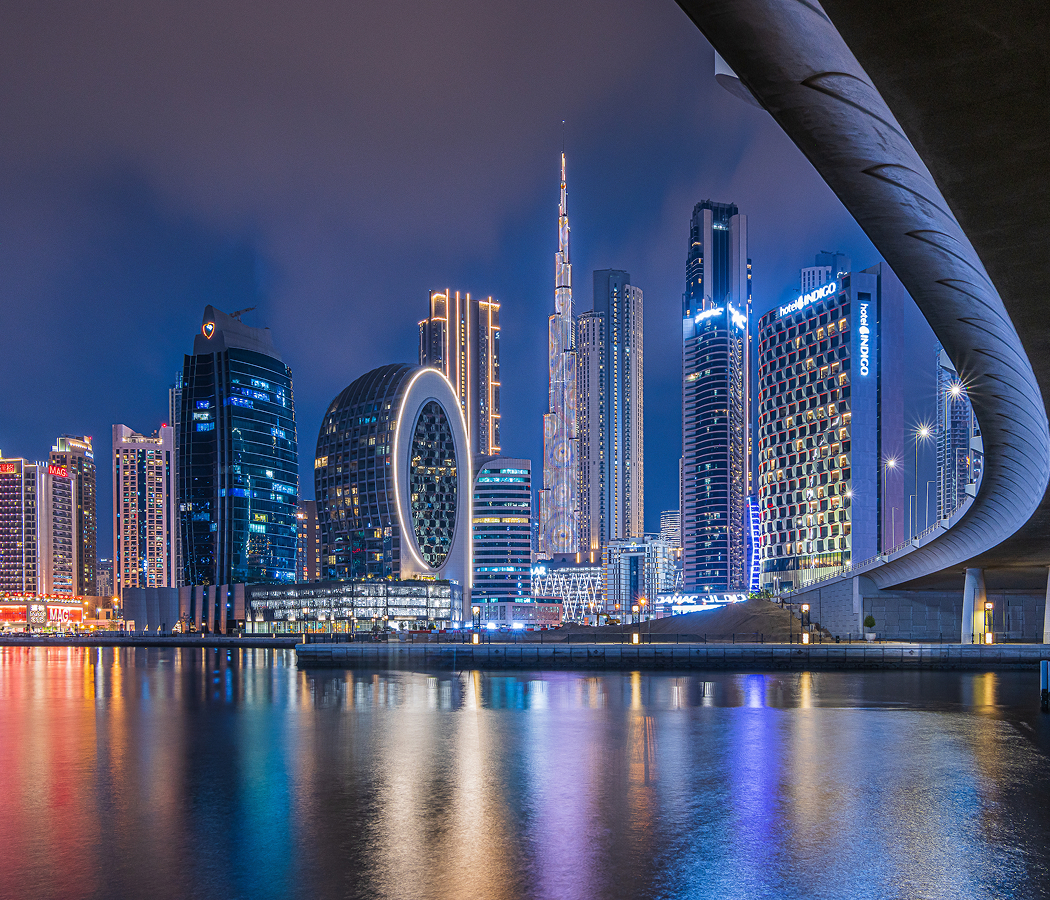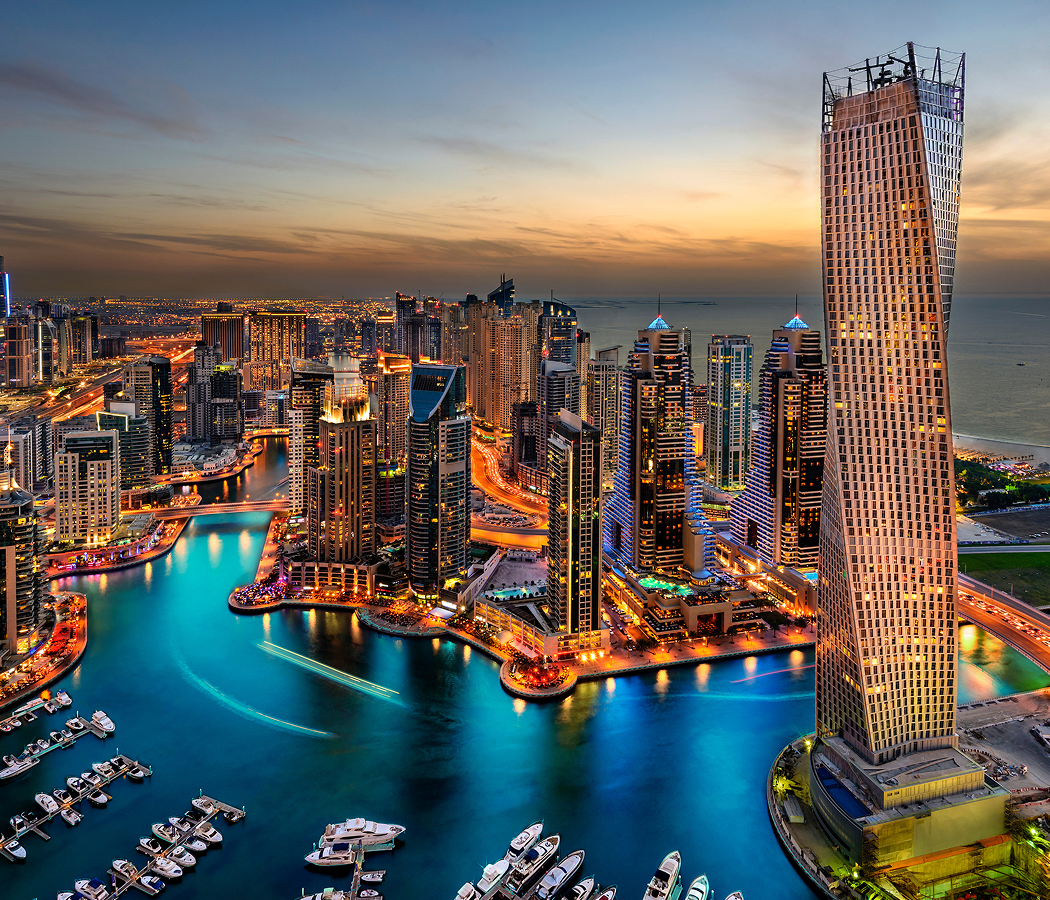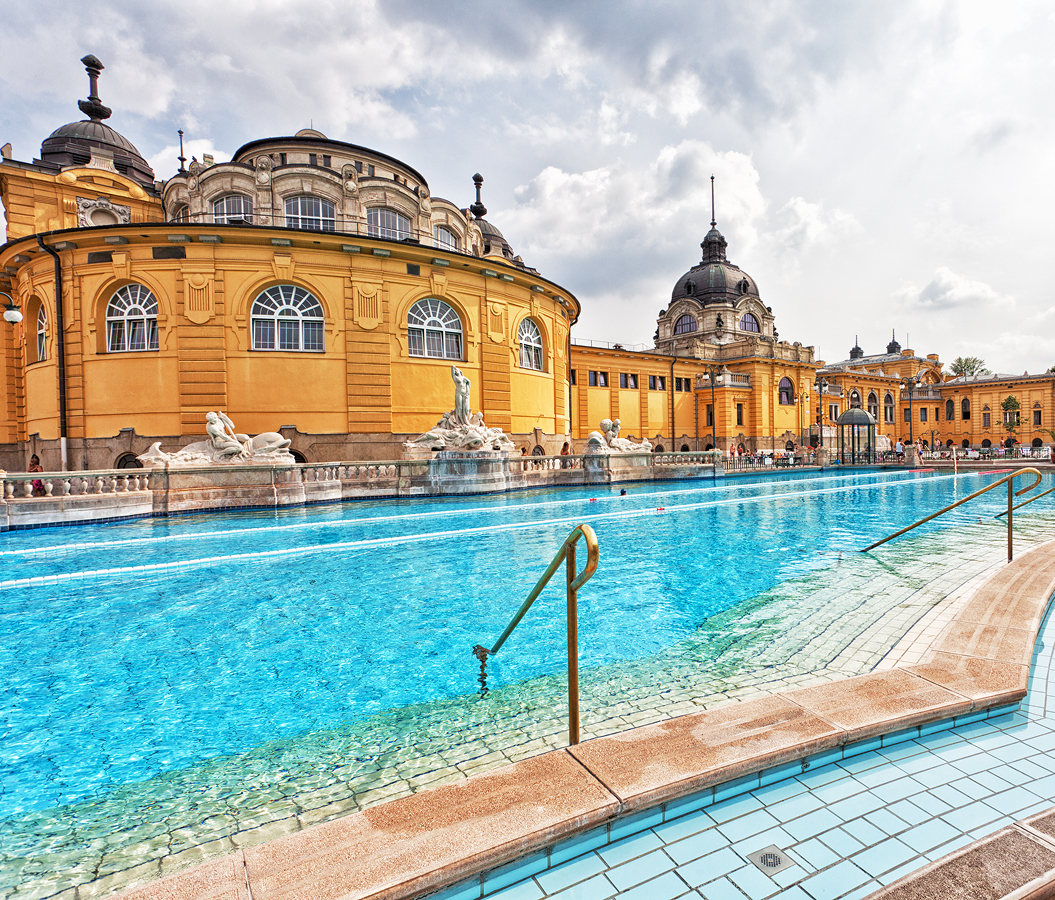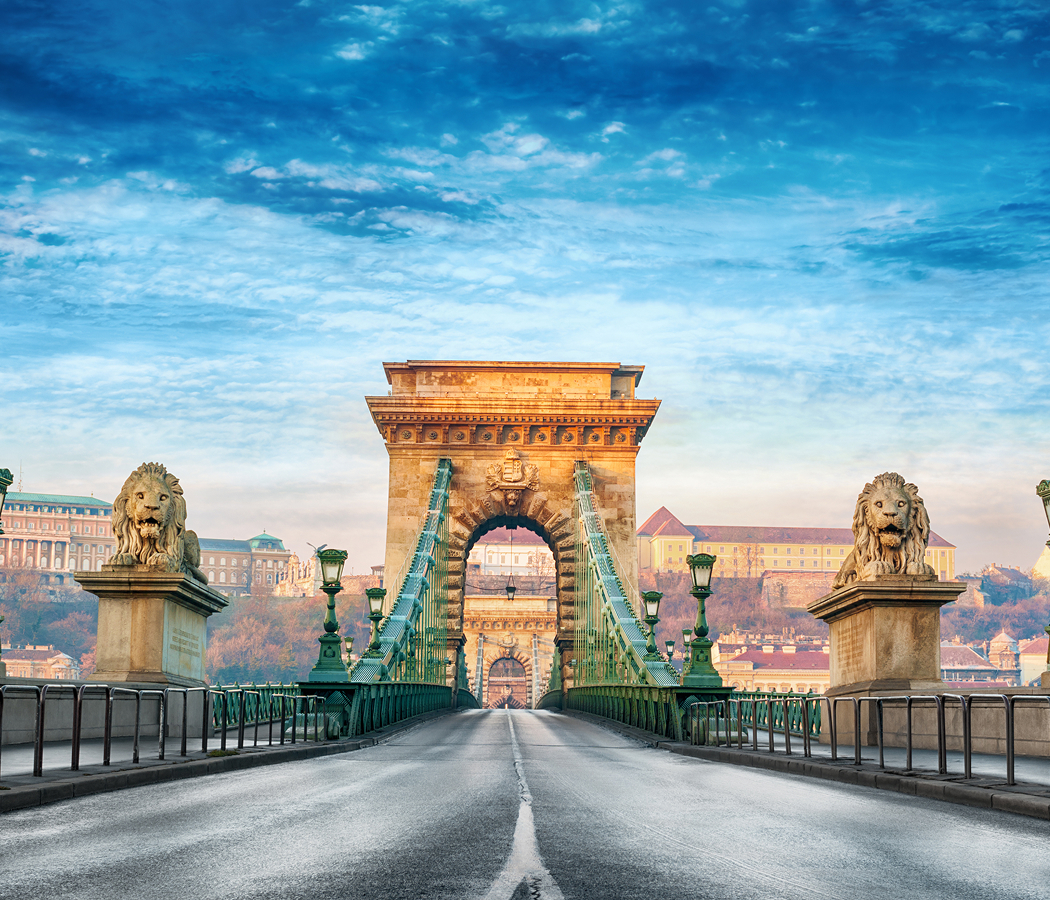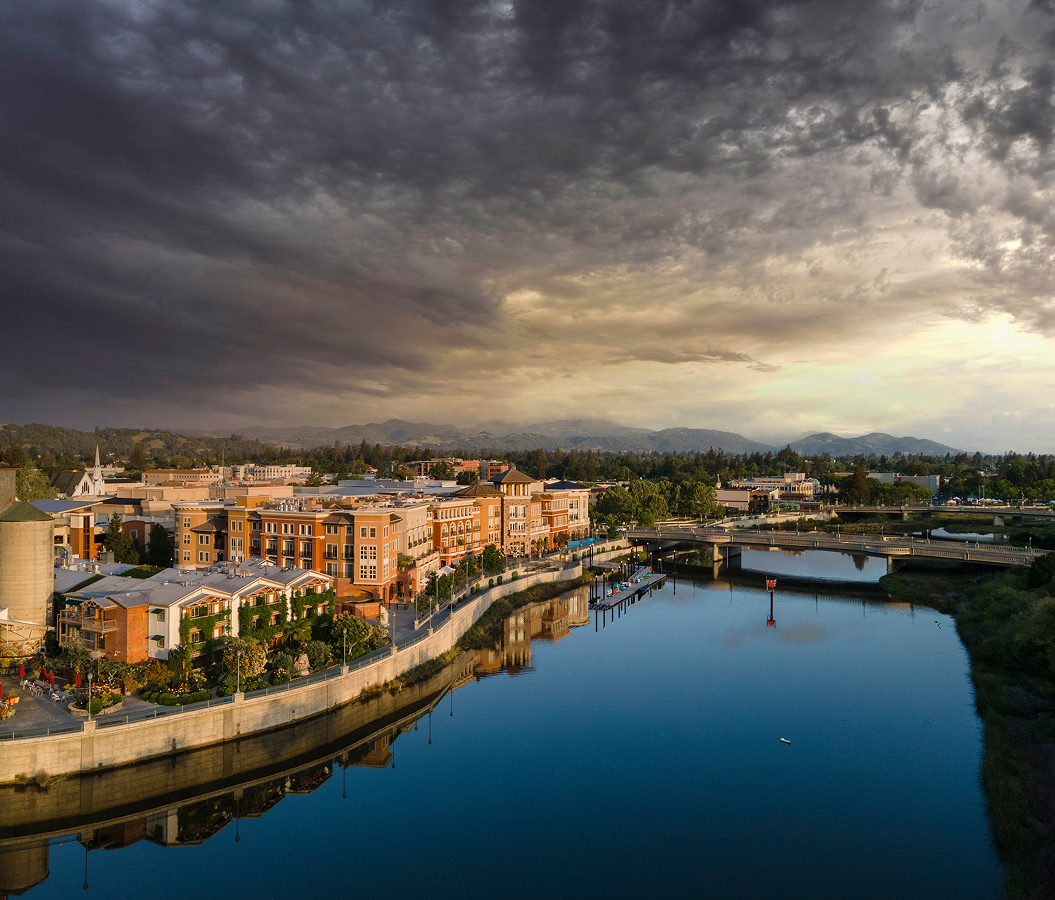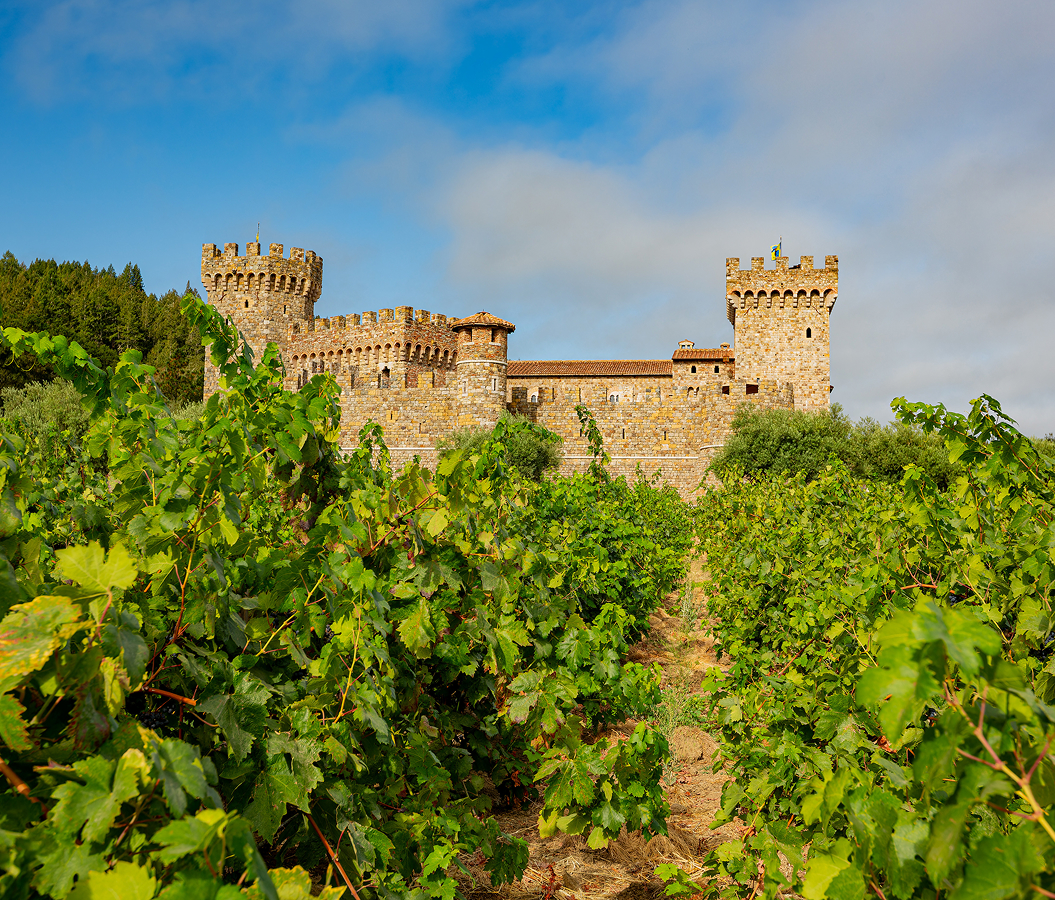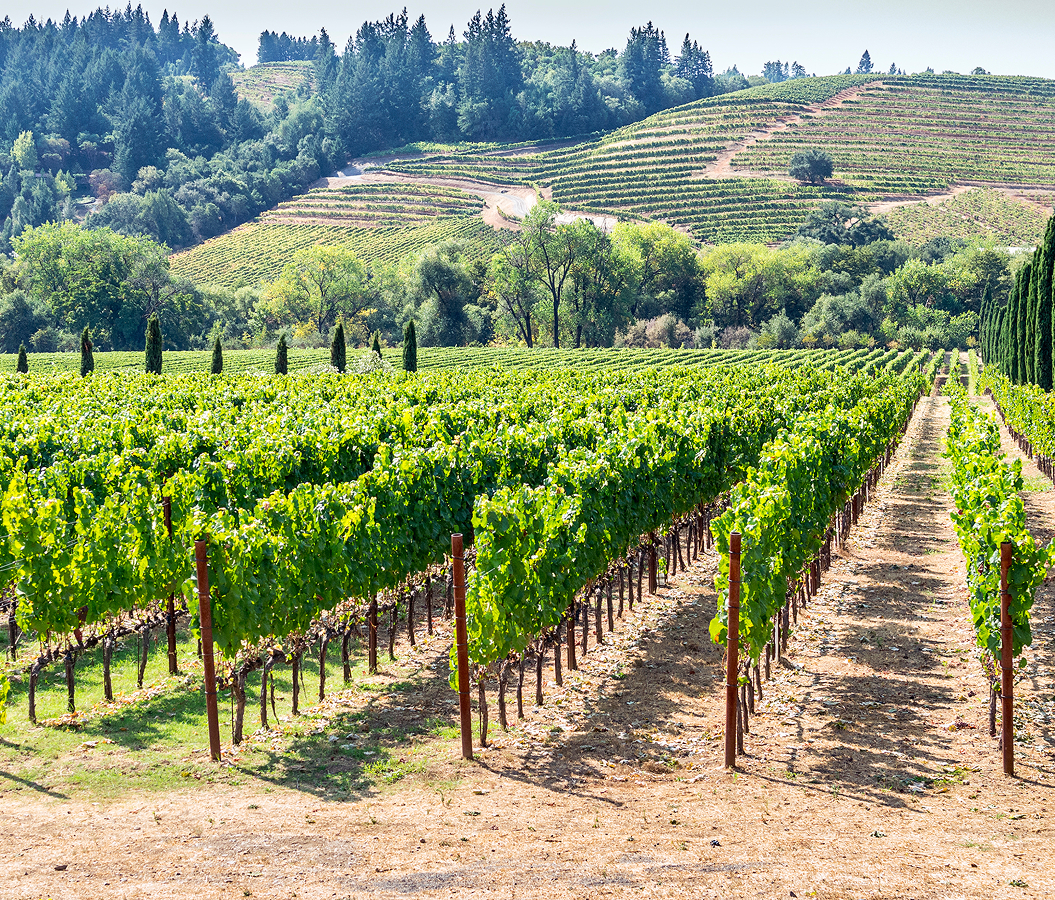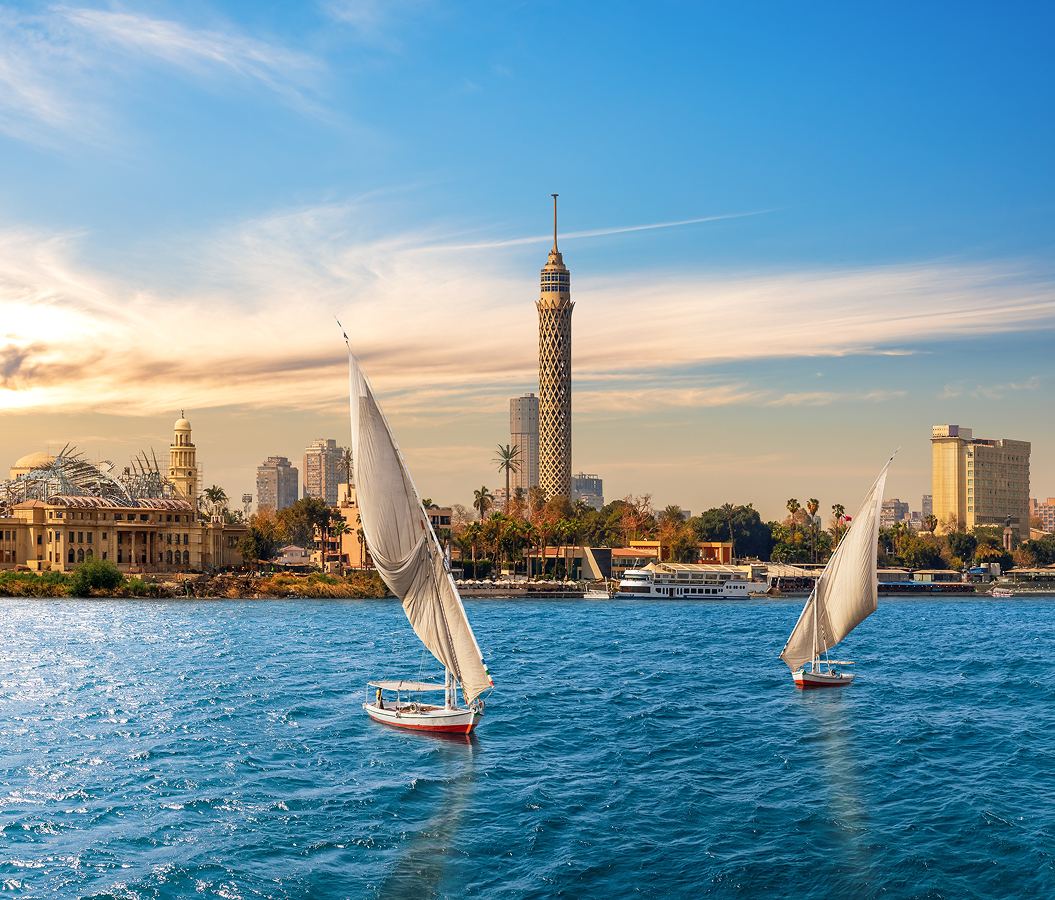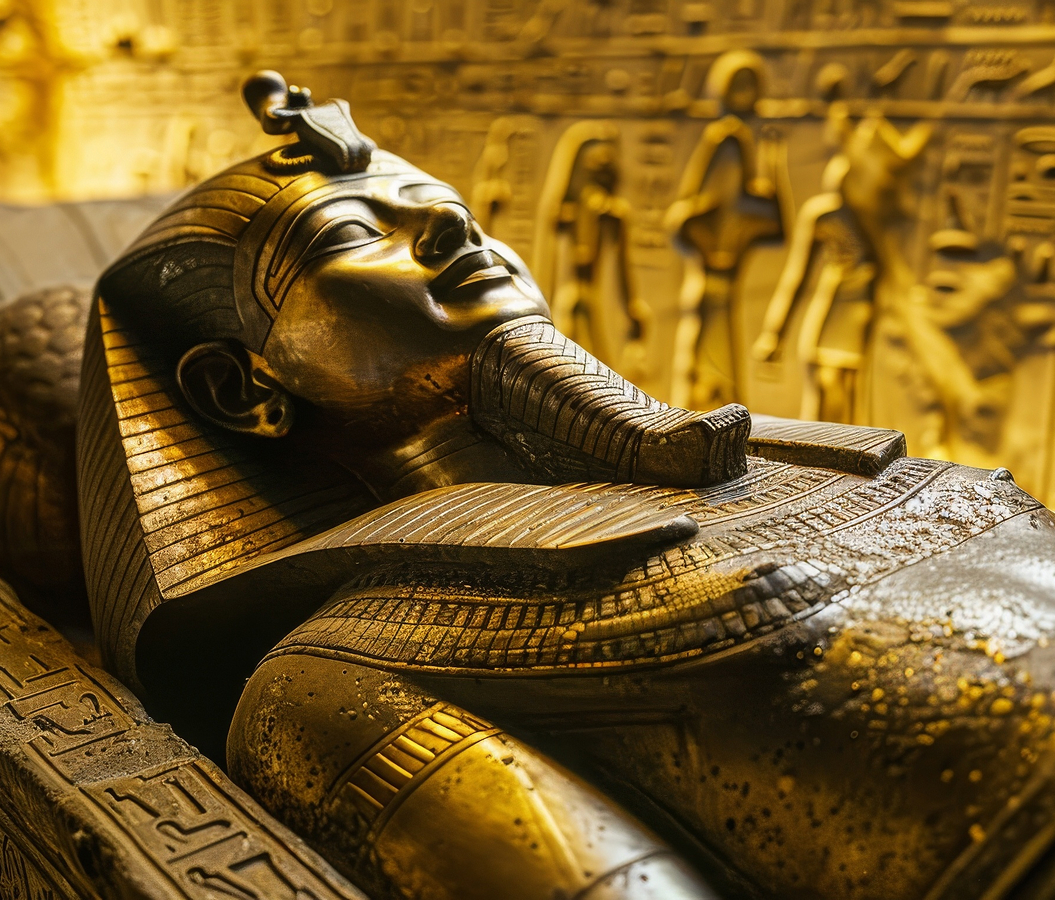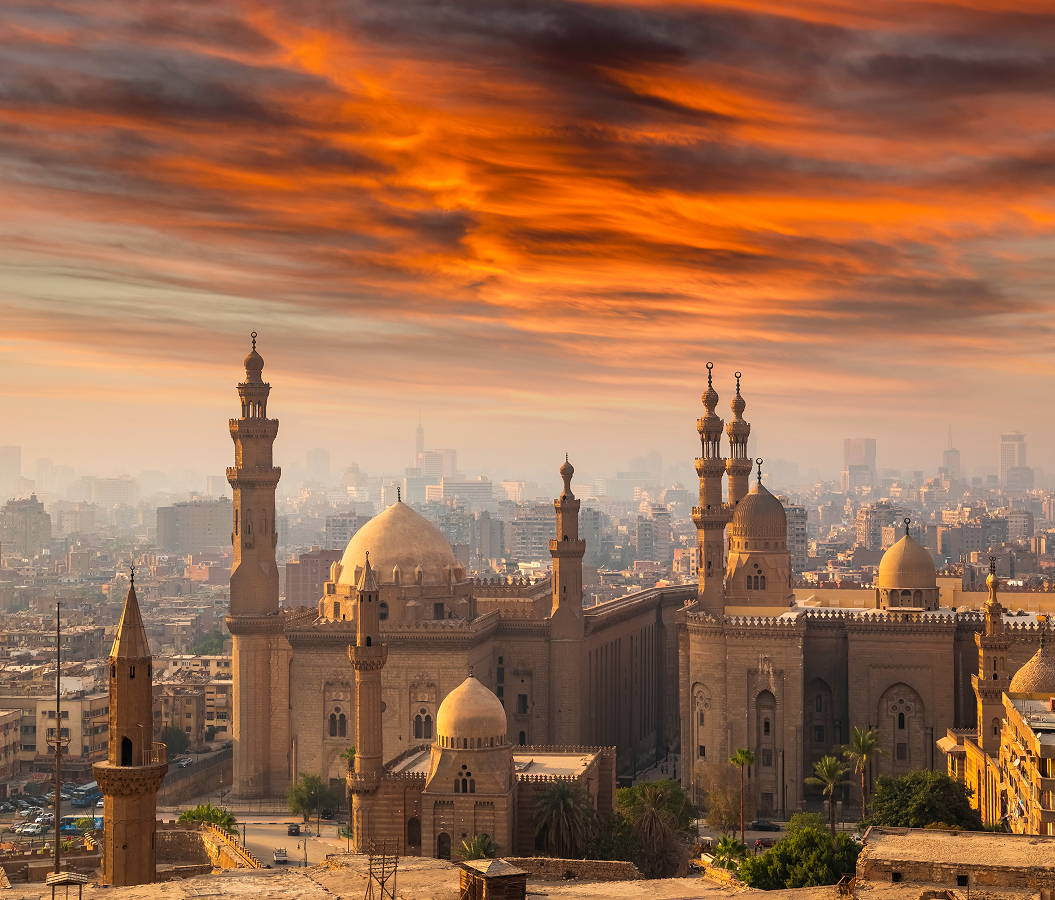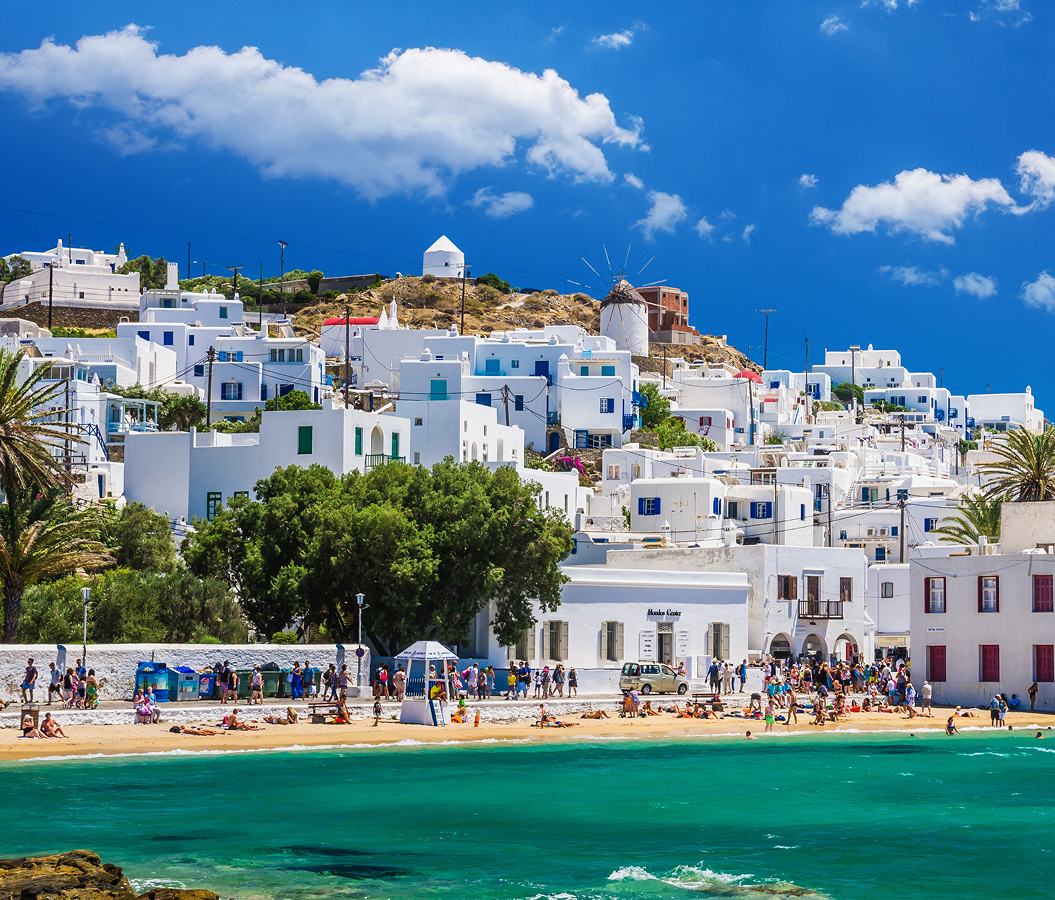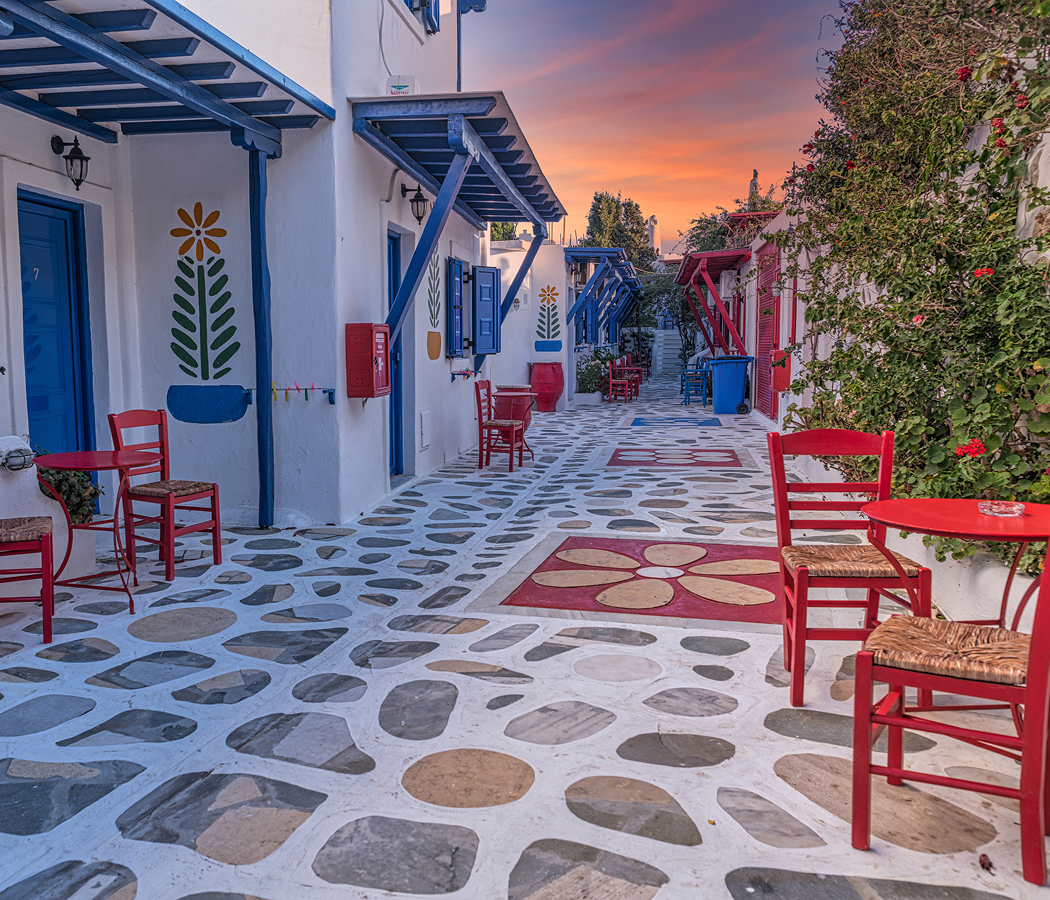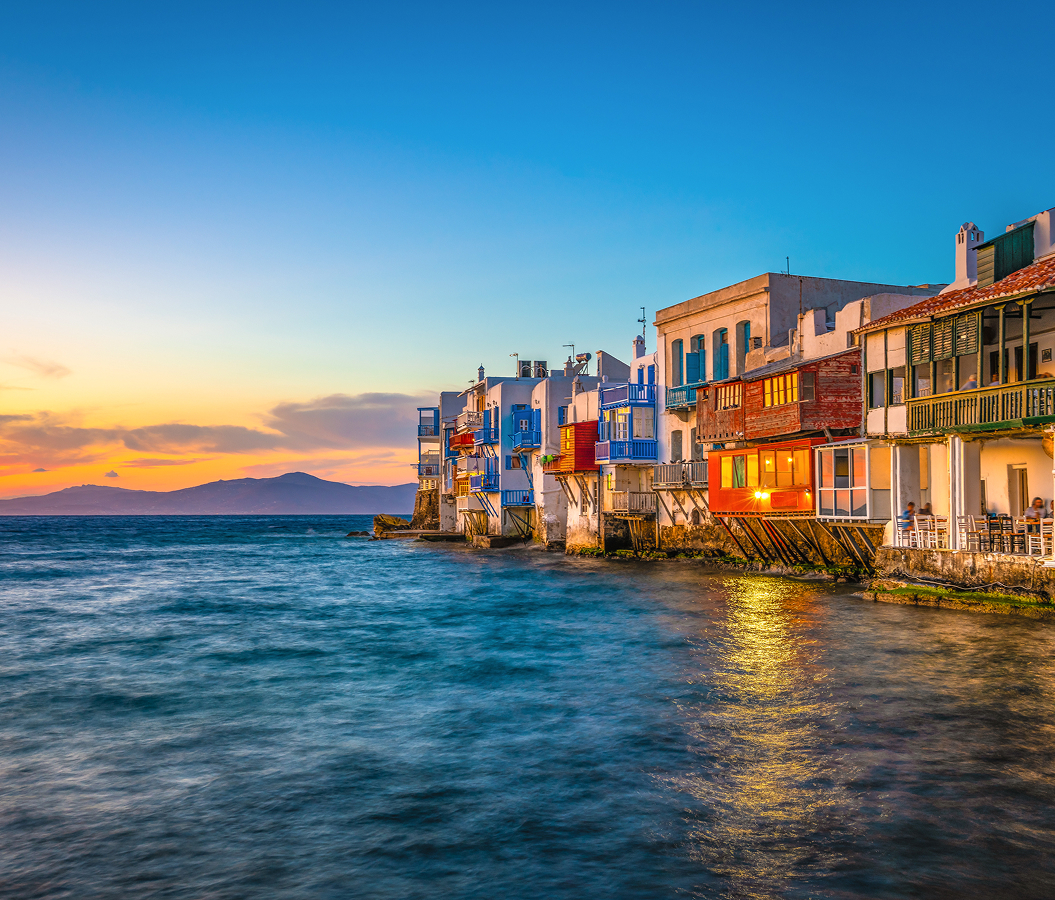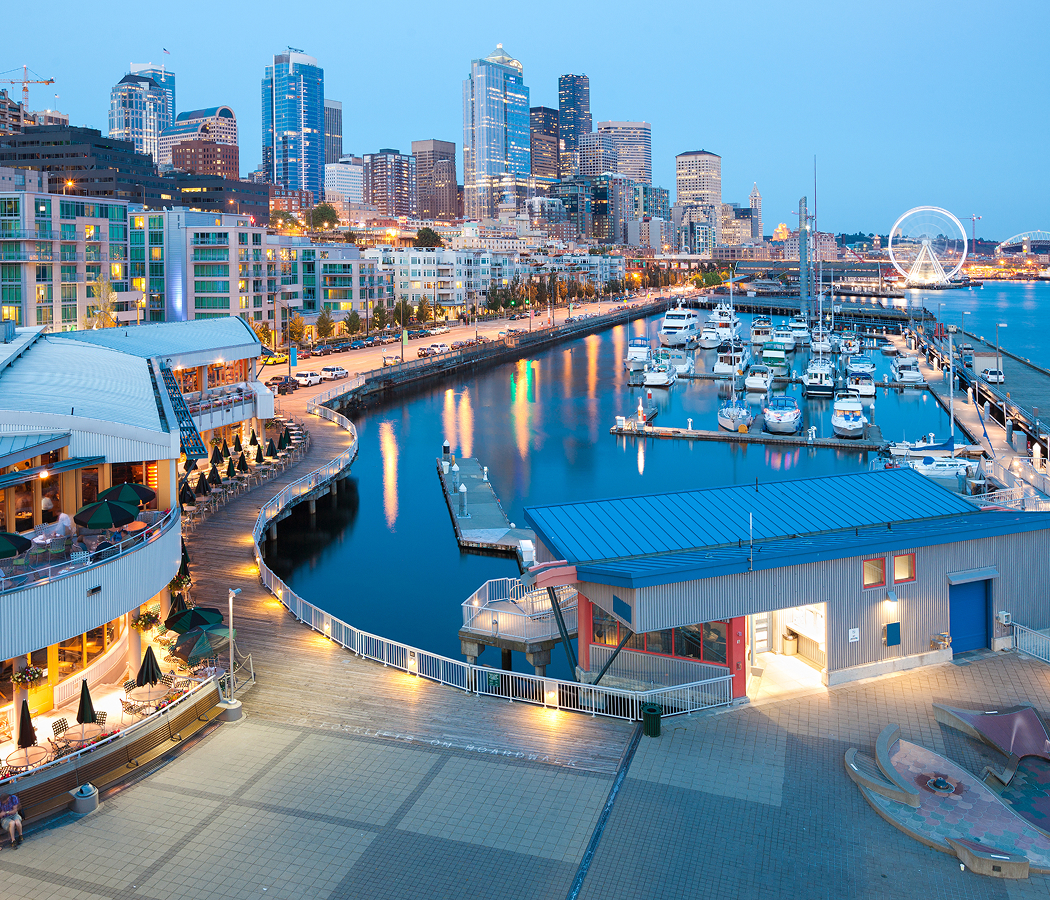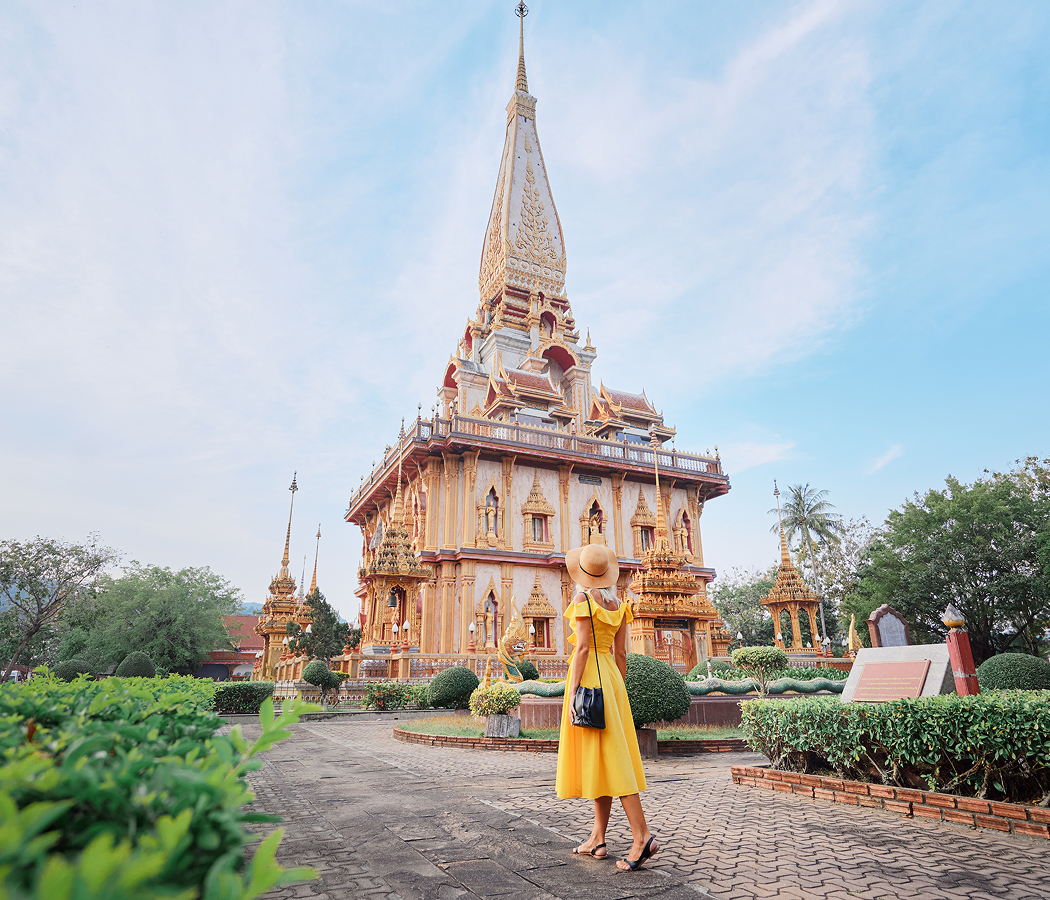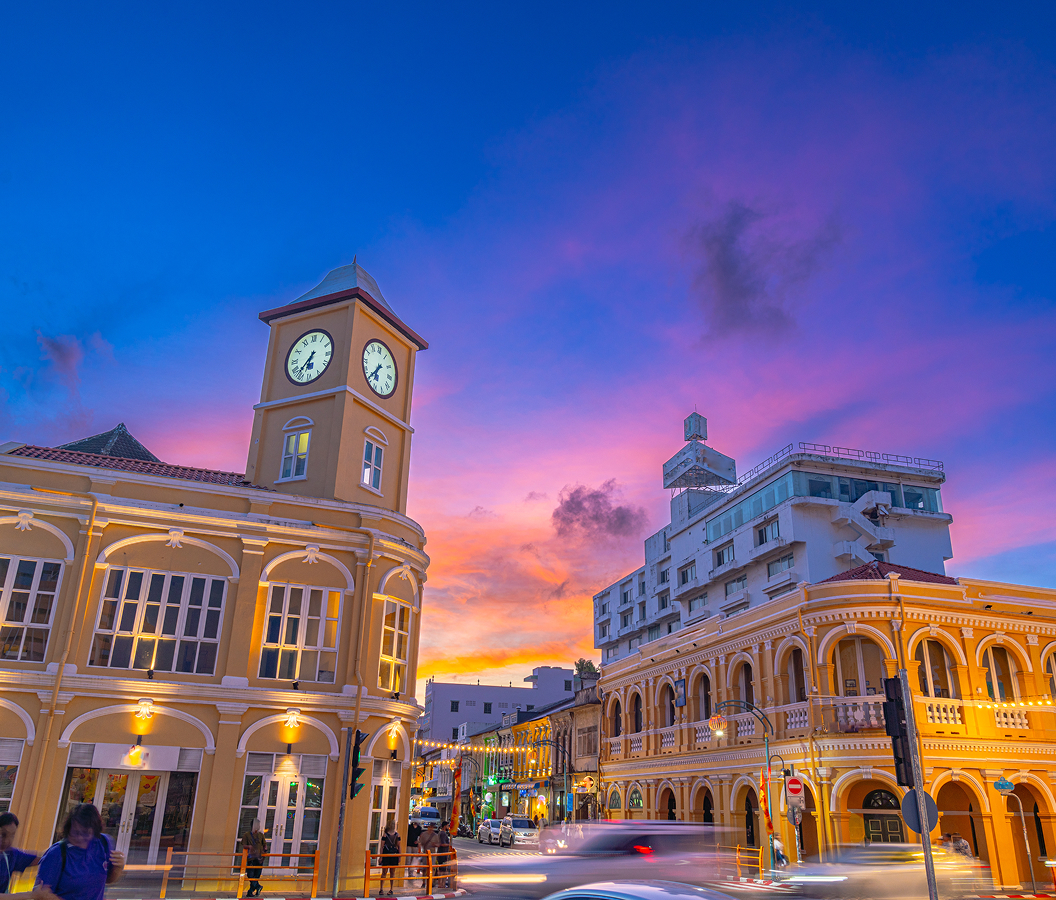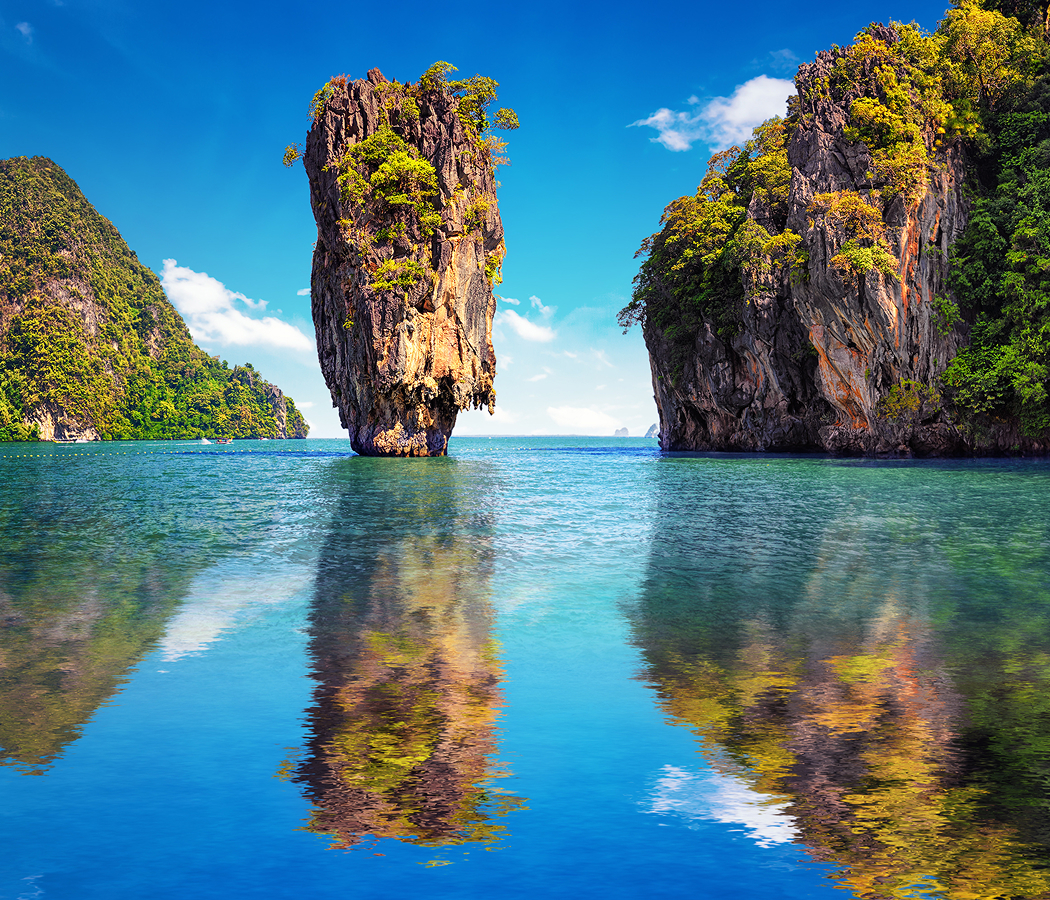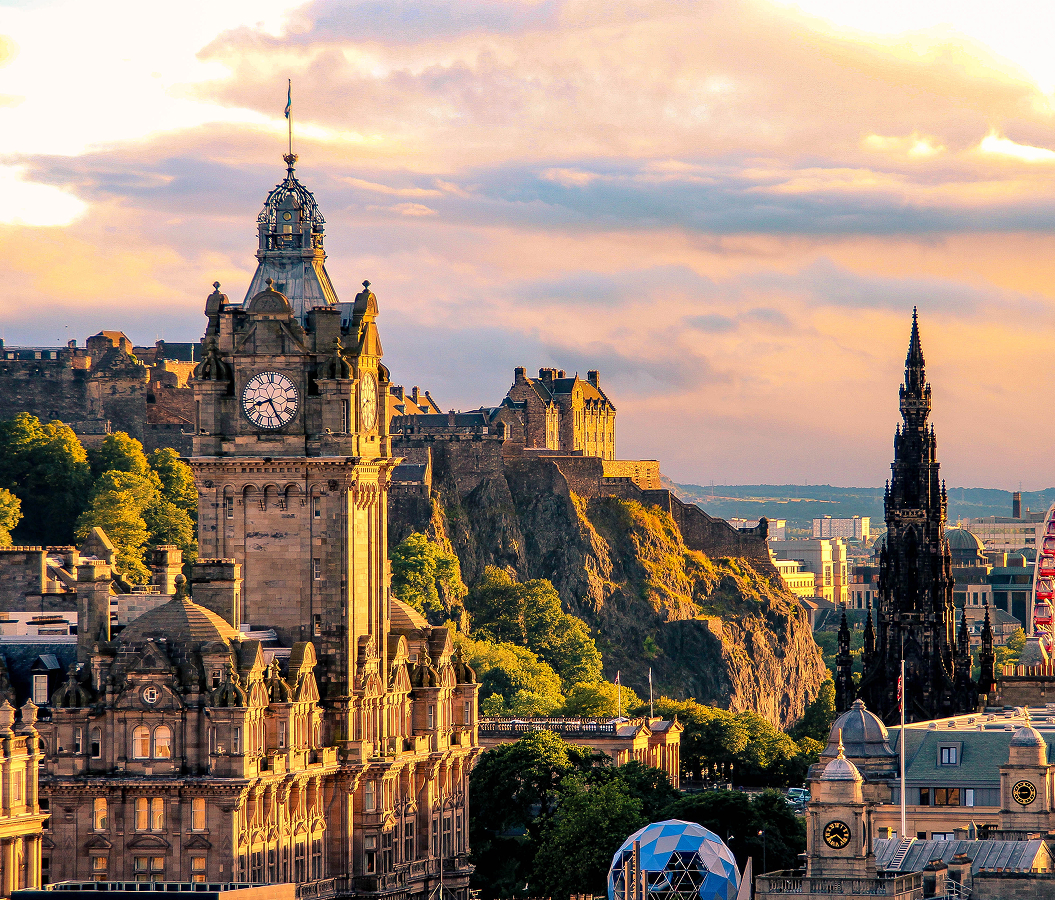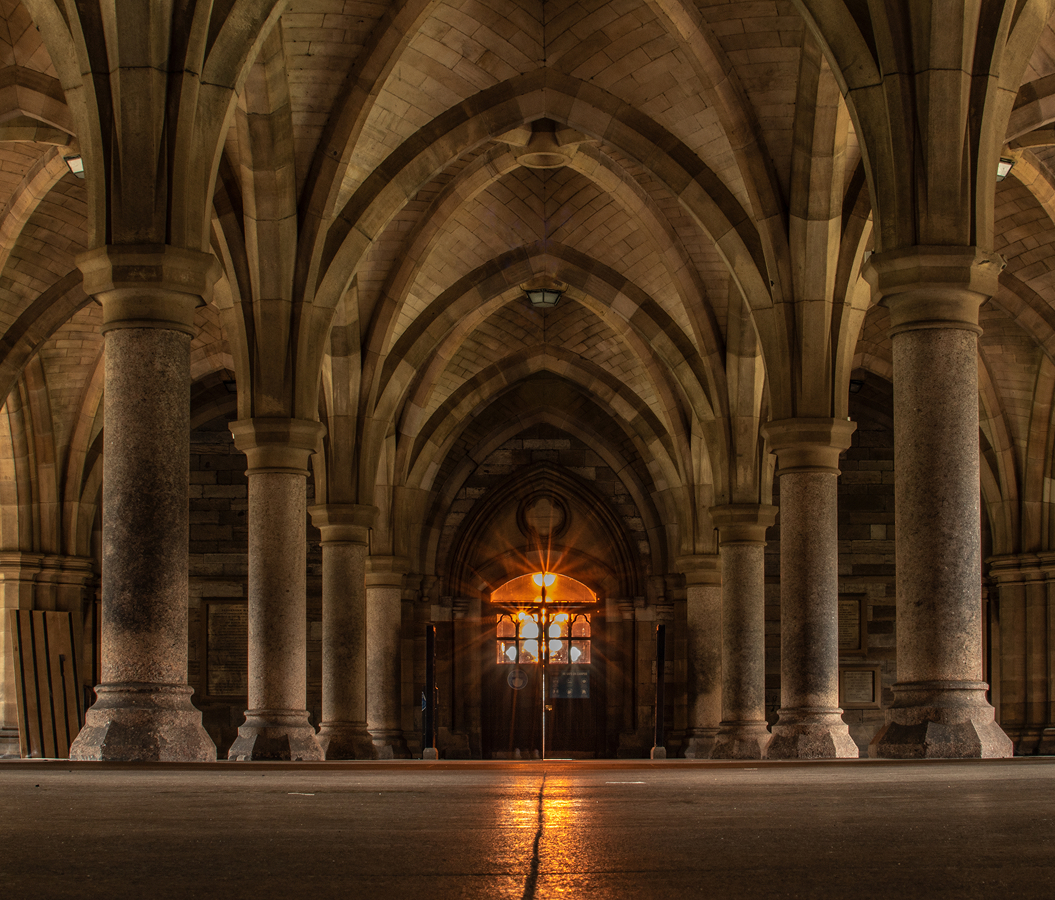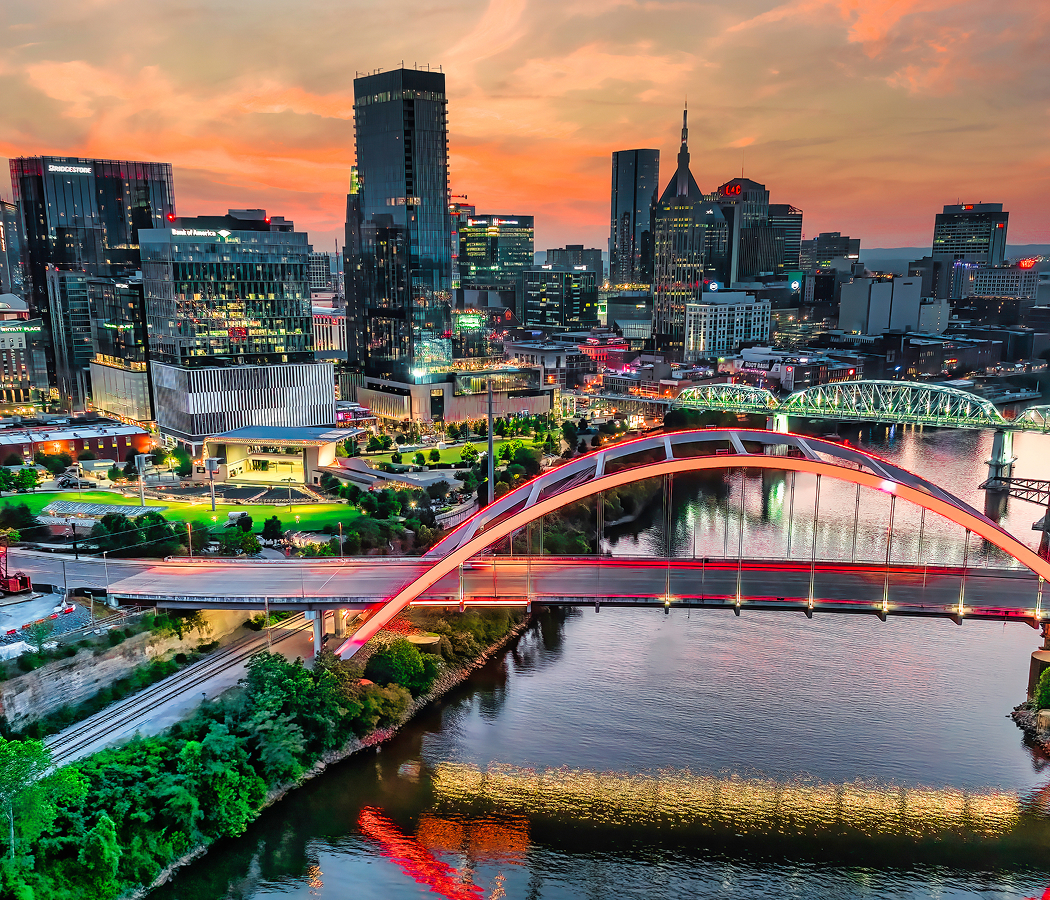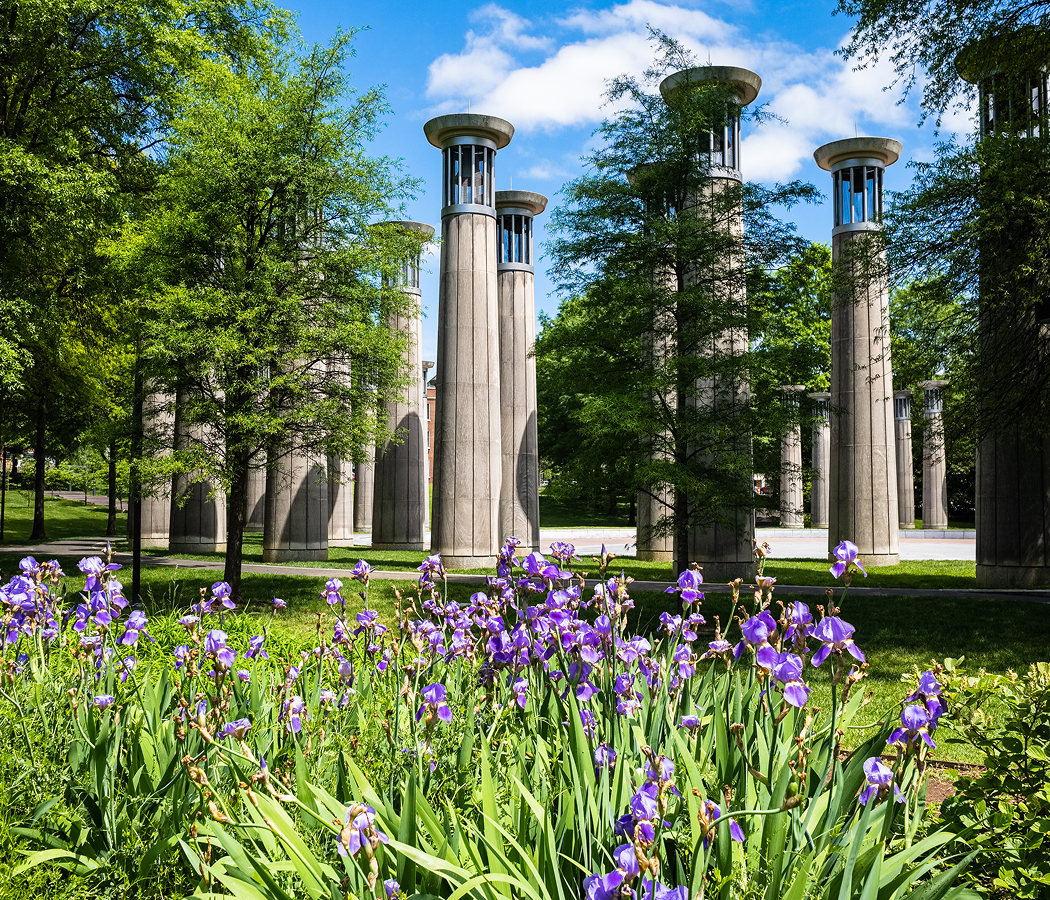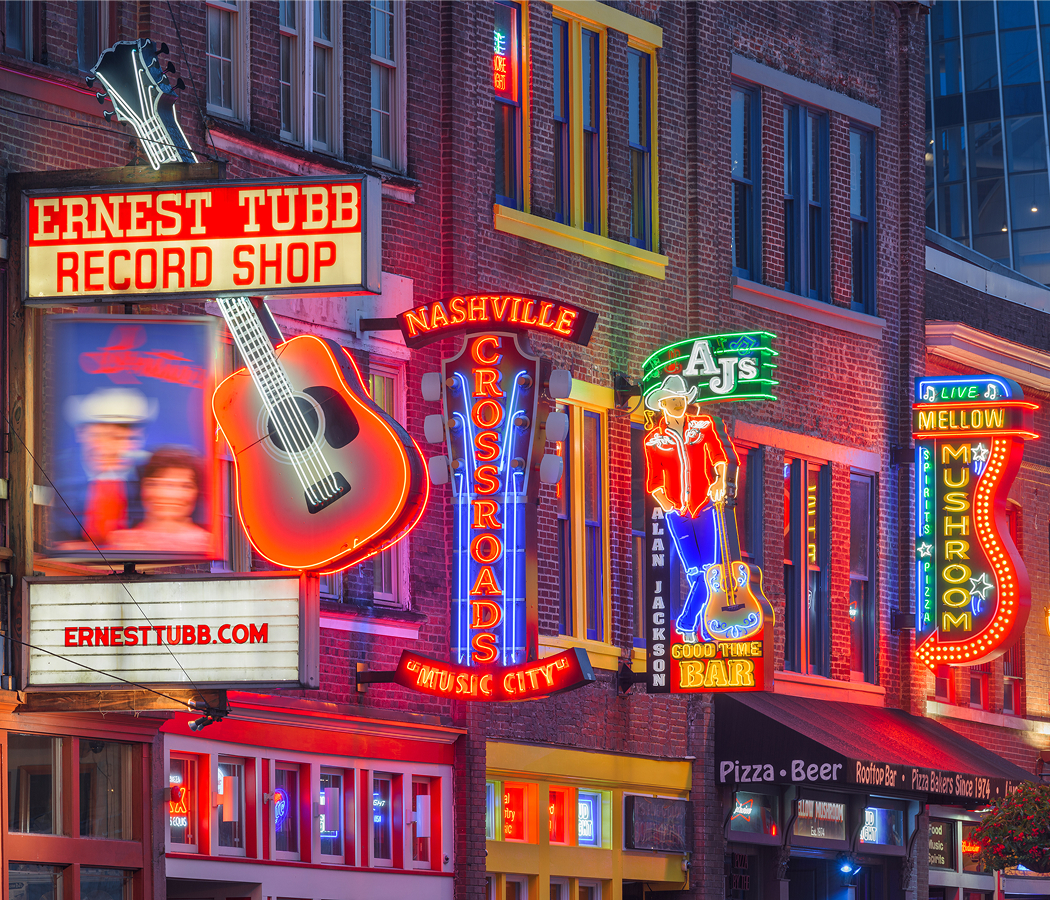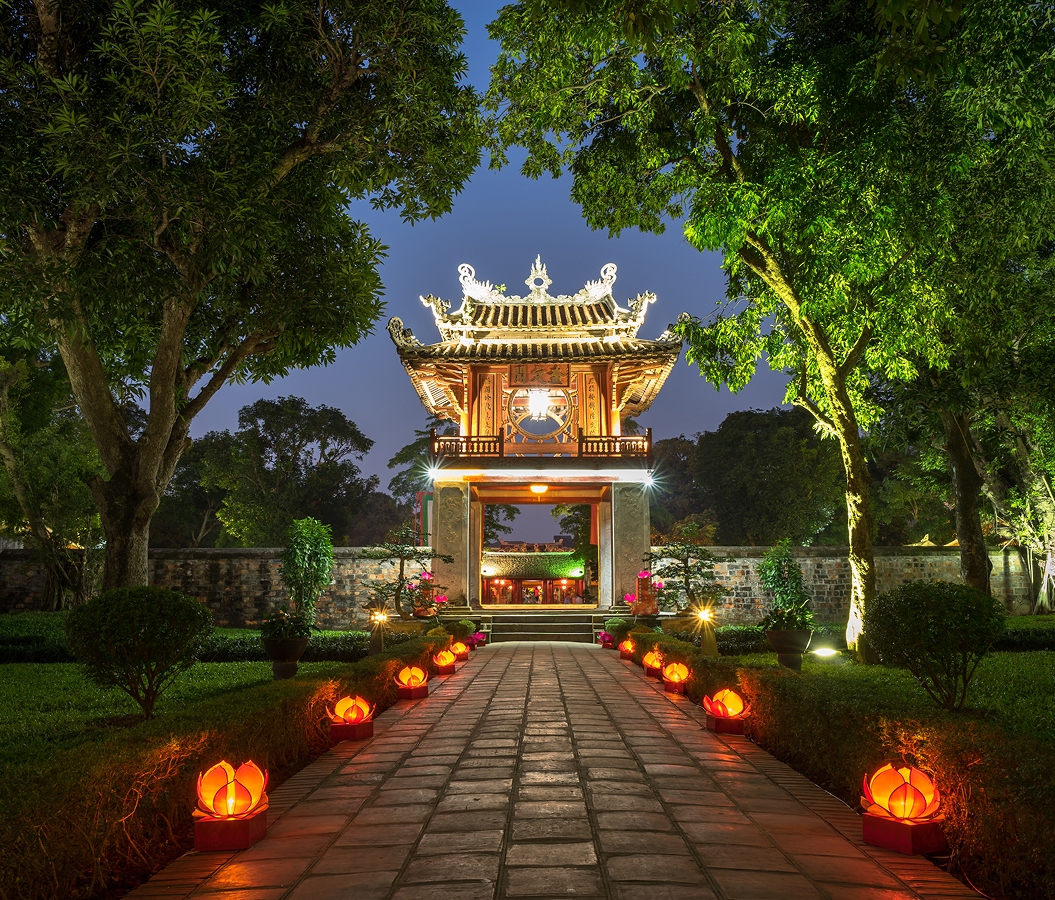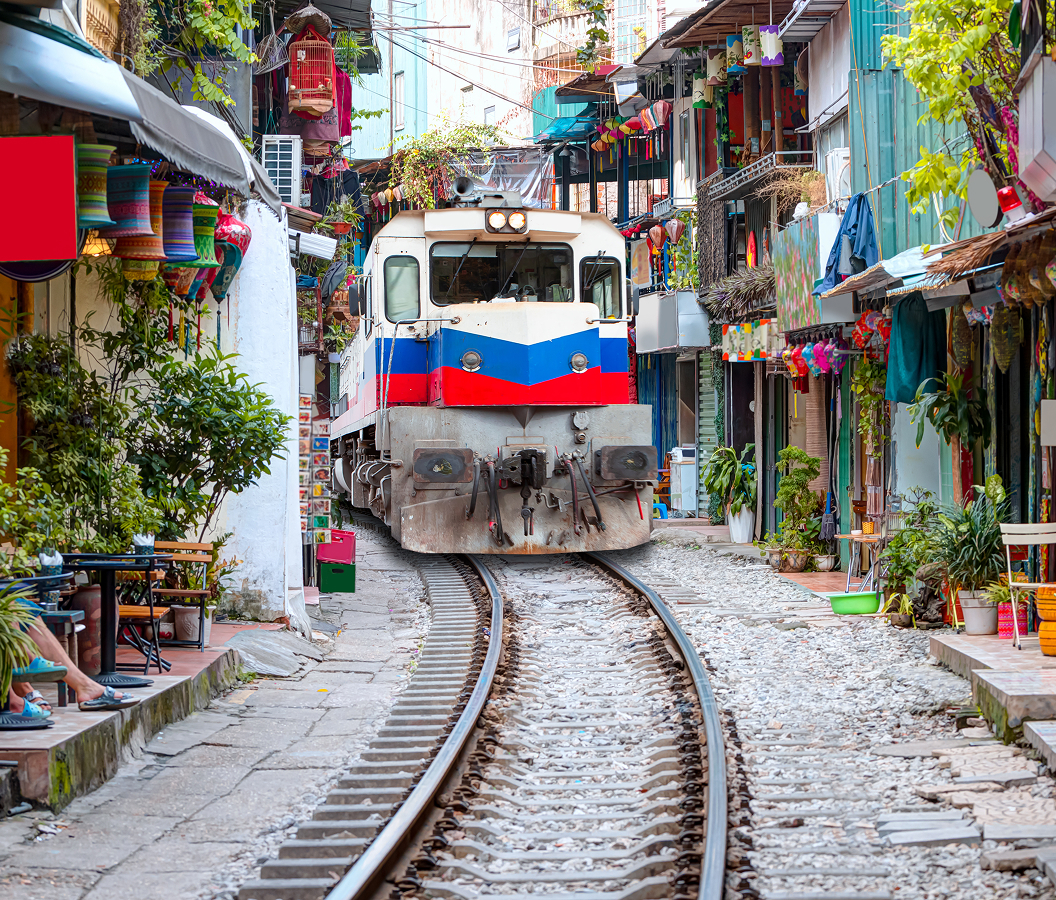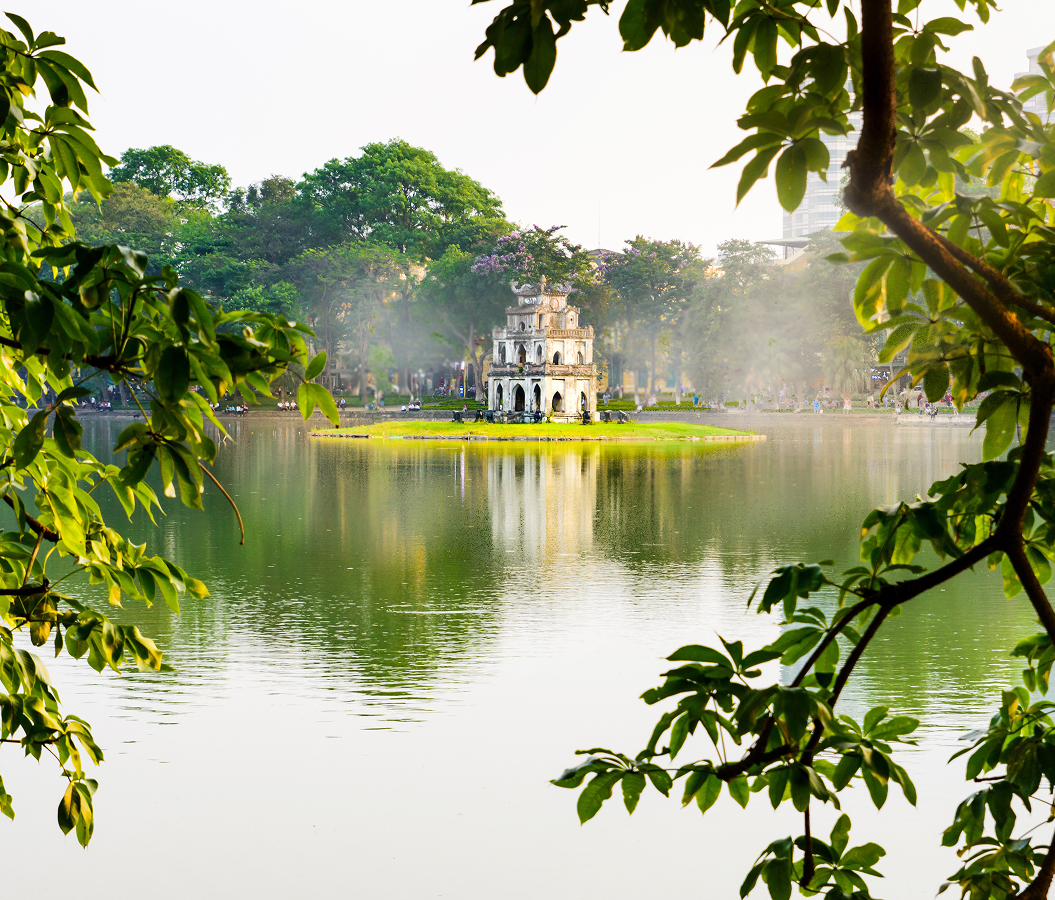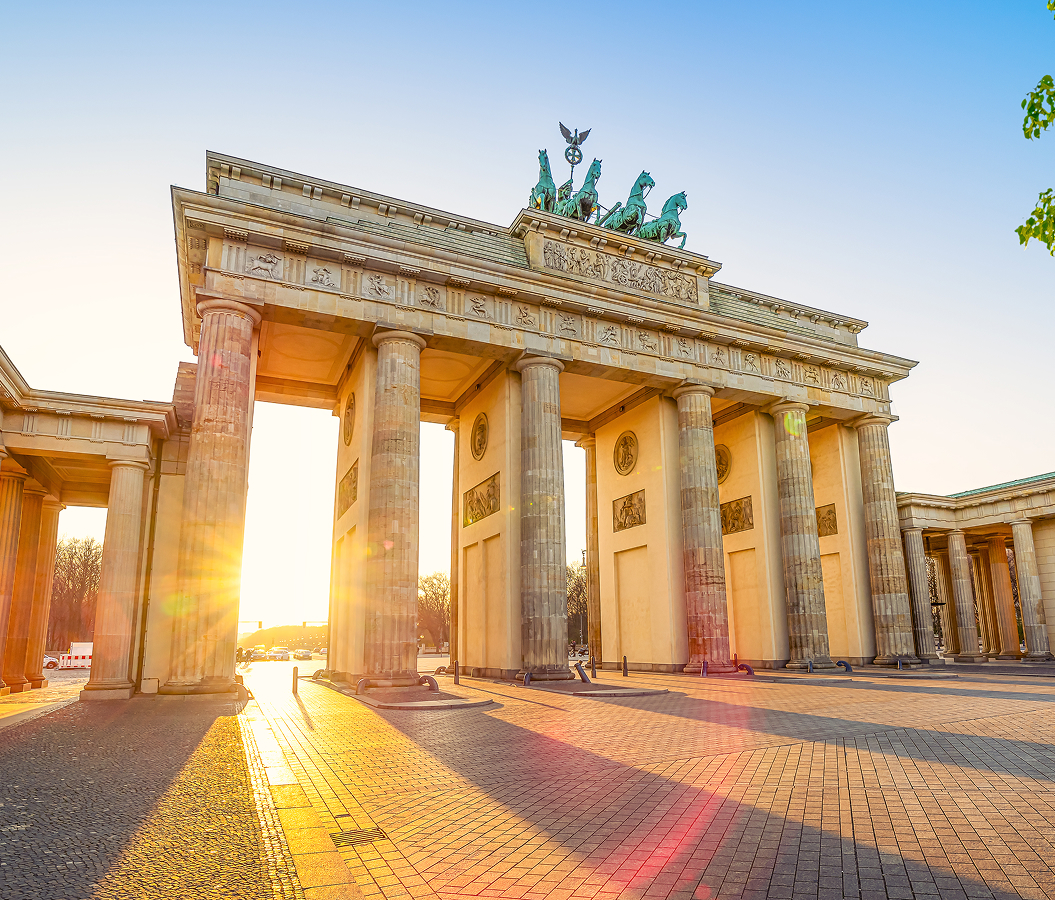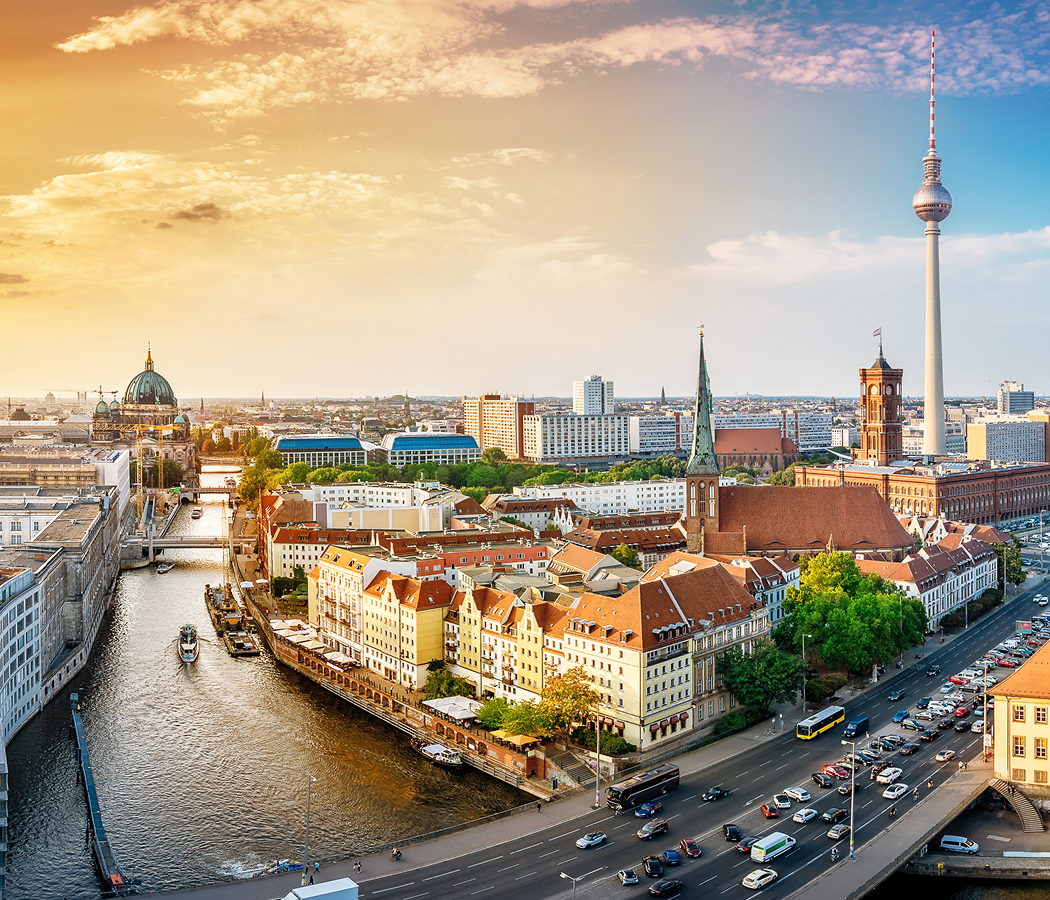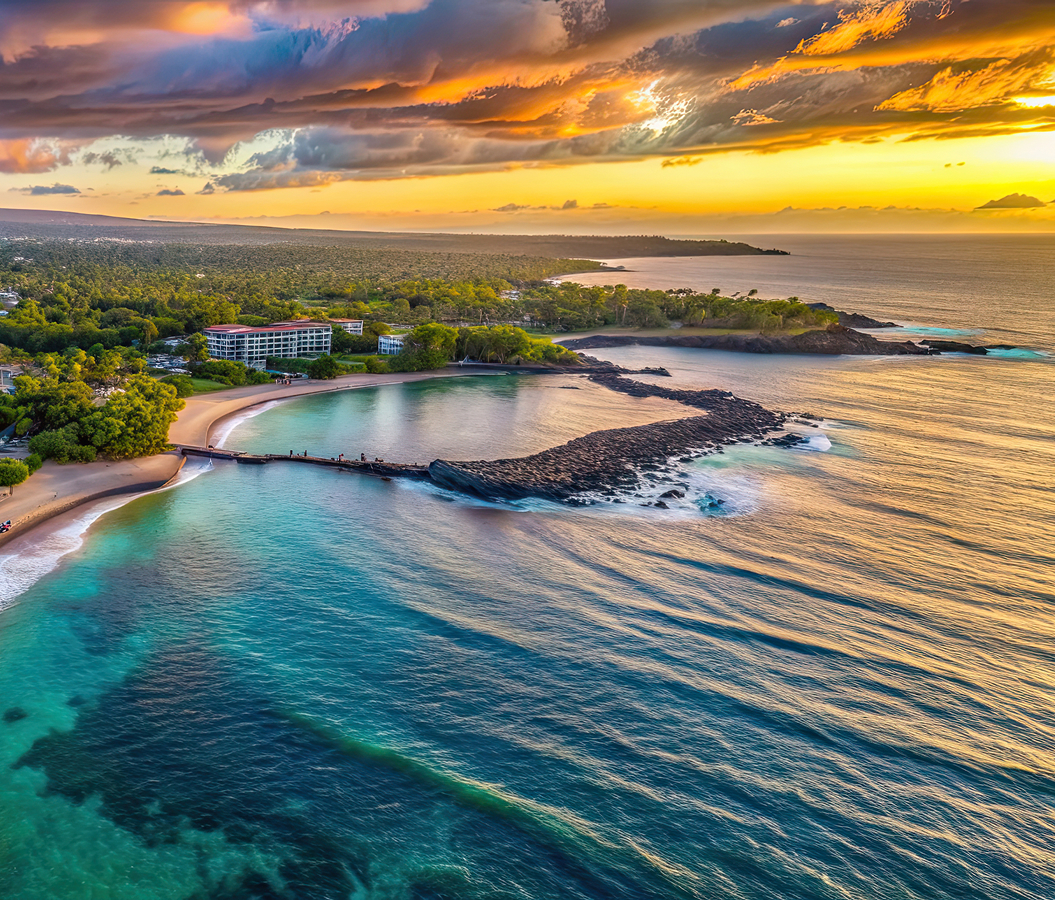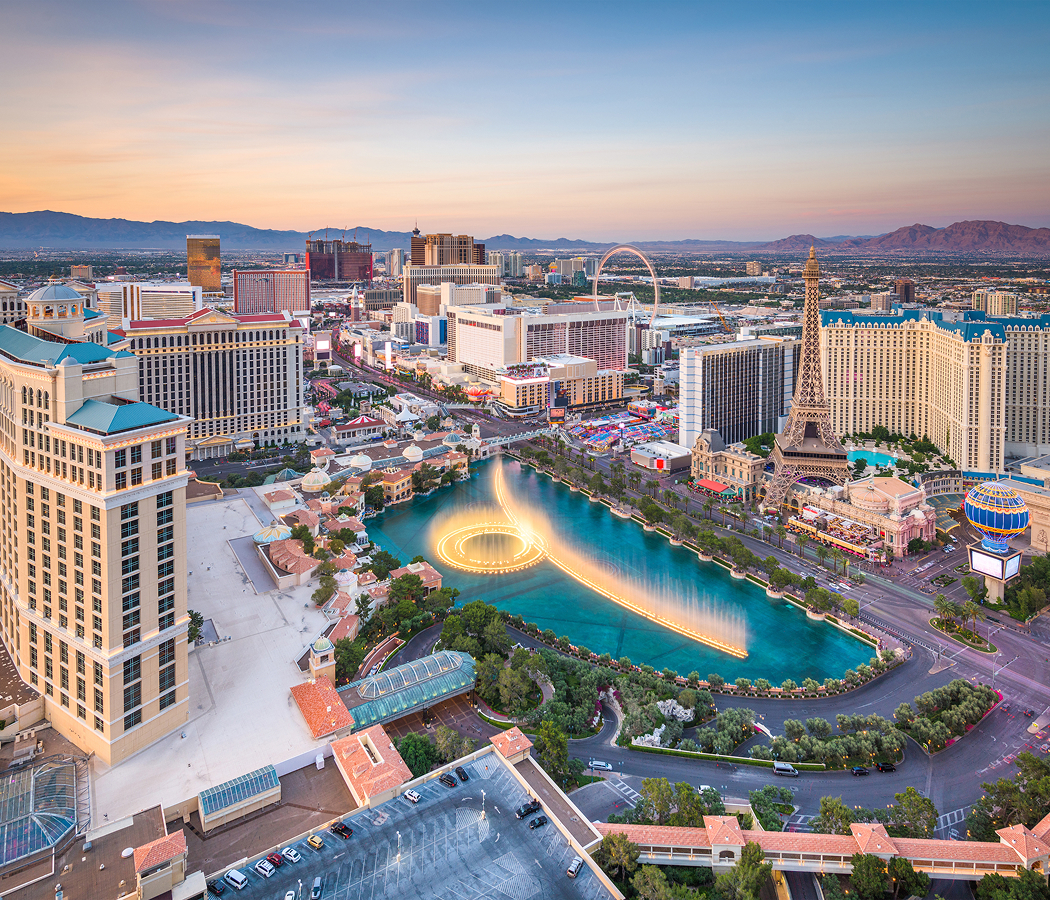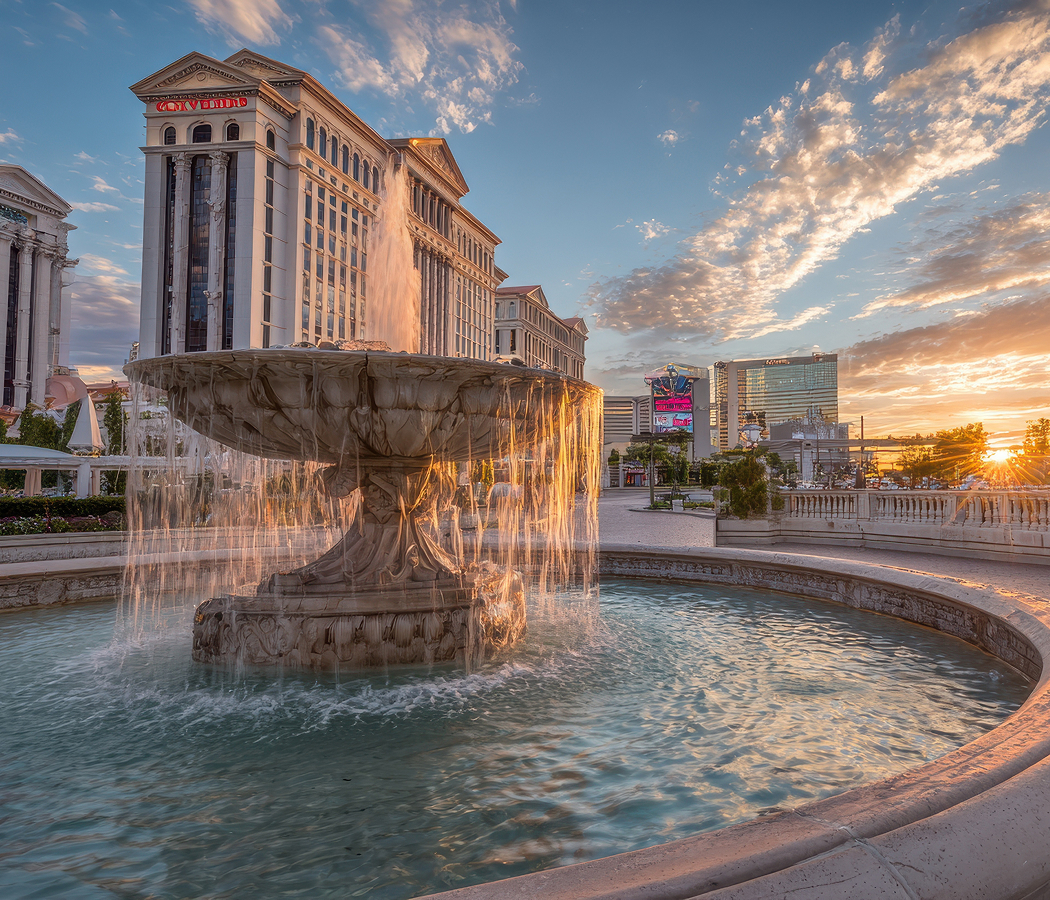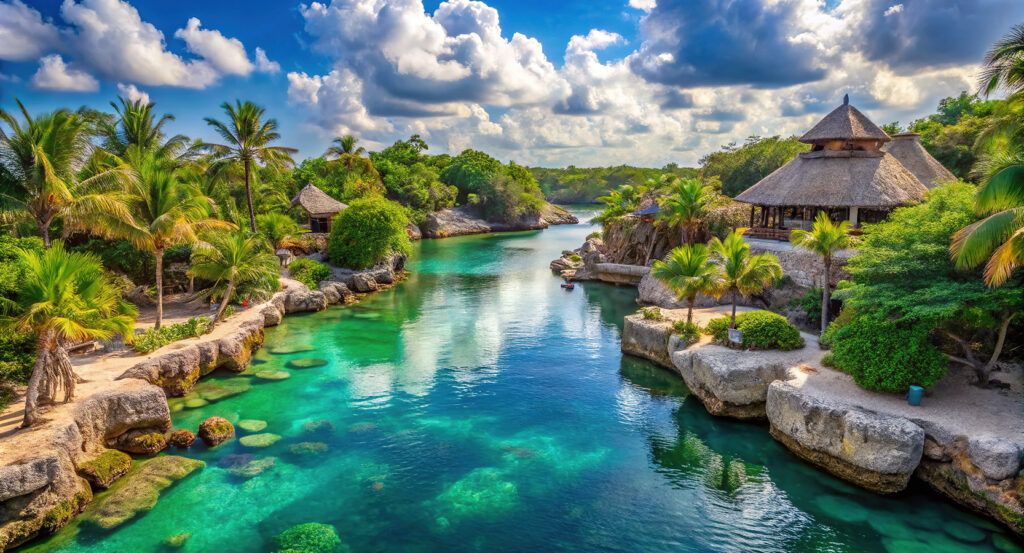
Why you should experience the Underground Rivers at Xcaret Park near Playa del Carmen.
The Underground Rivers at Xcaret are one of the Riviera Maya’s most awe-inspiring natural wonders — an ethereal labyrinth of crystal-clear waterways flowing beneath a canopy of jungle and limestone.
Winding through ancient caverns and tunnels carved by time, these subterranean rivers invite you to float through the Earth’s living heart. Sunlight filters down through narrow crevices, catching the water in shimmering silver and turquoise hues. The air is cool, still, and filled with the gentle echo of dripping stone — a cathedral of nature sculpted over millennia. Each twist of the current reveals new textures: rough stalactites overhead, soft sand underfoot, and the occasional opening to the lush tropical surface. Swimming through these rivers feels less like an activity and more like a meditation — a surrender to rhythm and silence. For the ancient Maya, such underground waterways were cenotes — sacred portals connecting the mortal world to the divine. At Xcaret, you don’t just see them; you live their mysticism.
What you didn’t know about the Underground Rivers at Xcaret Park.
Xcaret’s Underground Rivers are part of a vast network of natural limestone channels that stretch for hundreds of kilometers beneath Mexico’s Yucatán Peninsula.
The park’s three main routes — the Blue River, the Maya River, and the Manatee River — each offer unique environments ranging from open jungle corridors to narrow cave passages illuminated by shafts of natural light. These rivers are fed by freshwater from underground aquifers that flow toward the Caribbean, merging occasionally with saltwater from the coast to create rare halocline effects — visible layers where fresh and saltwater meet. The Maya regarded such sites as entrances to Xibalba, the spiritual underworld, where life, death, and rebirth intertwined. In fact, many of the park’s tunnels were discovered during the construction of Xcaret in the 1980s, revealing ancient artifacts and ceremonial objects along their walls. The preservation efforts here are extensive: advanced filtration systems keep the water pure, while minimal artificial lighting ensures the ecosystem remains undisturbed. Few visitors realize that the gentle current you float with is part of the same hydrological network that feeds nearby cenotes and even the Great Maya Aquifer — one of the largest underground water systems on Earth.
How to fold the Underground Rivers into your trip.
A swim through the Underground Rivers is the heart of the Xcaret experience and should be planned as one of your first activities at the park.
Arrive early in the day to avoid crowds and make the most of the cooler morning air. Changing facilities, lockers, and gear — including life vests and snorkels — are provided at the entrance. Choose your route based on mood: the Blue River offers open sunlight and gentle flow; the Maya River takes you deeper underground through narrow, echoing chambers; and the Manatee River mixes open lagoons with shaded channels near mangrove forests. The average swim lasts about 45 minutes, though you can exit at several points if you wish. Bring a waterproof camera to capture the ethereal glow where sunlight touches the water, but also allow yourself to drift without distraction — it’s a sensory experience unlike any other. After your swim, enjoy the park’s cenote trails or relax by the beach inlet to warm in the sun. If you stay until evening, the Xcaret México Espectacular show offers a perfect finale — tying the day’s ancient energy into song, dance, and firelight. The Underground Rivers of Xcaret aren’t just a natural attraction; they’re the pulse of the peninsula — silent, sacred, and endlessly alive.
Hear it from the Foresyte community.
“It’s like ten vacations shoved into one. Underground rivers, flamingo selfies, cultural shows… I left more tired than after a full work week.”
Where meaningful travel begins.
Start your journey with Foresyte, where the planning is part of the magic.
Discover the experiences that matter most.

